Turkey Part 10: From Cappadocia to the Georgian border
Cycling through remote Eastern Anatolia (25)
Eastern Anatolia - that's the barren mountain landscape and windswept plateau that inspired writers such as Yasan Kemal and Orhan Pamuk, and several films are set in this less-traveled region of Turkey. Eastern Anatolia is often closer to Iran or the Caucasus than to Istanbul, and it's not only miles away from the touristy Mediterranean. And even if we don't know exactly where remote Eastern Anatolia begins or ends, our journey through Eastern Turkey felt as if we had landed in a completely different world than on our previous trip. Everything between Cappadocia and the Georgian border was unknown to us, a white spot on the map and it was the first time on this trip that we were in places without touristic infrastructure for a longer time and additionally the hilly topography and temperatures above 40° degrees made this stretch of our trip very strenuous.
We needed a total of 26 days for this route and it was mentally and physically exhausting and we often desired to be in another, an easier place. But looking back at the pictures of this trip, we have to admit, it was scenically spectacular and we found great campsites and the Turkish hospitality outdid itself in this part of the country. So now, let’s discover this unknown region between Cappadocia and the Georgian border together.
Turkish hospitality and unique campsites
Leaving Cappadocia isn’t easy for us, as it will be hard to find such an extraordinary landscape elsewhere and additionally it’s raining and the sky is cloudy. Nevertheless, we’re looking forward to being on the road again and to travel to this other side of Turkey. As soon as we leave the main roads, we reach remote villages and people react very positively when they see us and we are regularly invited to a çay. One evening we find a unique campsite at an artificial lake near the village of Küllü. Only the ruins of the former village next to the reservoir are visible and from far away we can spot a green area that looks like a perfect place for the night. When we arrive at the lakeside we realize that the village cemetery is right here, lucky thing we don’t believe in ghosts. We pitch our tent between the cemetery and the lake and enjoy a peaceful night. The next morning, we push our bicycles back up to the village and immediately get a çay invitation from the village mayor. Despite our limited Turkish vocabulary, we manage to have a full conversation with him, at least until it turns from the usual small talk topics to Palestine and Hitler (in his opinion a great man). Now, this is the ideal time for a quick goodbye with the excuse that we still have a long way to go to Kayseri.
Our route takes us past our first salt lake, Tuzla Gölü. Unfortunately, it’s difficult to reach and we can't ride our bikes on the lake, so we just take a short walk on the salty crust. The landscape is fantastic with vast green pastures interspersed with flowers and the salt lake in the distance.
The famous Turkish hospitality overwhelms us again in this part of the country as we are often given snacks and drinks by the locals. But finally our time comes to give something back. We often see simple tents along this route, usually near a drinking water source. Initially, we thought it would be Syrian refugees, but then we meet some women at a well and Lisa starts talking to them. It turns out that they are workers from the southern province of Sanliurfa and they work here during the harvest season. They are very curious and would probably like to talk with Lisa a little longer, but the driver calls to work in the field. We quickly think about what we could give them and find a box of cookies from a bakery and hand them over. Finally, we are allowed to give something as well. Shortly afterwards a car stops us and the driver hands us snacks and a coke. The karma thing doesn’t really work out in Turkey, as you’ll always receive more than you give.
The day gets even better, because we see an artificial lake on the map near Maksutlu and when we cycle up there, we’re positively surprised, as this lake offers a great camping opportunity and we have our peace, at least until the next morning when three herds of drooling cows pass by our campsite, as always accompanied by a shepherd on a donkey or a horse.
We continue our journey on small roads along the route of the "Dogu Express". This train connects Ankara with the distant Kars within 24 hours. The train journey gained increasing popularity the last years and many young people try to get a ticket for the train to document their journey on Instagram. If you are interested in this beautiful train ride, on this link you can find a documentary about the trip: Dogu Express.
Magnificent architecture in Sivas
After five days we reach the city of Sivas (population about 374'000), a trading post of the old Silk Road and today a city with a lively atmosphere and opulent architecture. On the main square we feel as if we’re transported to Central Asia with all the Seljuk buildings with Islamic ornaments, turquoise domes and courtyards with cafes. The most impressive building is the exuberantly decorated Gök Medrese from 1271, which has just been recently restored and enchants us with its marble portal, twin blue-tile and red-brick minarets and blue mosaics.
To shorten our onward journey to eastern Turkey, we briefly consider taking the train to Erzurum or even to Kars, but the train station is a huge construction site and apparently there are no trains leaving Sivas currently. This means we have no choice but to continue our journey by bicycle.
About the lack of motivation on certain stretches
After Sivas a few days of rain and thunderstorms await us and it’s difficult for Lisa to find motivation for the onward journey to Bayburt and Dario therefore can’t enjoy this part of the trip as much as usual. We probably just have to admit that not all days on a long-distance cycling trip are great and amazing and we often argue with each other as this route puts our nerves to a test on a daily basis. Suddenly we are faced with general questions about our onward journey and the type of trip that fulfills us. We definitely both want to continue cycling the world, but somehow on this stretch we lack the necessary inspiration, although the landscape is varied and sometimes even very beautiful and the people continue to be very hospitable and generous. But the touristic infrastructure is missing, you can’t just suddenly stop somewhere and eat in a nice restaurant or drink a cappuccino. Drinking a cup of çay is as good as it gets.
It’s unpleasant to realize that we sometimes lack the western comfort and the (too) many possibilities we’re used to from Switzerland. And at the same time, this is the essence of traveling for us, to get to places that challenge us and take us out from our personal comfort zone. Many emotions come together in those moments, because you want to enjoy this trip every day with all of your senses and yet this is sometimes not possible and it can leave you frustrated and annoyed with yourself.
In those difficult days we appreciate the little things along the way even more and when we arrive at a çay place very tiredly, we start a conversation with the nice owners Feride and Selatin. They have a small organic store with products from their huge garden. They proudly show us everything and we are even allowed to pitch our tent in their yard and are spoiled with a delicious dinner and an even better organic breakfast. This encounter gave Lisa the necessary motivation for the last stretch to Bayburt and her smile also returned.
Excursion to the Black Sea
The provincial town of Bayburt (population about 82'000) is located on the river Çoruh and below an impressive castle, which we didn’t visit as Dario surprises Lisa for her birthday with a trip to the Black Sea Coast. It’s time for a change from cycling and a different landscape and so we spend four days on the coast and leave our bicycles in the hotel in Bayburt in the meantime.
Lisa always wanted to visit the Sumela Monastery and according to the map we are quite close and so we decide to go there for her birthday. We cross a mountain pass from Bayburt and suddenly arrive in another world: It’s a lush and almost tropical scenery and there are forests everywhere. What a nice change, we’re very happy to be here. A steep and winding road leads deeper and deeper into the forest until we arrive at the parking lot below the monastery. The former Greek Orthodox Sumela Monastery was built in the 4th century AD at an altitude of over 1000 meters on a sheer cliff high above the evergreen forests. Unfortunately, the spectacular monastery is closed due to ongoing restoration and we can only look at it from the outside and take a few photos.
We are a little disappointed and hope to have at least a great dinner in the city to celebrate. After many days in the pampas we are looking forward to some urban comforts. We take a cab to Trabzon (population about 810’000), once an important trading post on the Silk Road and now a bustling port city. We freshen up in the hotel room and then explore the city's lively shopping streets. Unfortunately, despite its location by the sea, the city has no promenade or restaurants by the sea and no city beach. Thus, we spend Lisa's birthday at the sea, but it still feels far away. And even in a big city like Trabzon we can’t enjoy a drink with our dinner as many restaurants don’t seem to have an alcohol license. We buy a beer at a supermarket and finally have our toast from our hotel’s balcony late in the evening to celebrate Lisa’s birthday, that turned out quite different than planned.
As Trabzon is much too hectic for us, we travel on by bus the next day. We briefly considered cycling along the Black Sea to Georgia and are very happy we decided for another route. The four-lane highway wouldn’t have been joyful with fully loaded bicycles. There are no beaches and there’s urban development everywhere and we probably wouldn't have found a campsite easily. But from our comfortable bus seat we can enjoy the view of the many tea fields around Rize fading into a mountainous hinterland full of fog and lush and subtropical forests. This completely different scenery captivates us. We drive along a river into the mountains and see several Ottoman stone bridges along the way. We stay three nights in a bungalow in the middle of a tea plantation in the area of Çamlıhemşin.
On one day we take an excursion with other tourists to the mountain pastures with the beautiful Turkish name Yaylas. Most visitors on the Black Sea Coast come from the Emirates and Saudi-Arabia and in the tourist village of Ayder you can find most signs in Arabic, but the wooden chalets, the green meadows and the roaming cows remind us of the Swiss Alps.
Ayder is a highly popular tourist stop with several restaurants and cafés and many visitors stroll around in their nicest clothes and pose for selfies. As we drive further up, more fog raises from the mountains and unfortunately, we don't get to see a spectacular sunset at Yayla Huser, but only just the road ahead. At the sunset point we slowly start to recognize other people behind the dense fog. Everyone sits around and enjoys their tea and the cool mountain climate. A varied day comes to an end as we drive back to our bungalow singing loudly with the Turkish crowd in the minibus.
It’s a completely different Turkey for us up here, not only because of the lush scenery. The minority of the Hemsin and Lasen live in this region. In addition to Turkish, they speak their own language, which belongs to the South Caucasian language family, and they stand out with their bright eyes and the women wear special headscarves with silver coins on them. It’s very interesting for us to get to know this culture. In the evening we listen to the traditional musical instrument, the Tulum, a kind of bagpipe, while we try the famous local dish Muhlama, which consists of corn, cheese and butter.
In general, there are many unique dishes on the Black Sea coast that you can't get in Turkey otherwise. We particularly like Kaygana, a kind of light pancake with spring onions, or Dolma Lahana, stuffed cabbage rolls with rice. We also buy local honey here, very appropriate as the movie Bal (Honey) was filmed in this area (click here for the movie trailer). It feels like we are immersed in a completely different world after crossing the mountain pass from Bayburt and it’s a really nice time out for us that gives us the necessary energy for the last leg of our journey to Georgia.
Ride along the Çoruh River to Yusufeli
Back in Bayburt, we continue cycling along the Çoruh River to Artvin. For the first time this year we are confronted with really hot temperatures around 40° degrees Celsius and a barren landscape without much shade. We often reach our physical limit as apart from the heat there are many climbs each day. Shortly after the provincial town of Ispir it gets unbearably hot and we cool down briefly in the river and get to know two nice young Turks who give us snacks and invite us to their village. But the detour to their mountain village would have involved many more meters of altitude and so we sadly have to turn down their nice invitation.
Soon afterwards we meet a man in a business suit who warns us that there is no supermarket and no water for the next 50 km and even offers to take us back in his car to Ispir so that we could visit the supermarket there. We don’t have enough water for the next 50 km, but we decide to continue as there’s always a solution somewhere. Luckily, shortly afterwards we find a well on the roadside and happily refill our bottles.
We find a shady campsite near the river, refresh ourselves in the water and prepare for a quiet night. But in the middle of the night we are woken up by a loud alarm that wouldn’t stop. Along the River Çoruh there are several reservoirs and an alarm system has been set up on the road that goes on when the water level changes. We are very concerned and are already on the verge of packing everything up at three in the morning and running in case the dam would break and we would be washed away soon. But even still being half asleep this seems rather irrational to us and so we hope once again that everything would be all right. After another 15 minutes the sirens finally stop and we try to get some more sleep, which is rather difficult. In the morning we see that the water in the river is indeed higher, but not alarmingly. I guess we were very lucky. How would you have reacted in this situation?
The landscape gets increasingly wild, barren and beautiful, and the villages resemble small green oases. Shortly before Yusufeli, the enormous construction site begins for the third-highest dam in the world, which is to open in 2021 and will supply five percent of Turkey's energy needs. The Yusufeli dam is only one of many massive infrastructure projects of the government and already many places had to give way to controversial dam projects for example Hasankeyf in Turkey’s far southeast. This fate now also threatens this area. Several new bridges and another road are being built high above this beautiful valley. It feels like we’re cycling through the past, as all of this will already be flooded in a year.
We meet three Turks who are making a documentary film about the area out of their own pocket and they tell us that the inhabitants of Yusufeli have resigned themselves to the move, because there is no other solution and on the hillside the construction of Yeni-Yusufeli has already started, the new village where the 7000 inhabitants would have to relocate. We are all the more surprised how lively and actually charming Yusufeli still appears. Somehow, it’s unimaginable that this likeable valley town will soon vanish underwater.
Our last impressions of Turkey: Countless tunnels and a PCR-test
Along Erdoğan posters we leave Yusufeli and get ready for another exhausting stretch through the many tunnels on our way to Artvin in the northeast of Turkey. There are more than 40 tunnels we have to pass during 75 km and we stopped counting them at some point. The first tunnels are partly uphill and very dusty and we cycle through the middle of the construction site for the new Yusufeli dam, also from this side a gigantic project. It is hot and stuffy and we would have preferred to hitchhike, but fortunately some more pleasant and modern tunnels follow and the traffic also eases a bit.
Between the cool tunnels the sun burns relentlessly on the barren stone desert, which is interrupted again and again by artificial lakes. Since the water level is low in summer, we are even lucky enough to see an otherwise flooded mosque. This is probably what Yusufeli will look like one day, with only fragments of buildings rising out of the water. Just before Artvin the landscape changes again and we see the first green hills and the climate becomes subtropical and humid again. We wake up the next morning with dark circles under our eyes and sore muscles, because the last days were really exhausting and therefore we decide to have a rest day.
Then we continue for the last kilometers through Turkey and soon we see Ottoman bridges and the beautiful forests that we know from the Black Sea Coast and suddenly we are on a rapid descent in a more than 5 km long tunnel towards Hopa. We immediately try our luck at the hospital for the mandatory PCR test to enter Georgia, but the test is only possible the next day and thus it becomes clear that we have to spend two nights in Hopa. We had heard from other cyclers about a great Warmshowers-host in another town west of Hopa, but it’s already late and we are too tired to make any more kilometers. We look for a place to stay in town and try our luck again the next day. But as always in Turkey, all administrative things are rather complicated and doing the PCR-test is no exception to this. We first have to make a deposit at a bank in the city center and only then we get an appointment at the hospital. Unfortunately, this is not possible with our European bank cards and so we try again directly at the hospital. First, we are turned away, but then they take pity on us and accompany us to an ATM and do the payment for us. After a surprisingly painful PCR-test we have to wait until the evening to pick up our results.
We stroll along the promenade and sit down by the sea. After eight months in Turkey, tomorrow it’s time for us to move on to the Caucasus and to Georgia, our eleventh country on the trip. We never thought we would stay in Turkey for that long. We are extremely grateful that we had the opportunity to apply for a short-term residence permit and to get to know the country so intensively. Many little things and peculiarities come back to our minds, such as that after every restaurant visit, plenty of Eau de Cologne was given to the hands, or that in all situations "Afiyet Olsun" (Enjoy your meal) was being said, even if you only drank water. Of course, we also remember the incredible hospitality and the varied landscapes and our absolute highlights like Ephesus, Lake Bafa, the Lycian Coast and Cappadocia. We would have never thought that Turkey is so diverse and we’ll definitely come back. But for now, we’re very excited to get to know a different culture and cuisine and we’re looking forward to this next chapter of our journey. We pick up our negative test results, load our bikes and head off to Georgia.

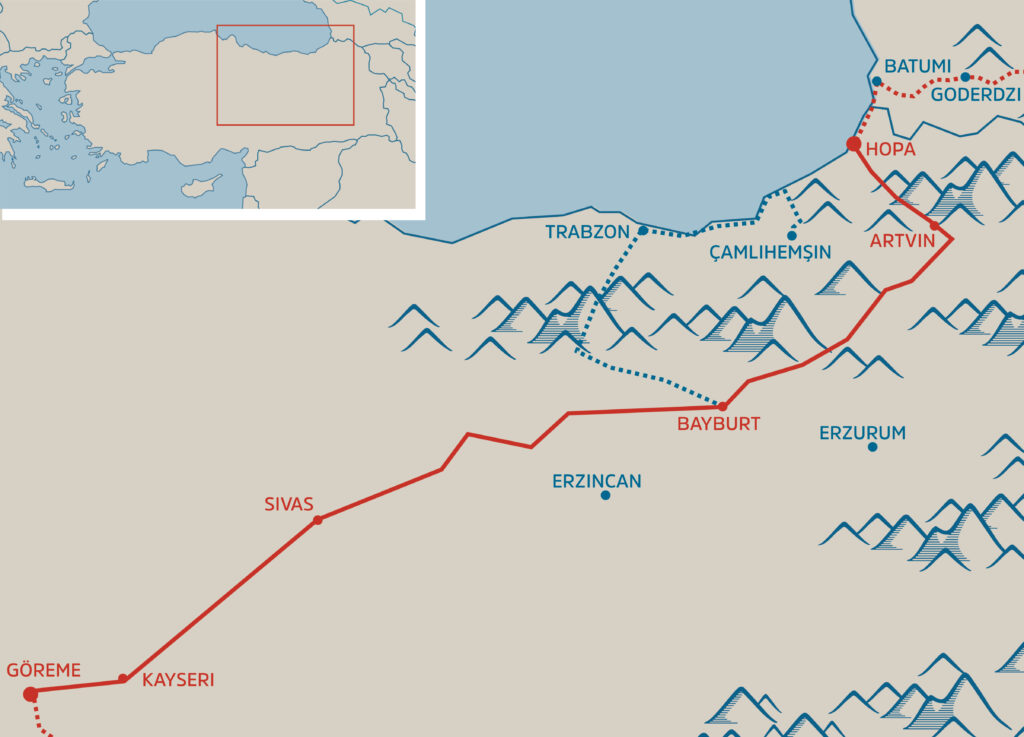
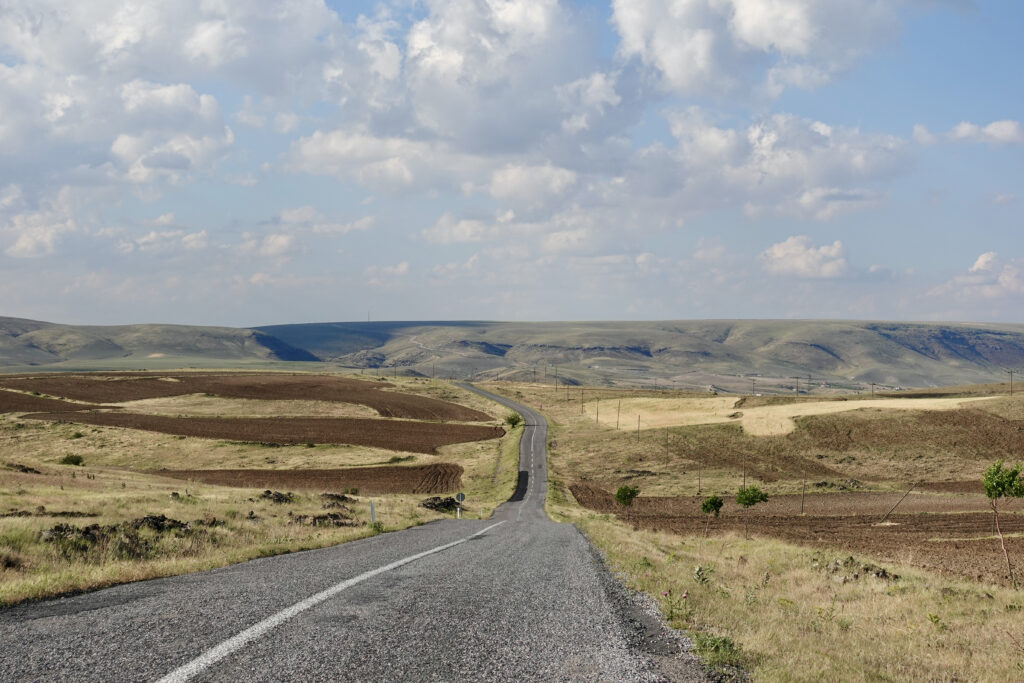
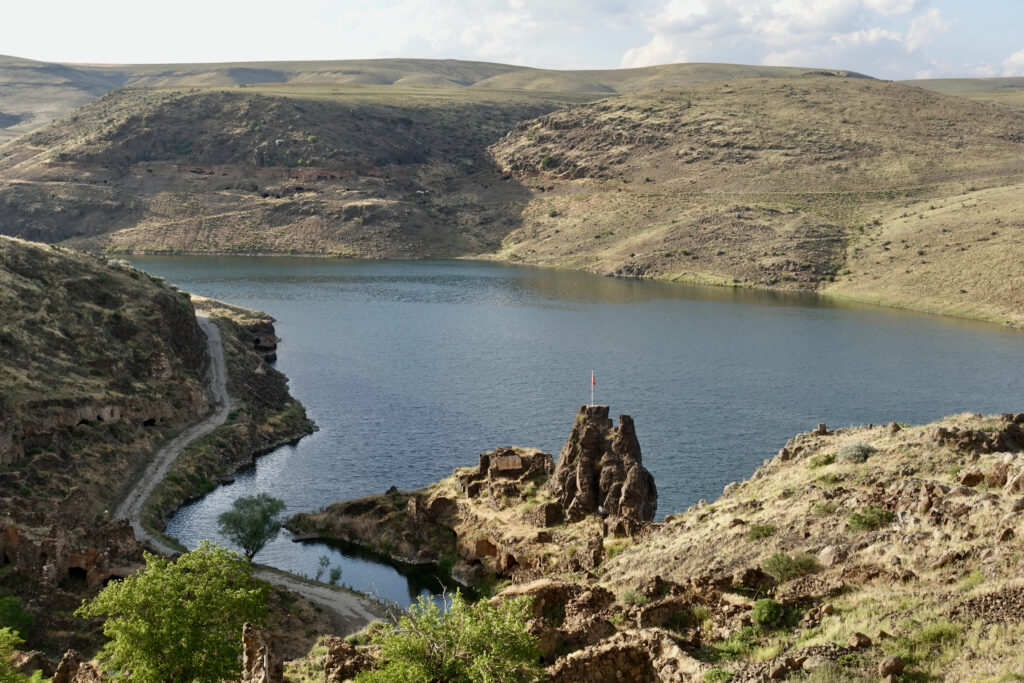
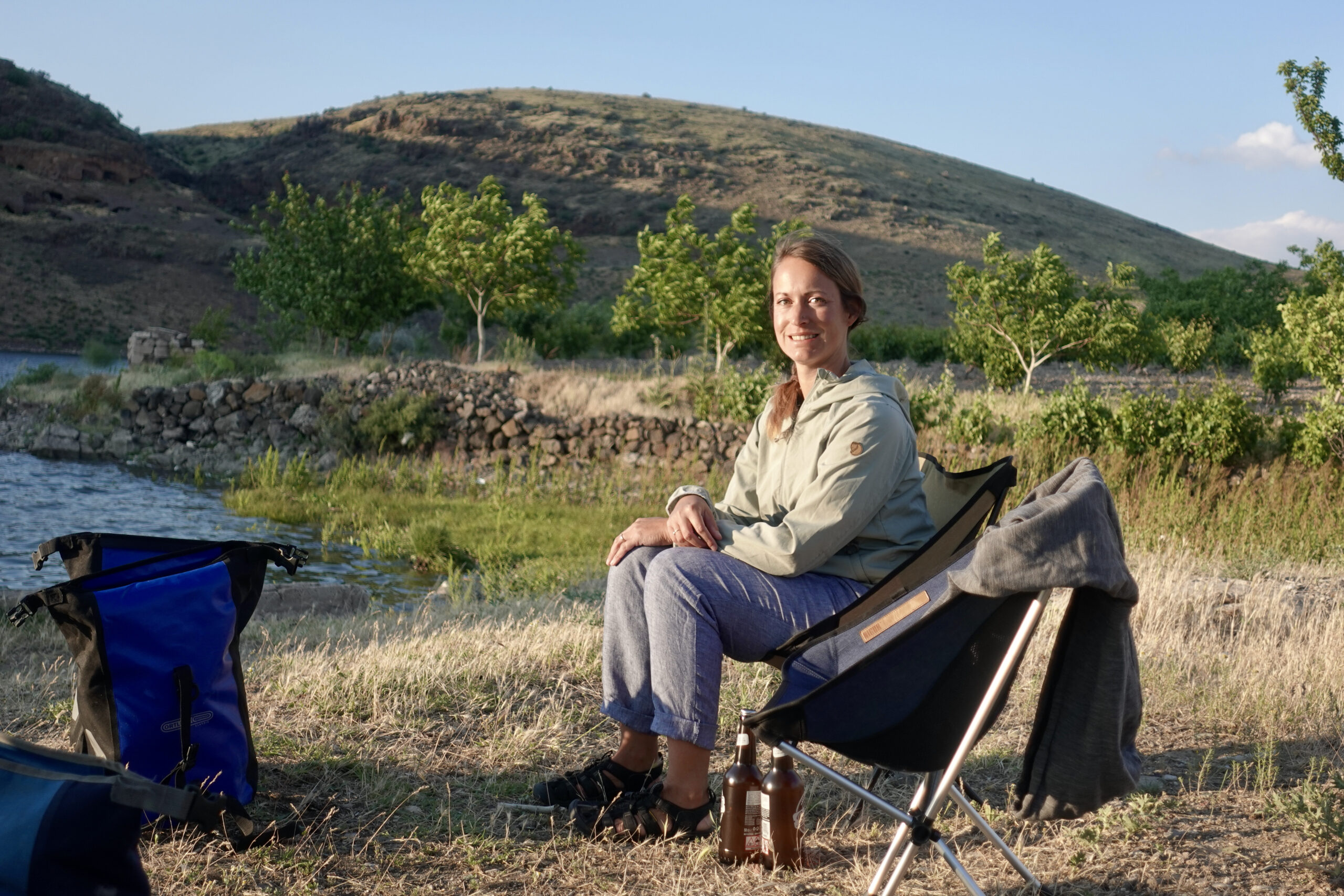
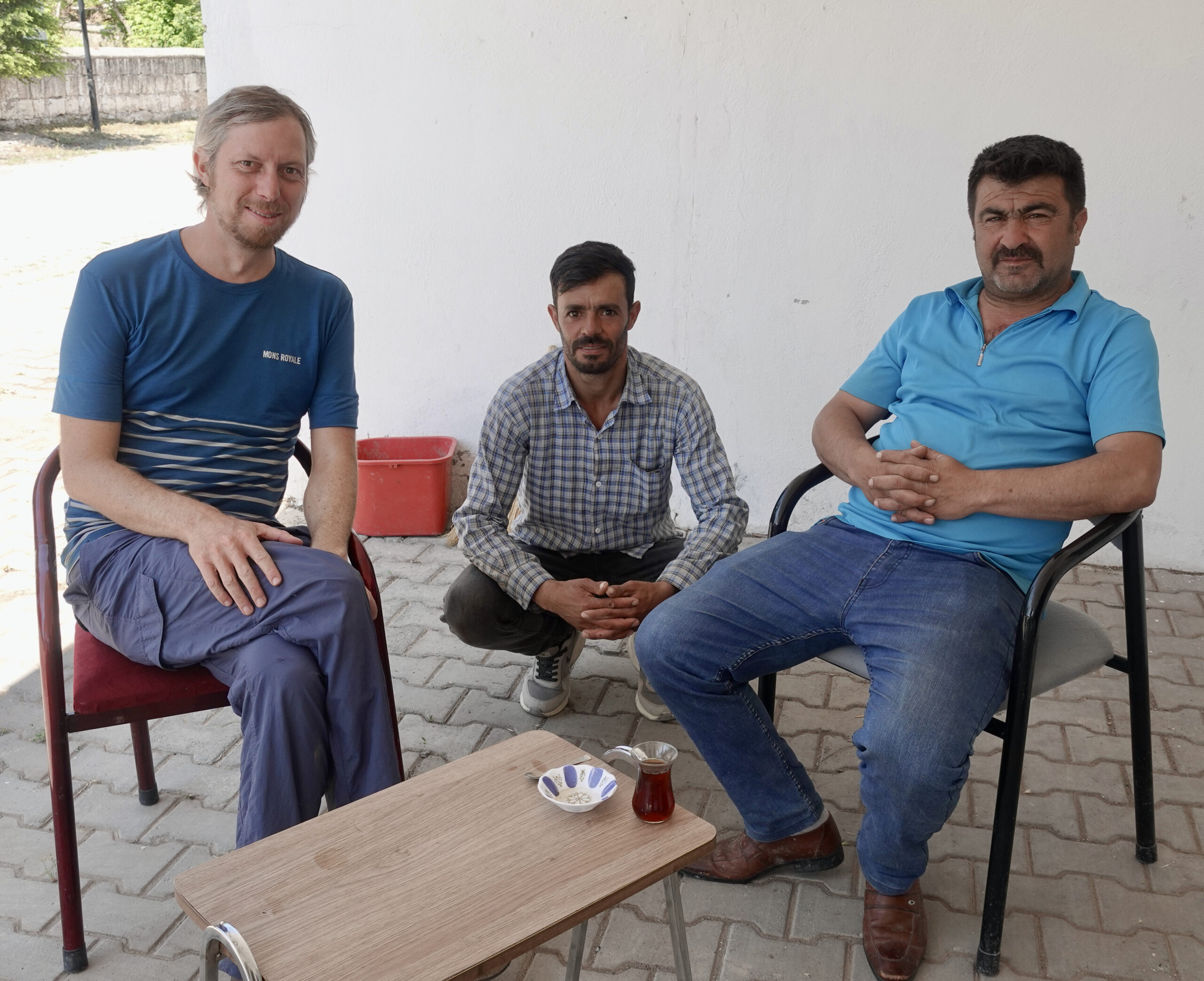
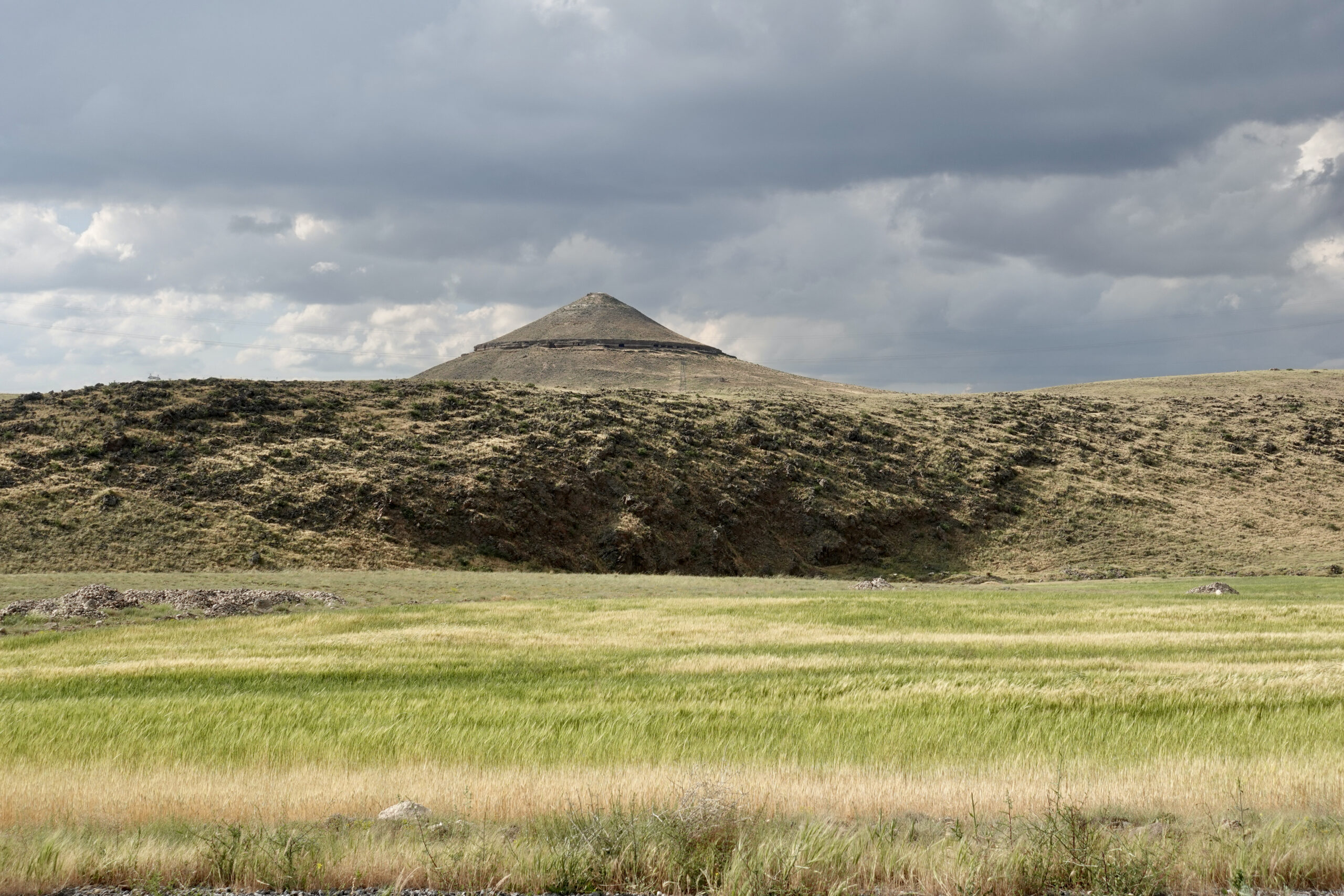
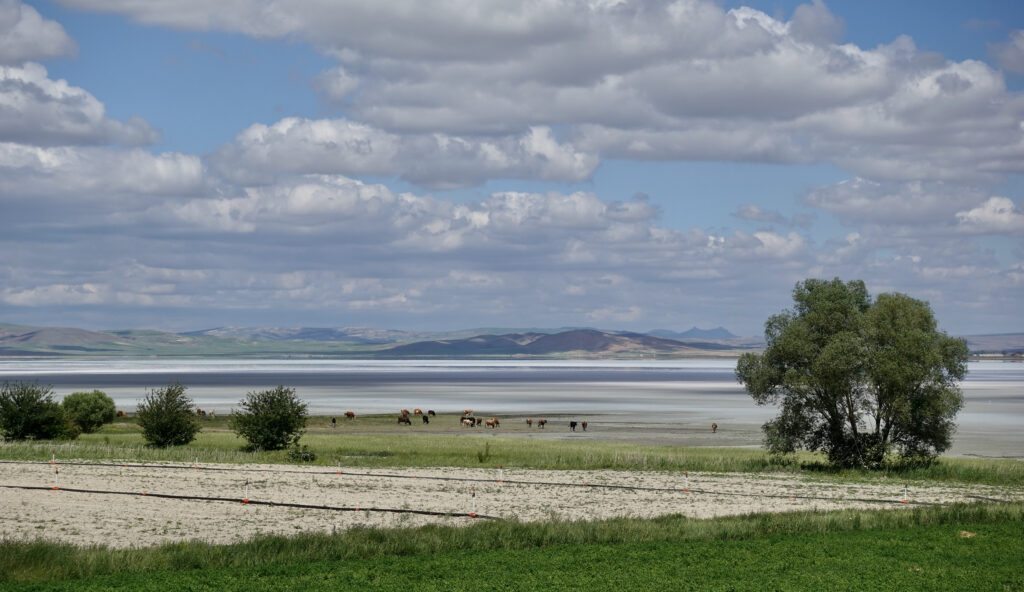
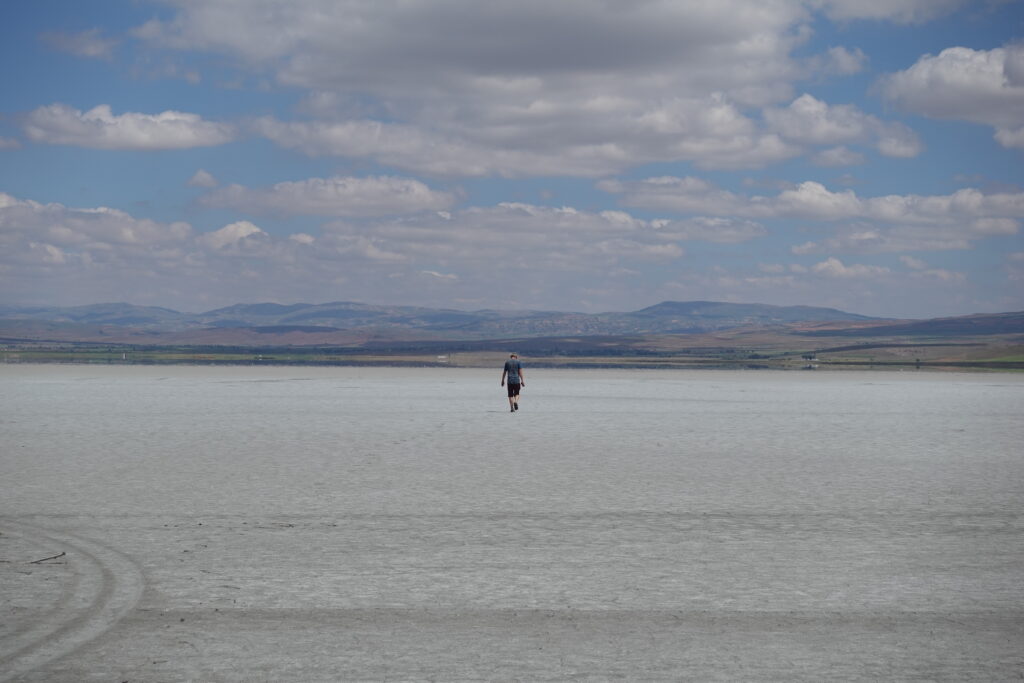
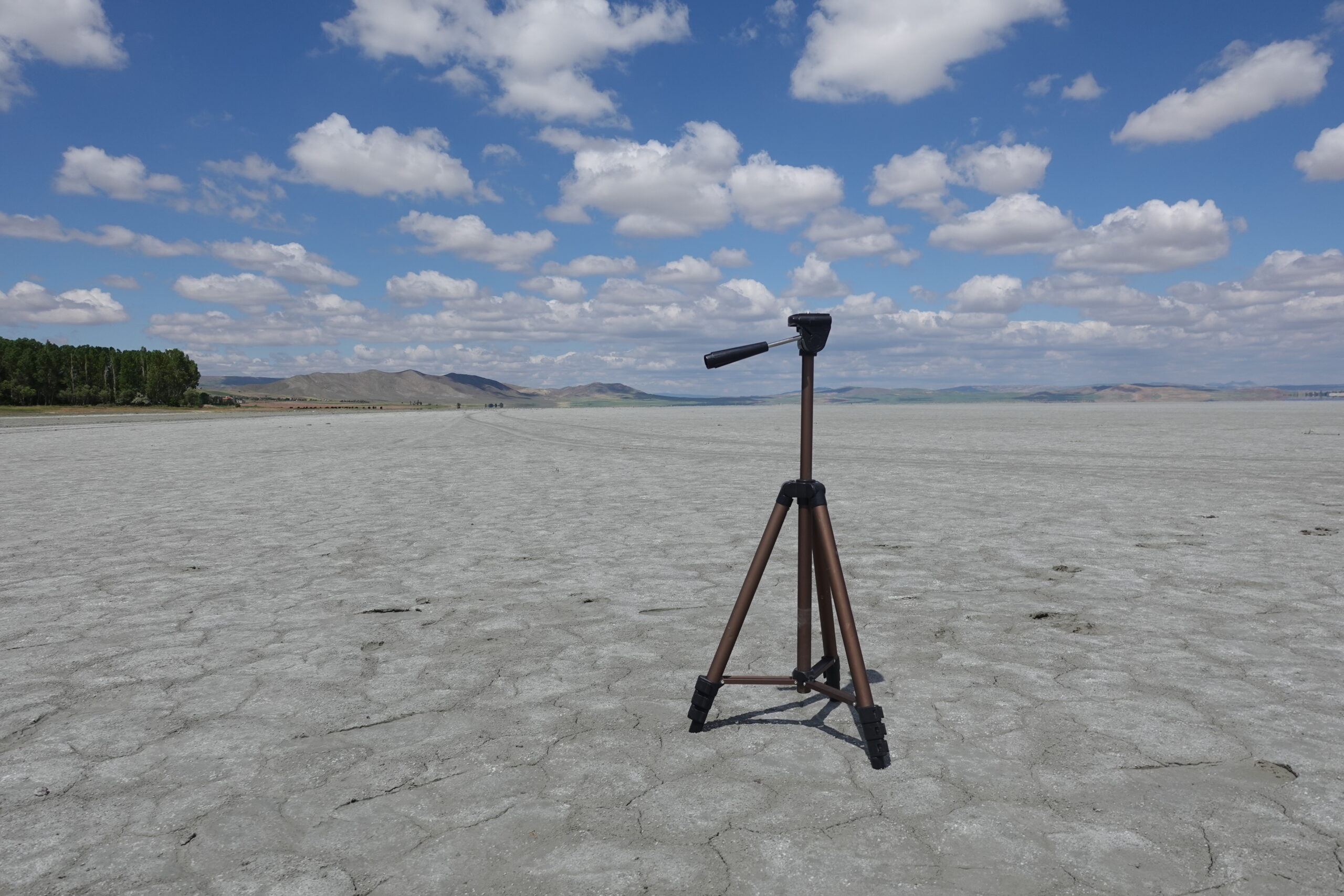
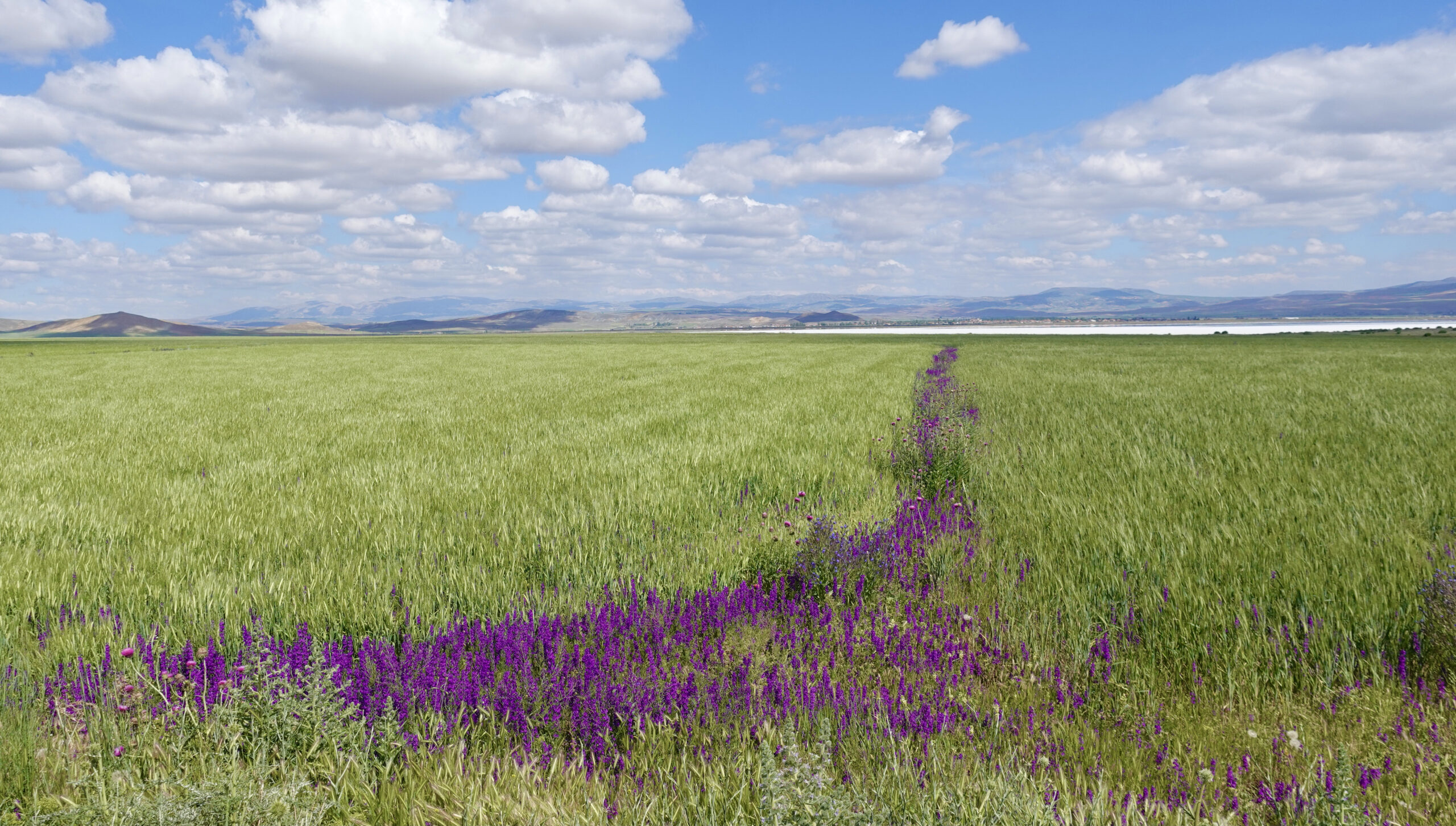

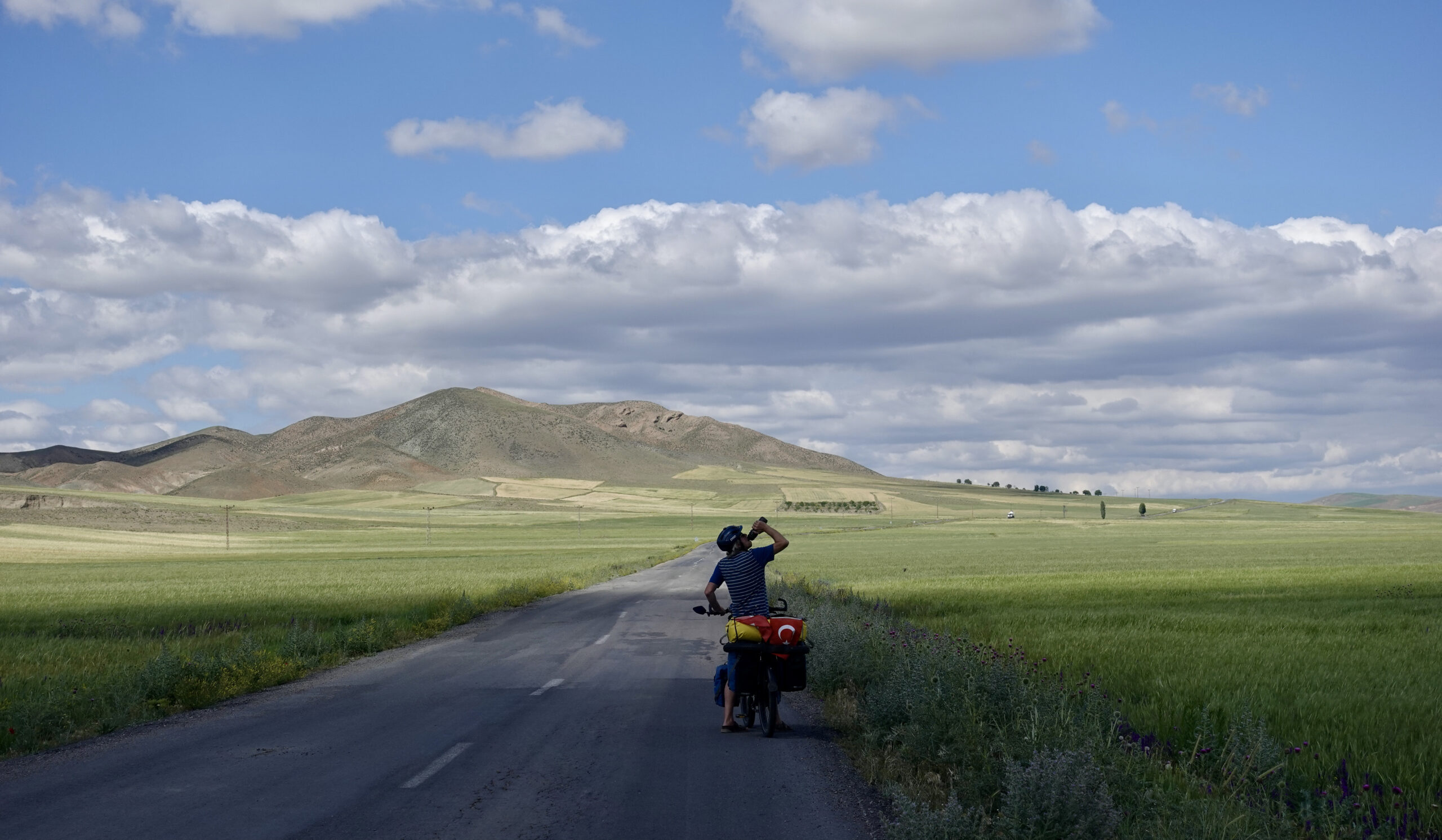
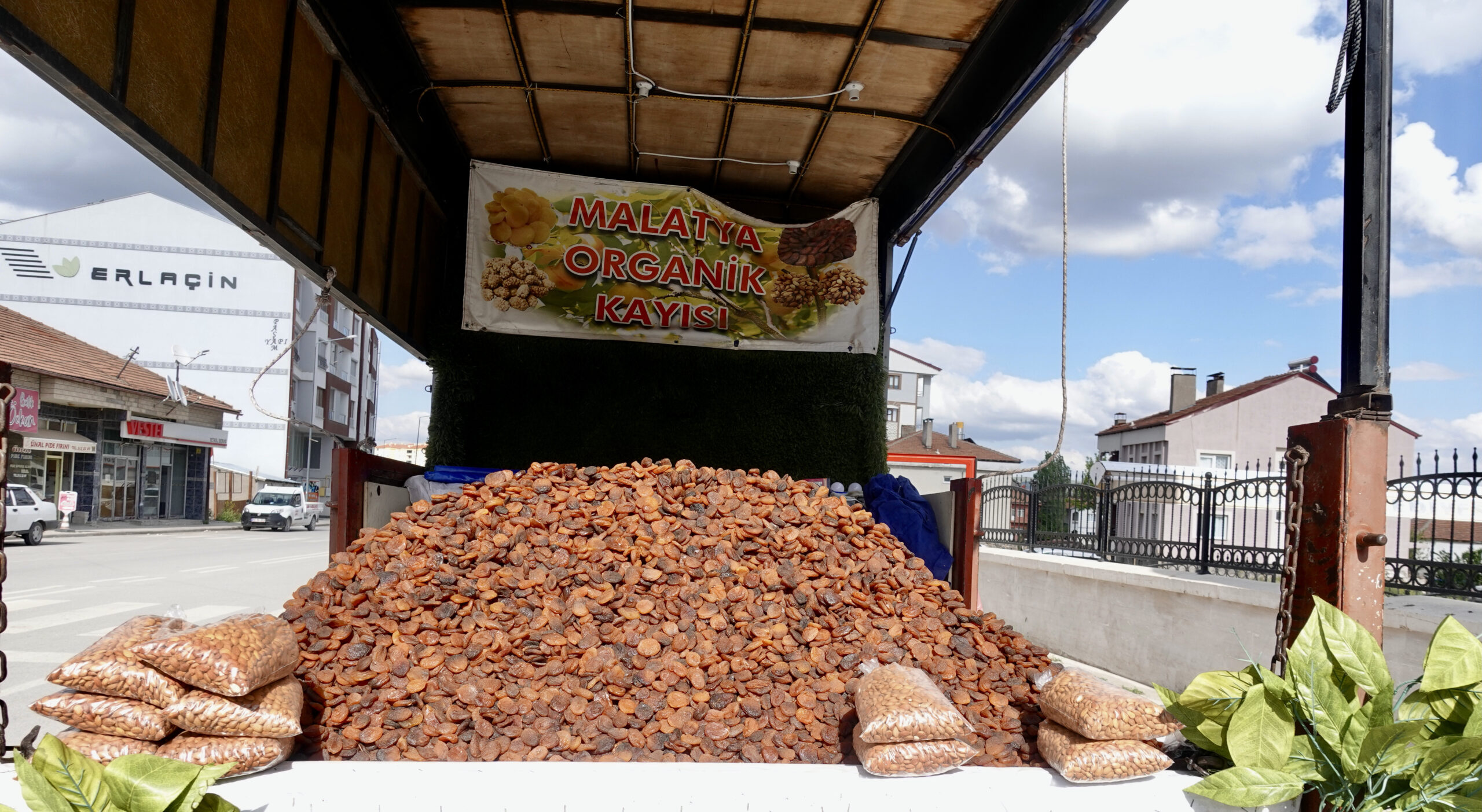
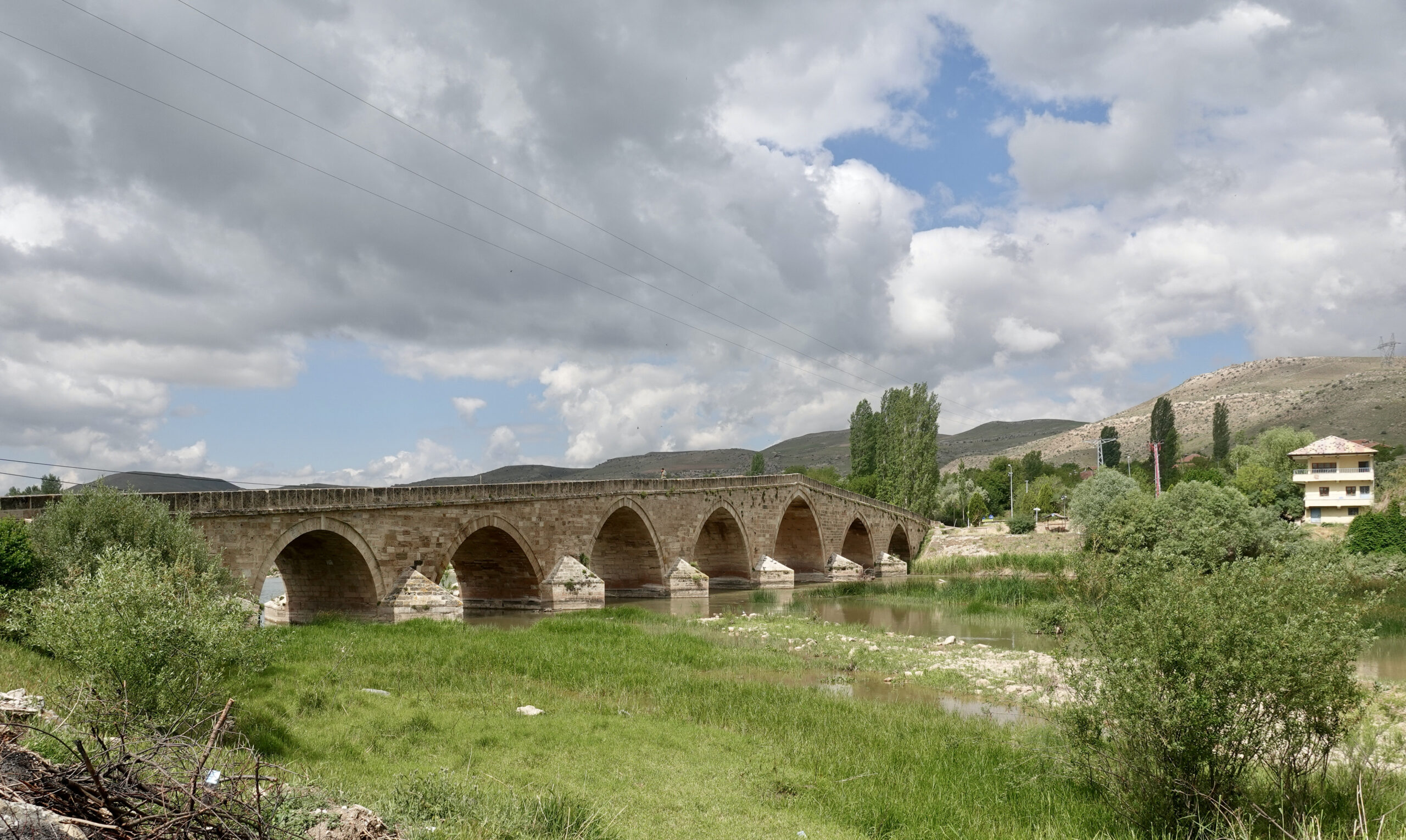
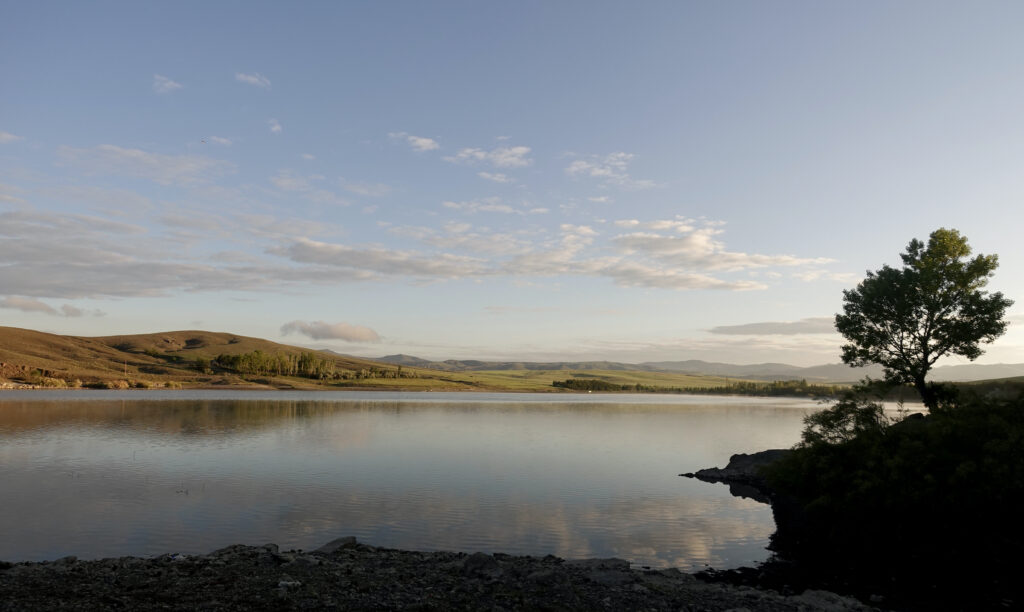
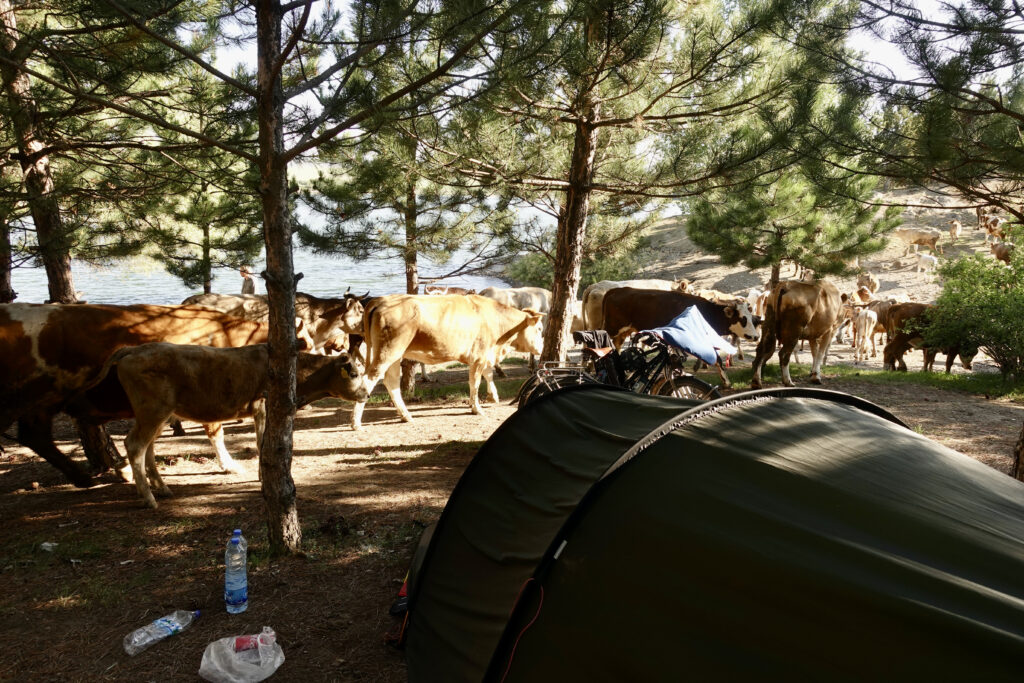
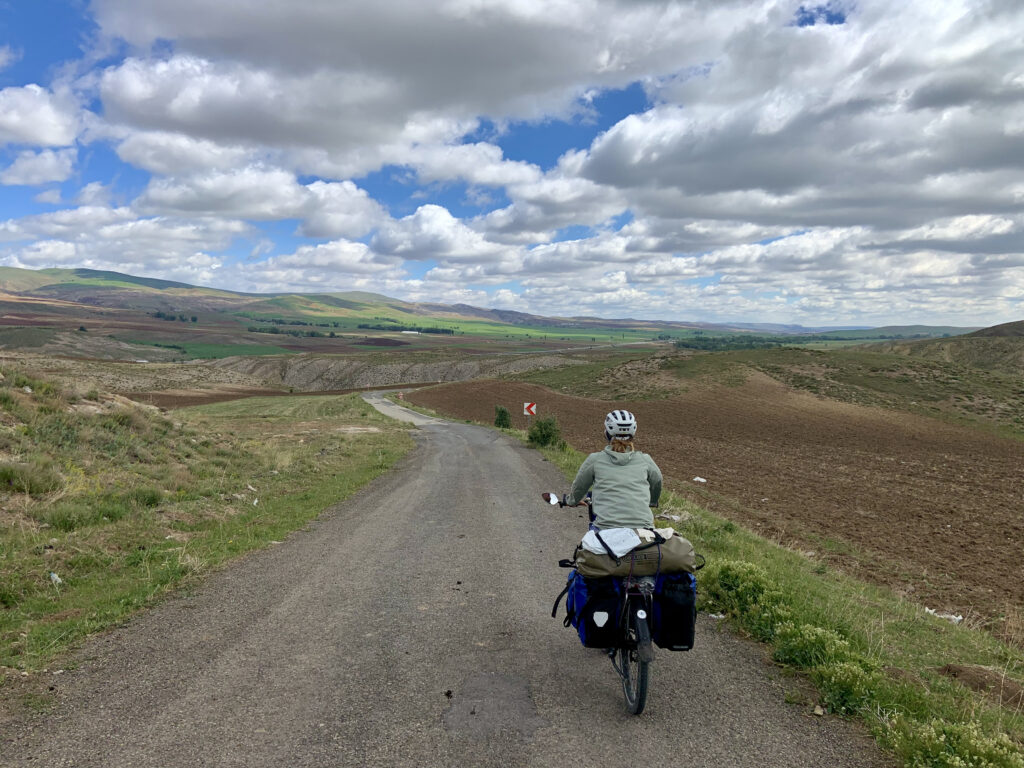
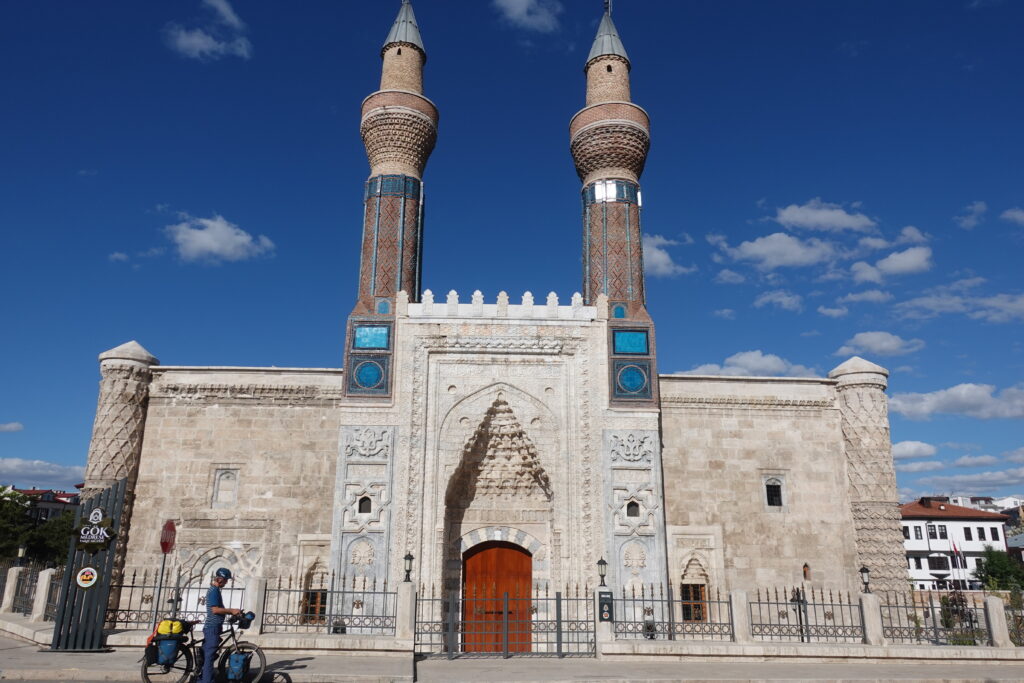
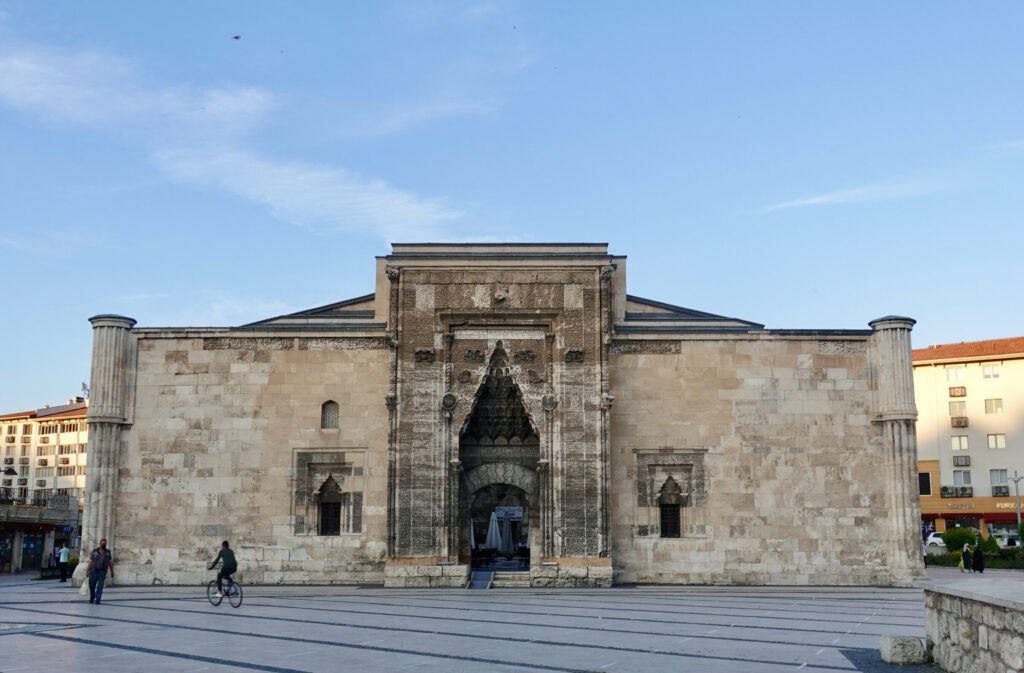
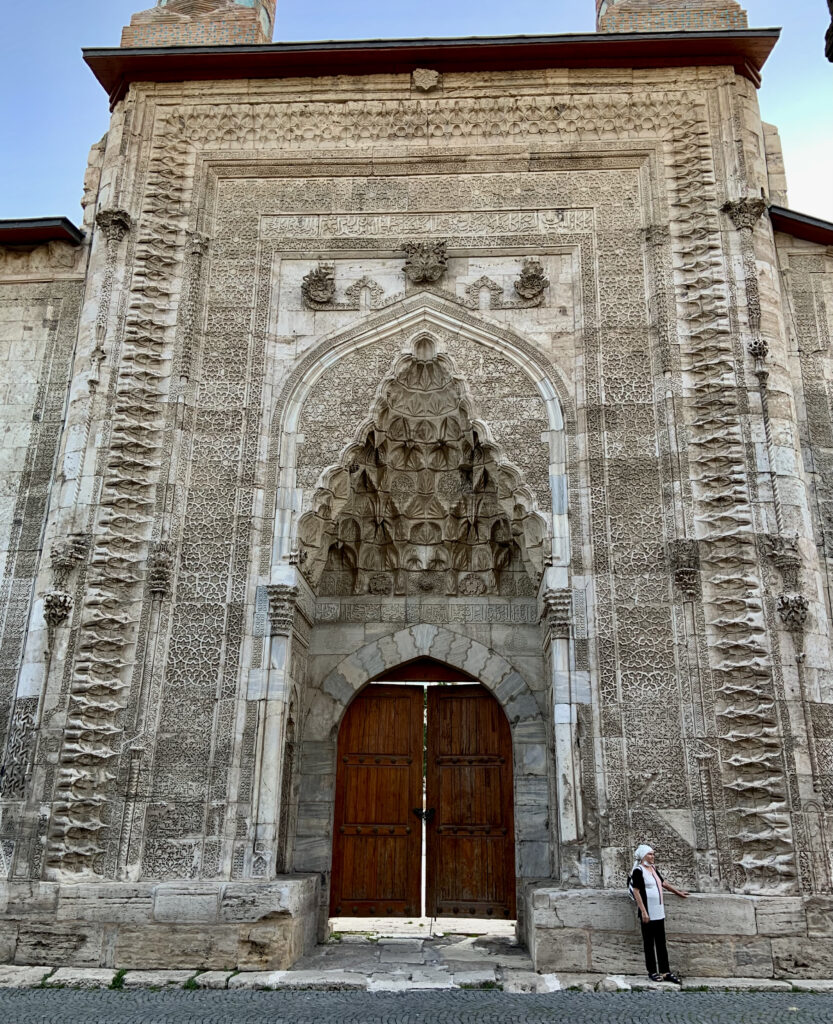
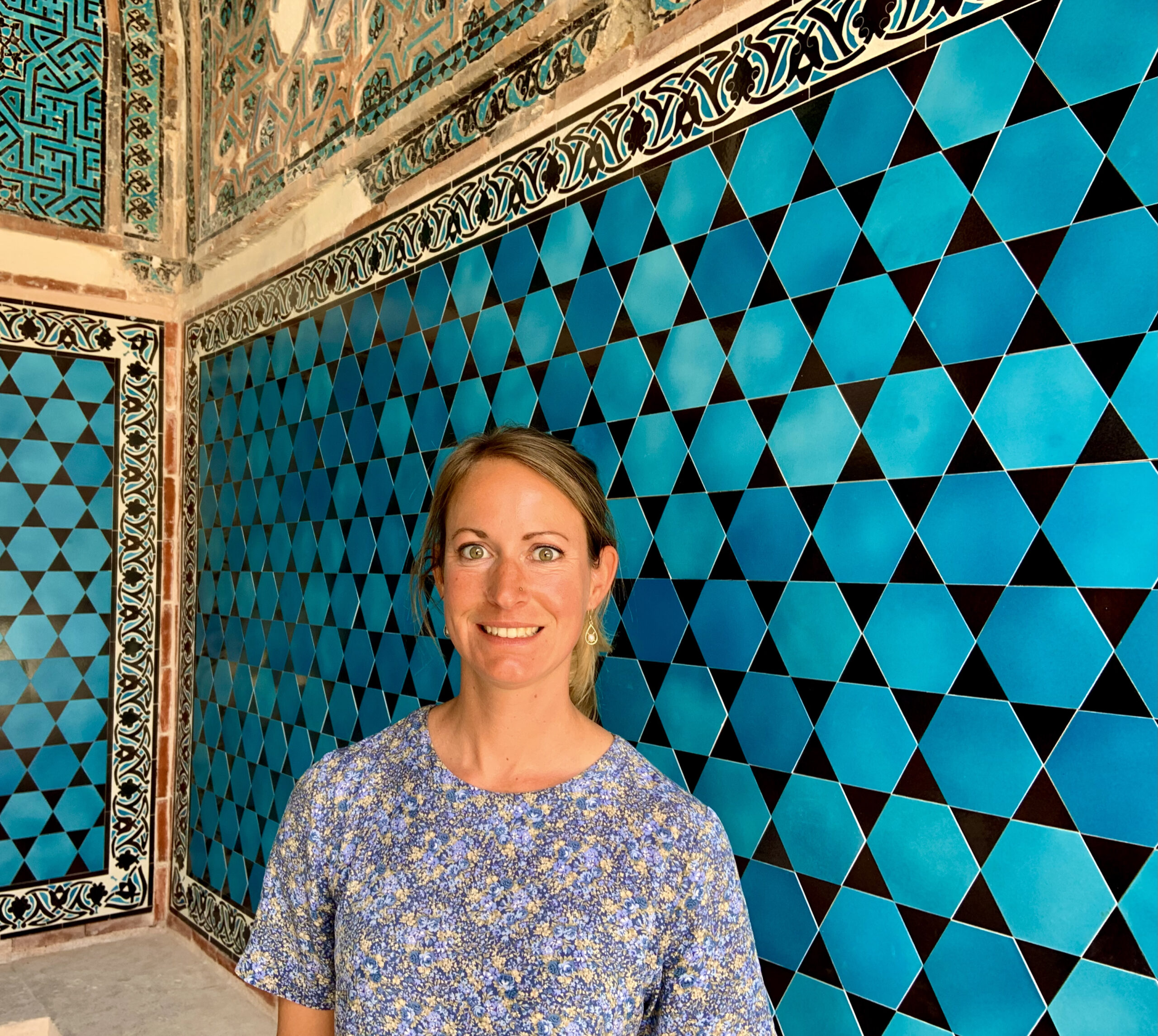
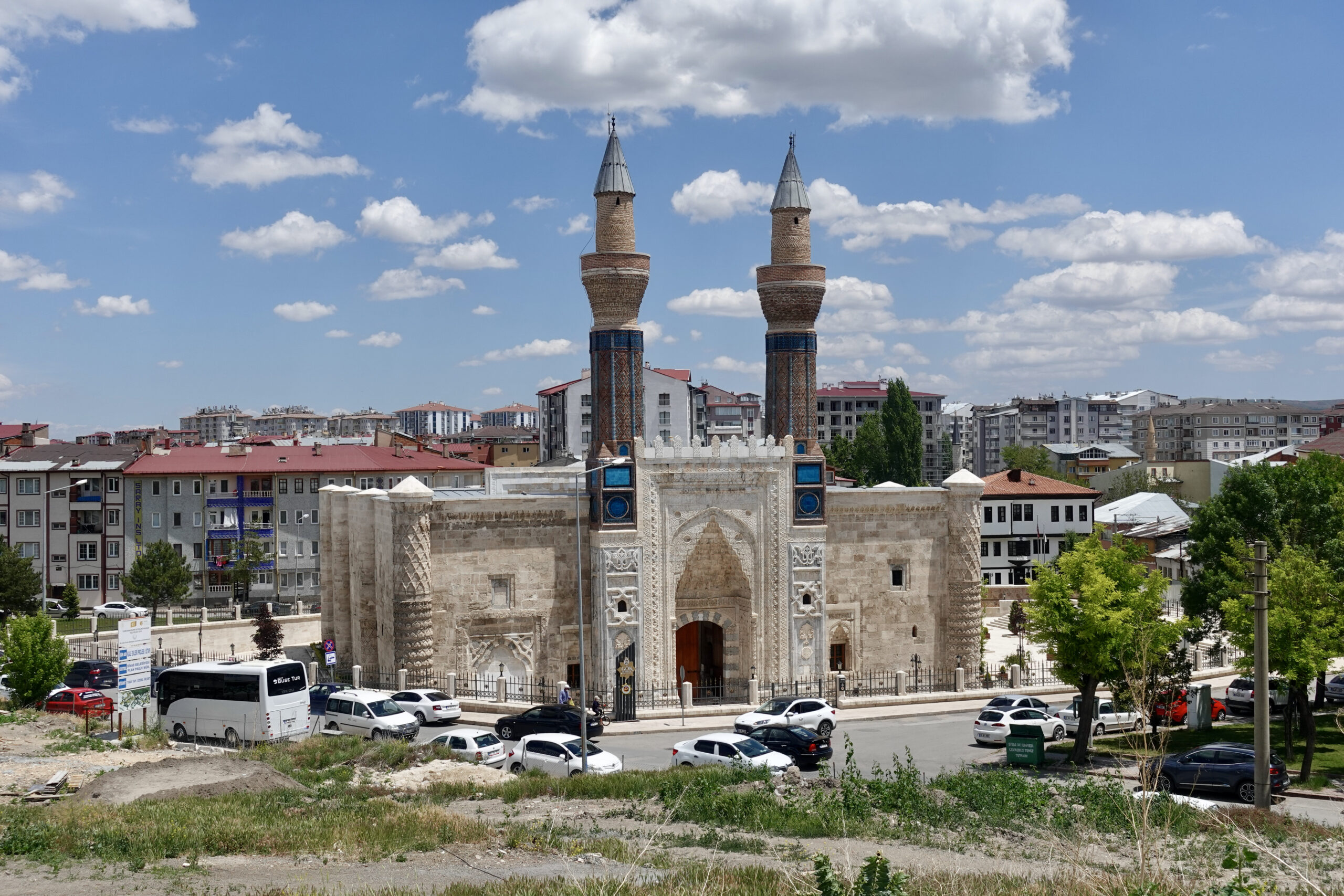
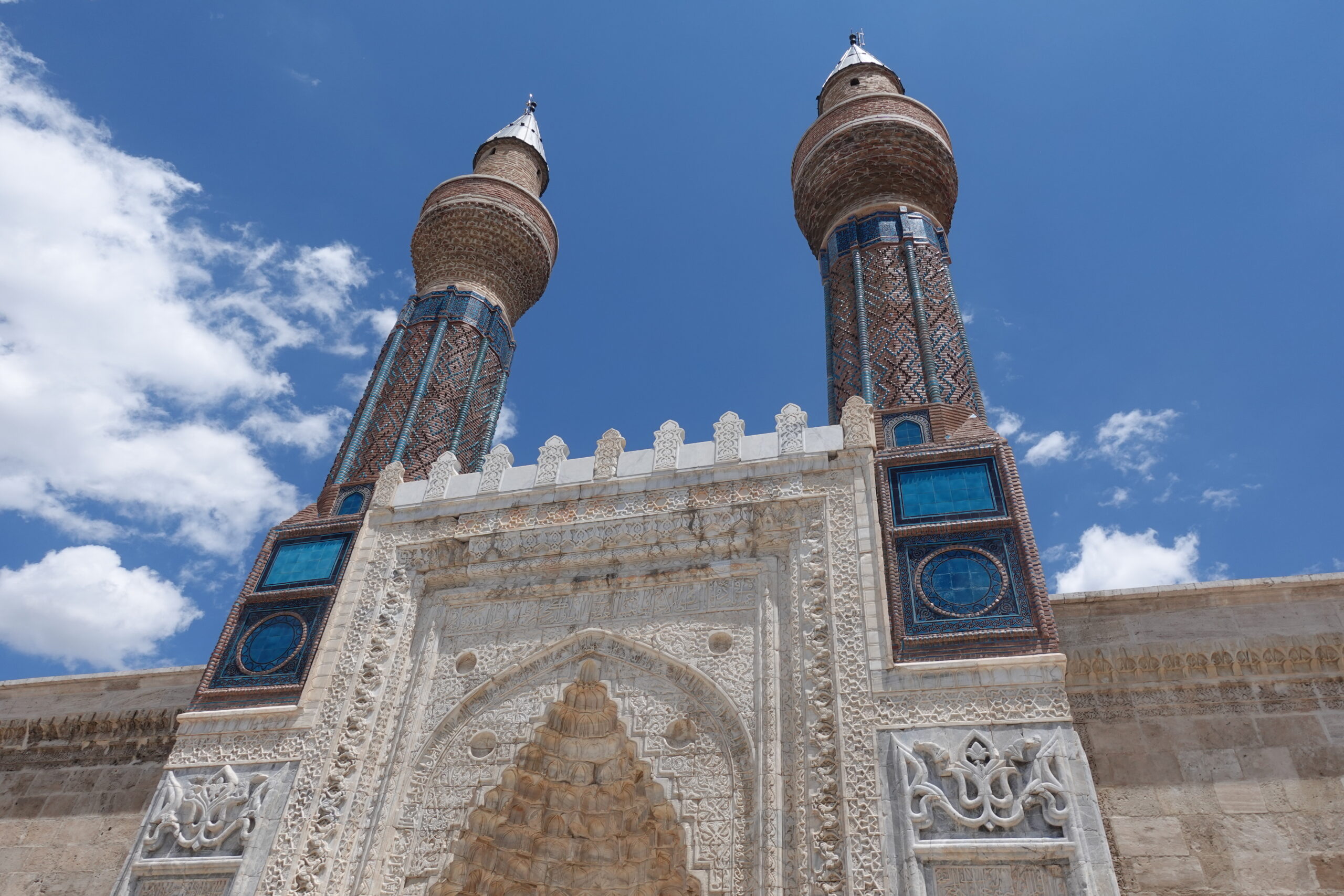
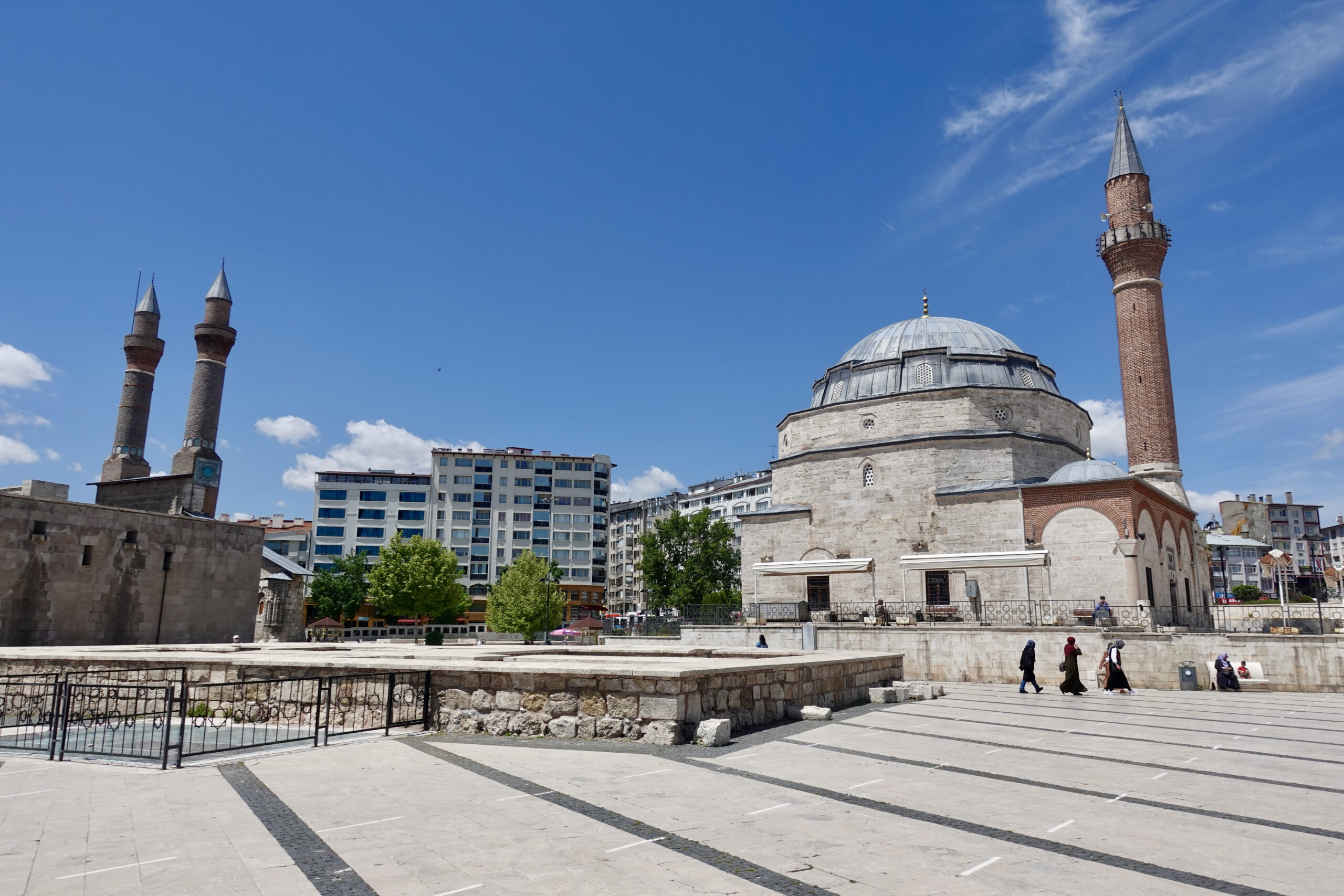
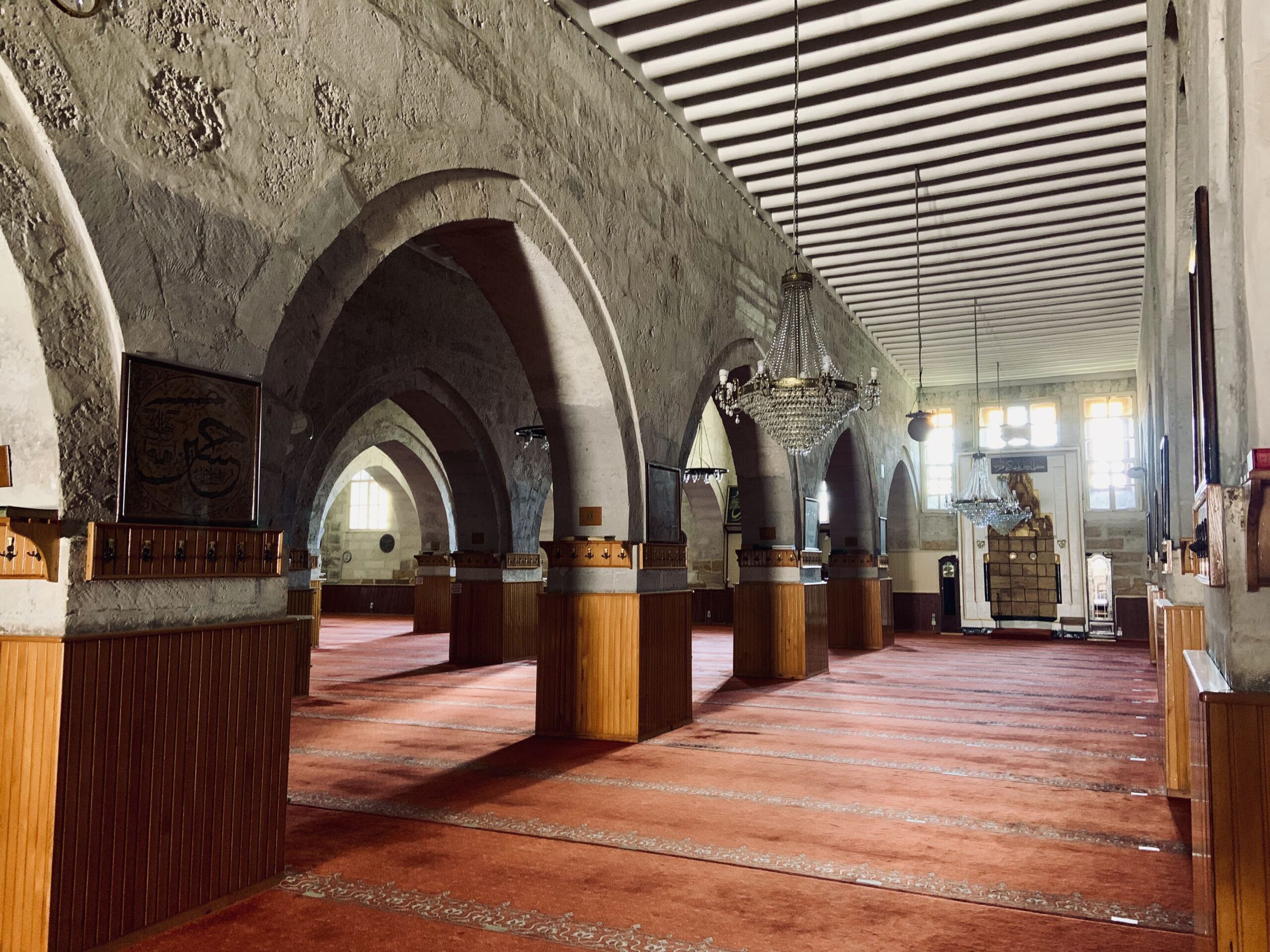
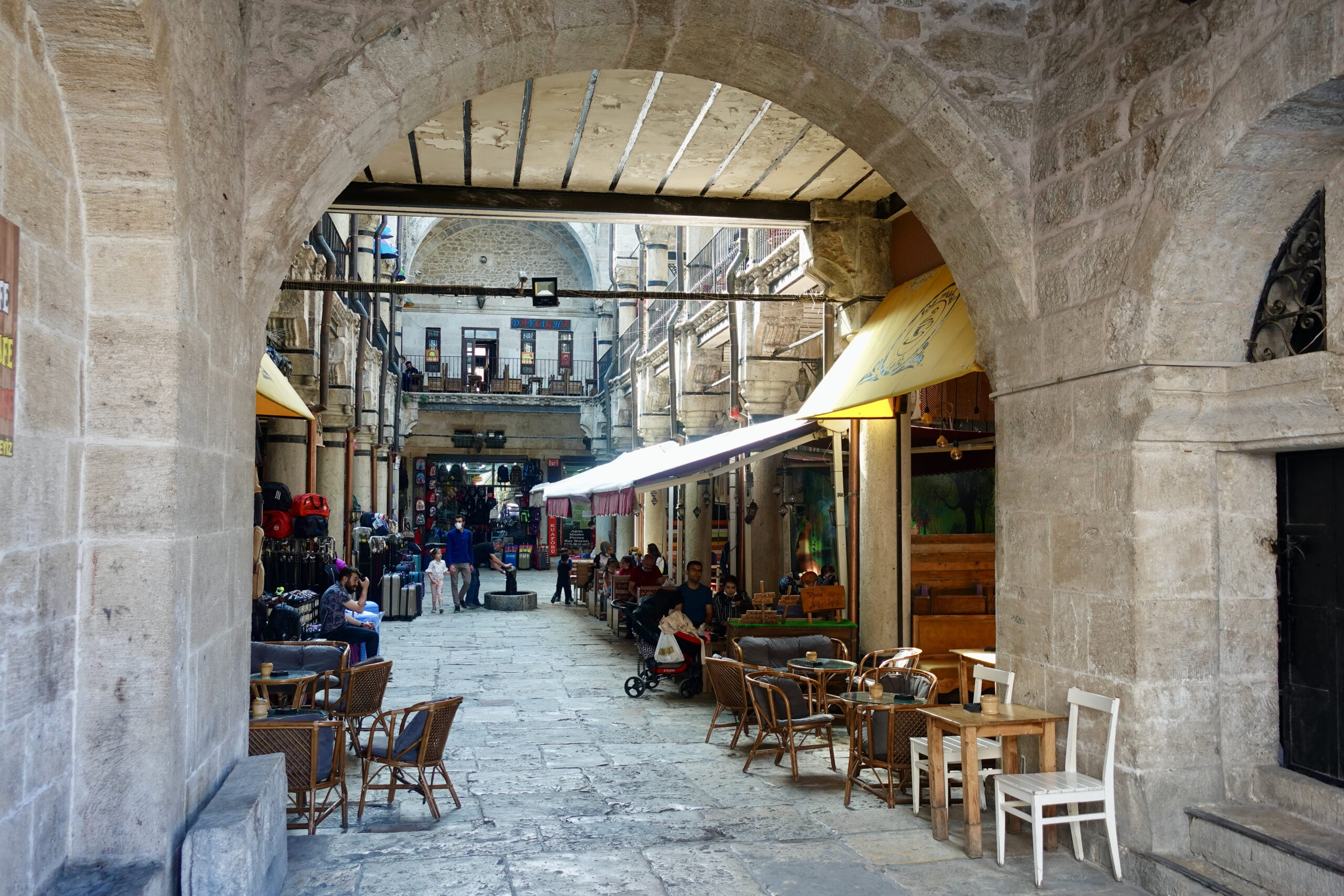
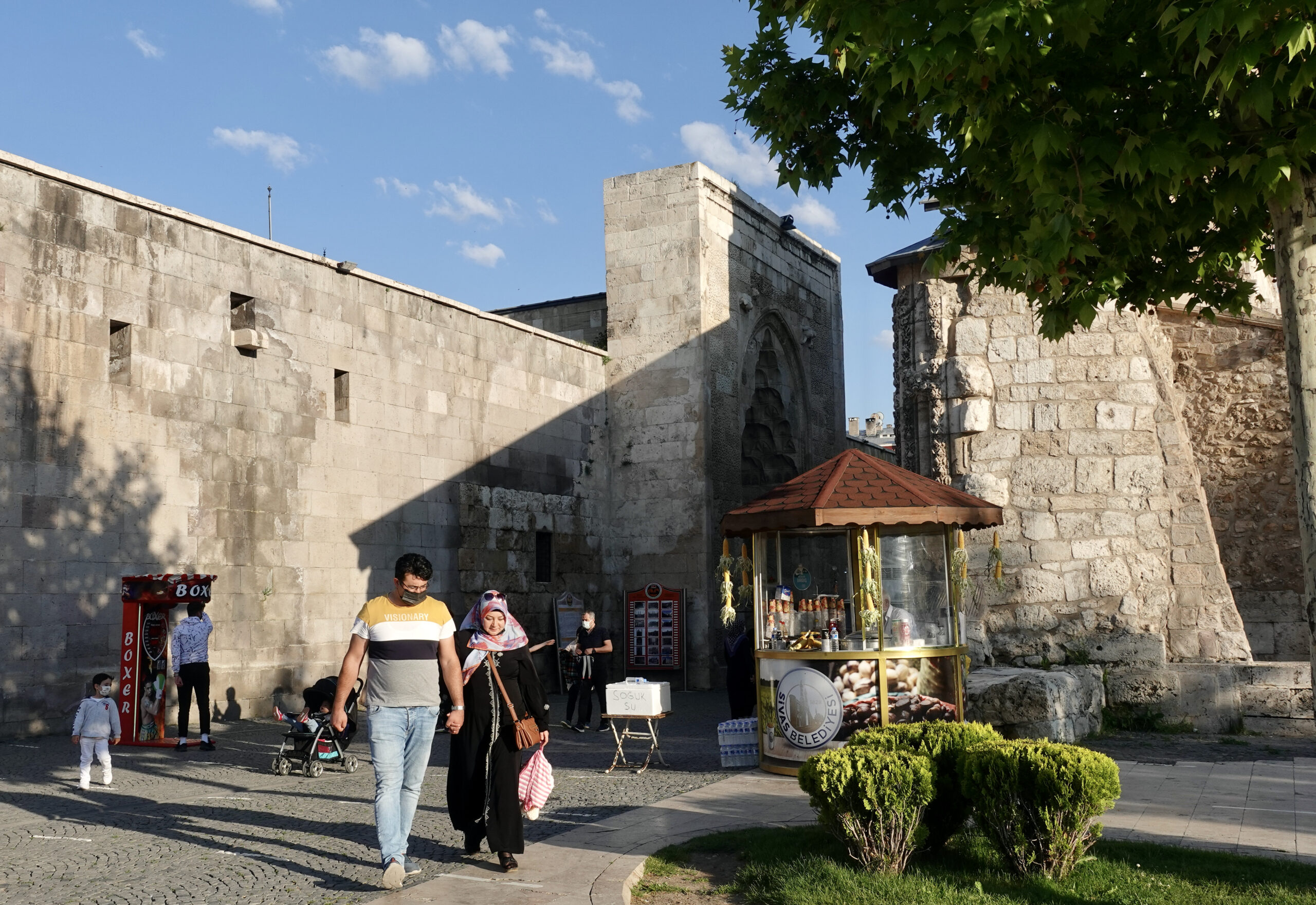
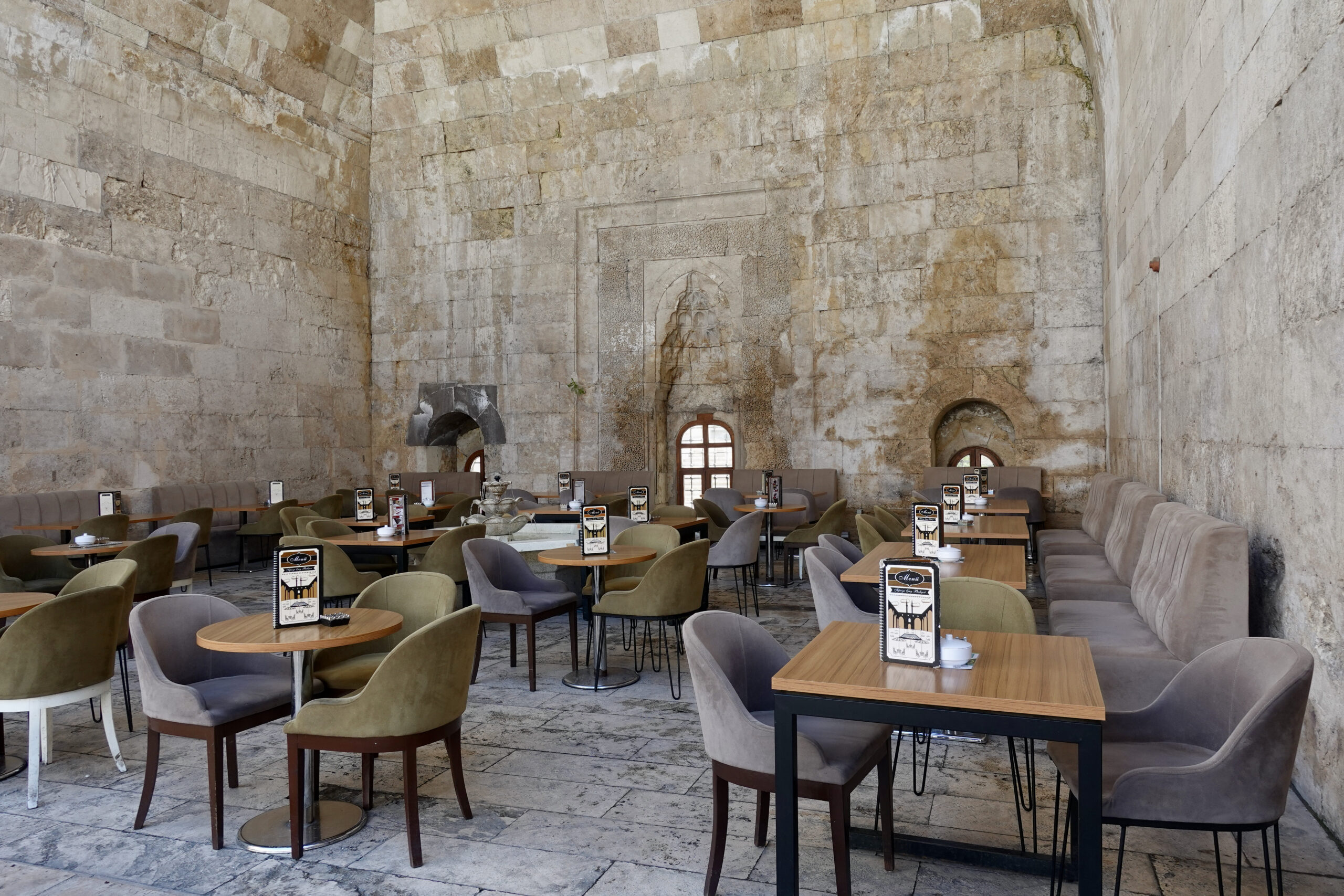
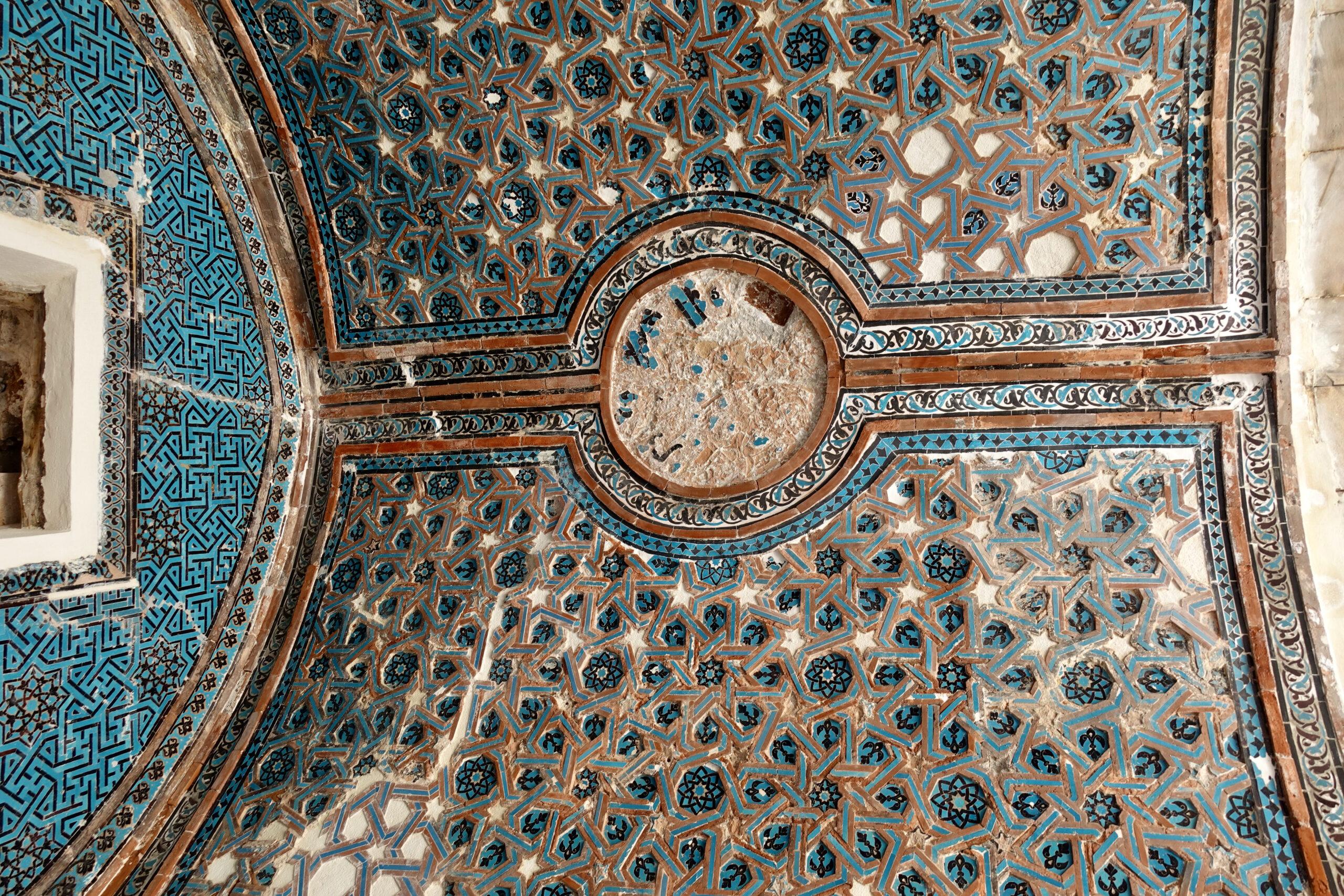
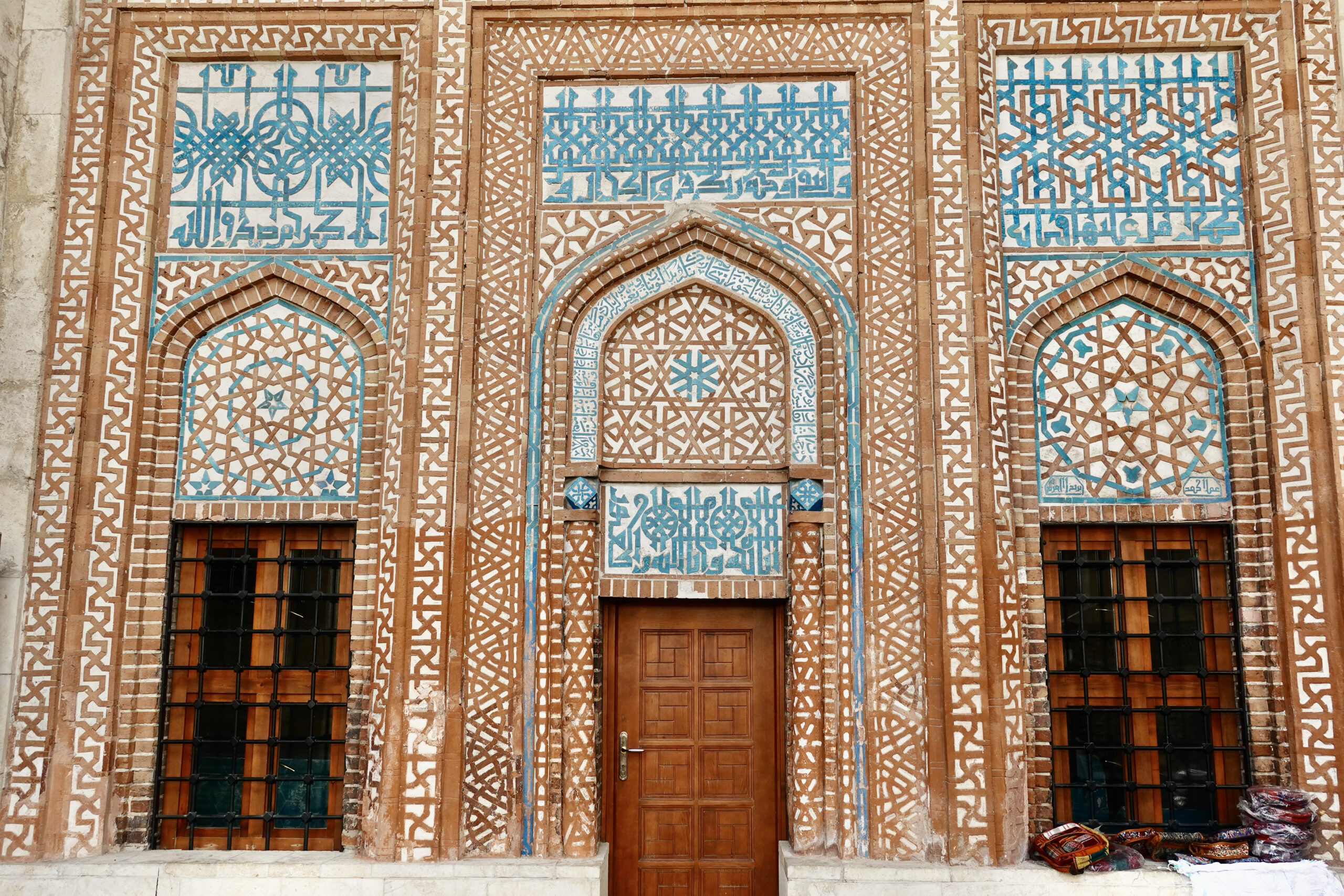
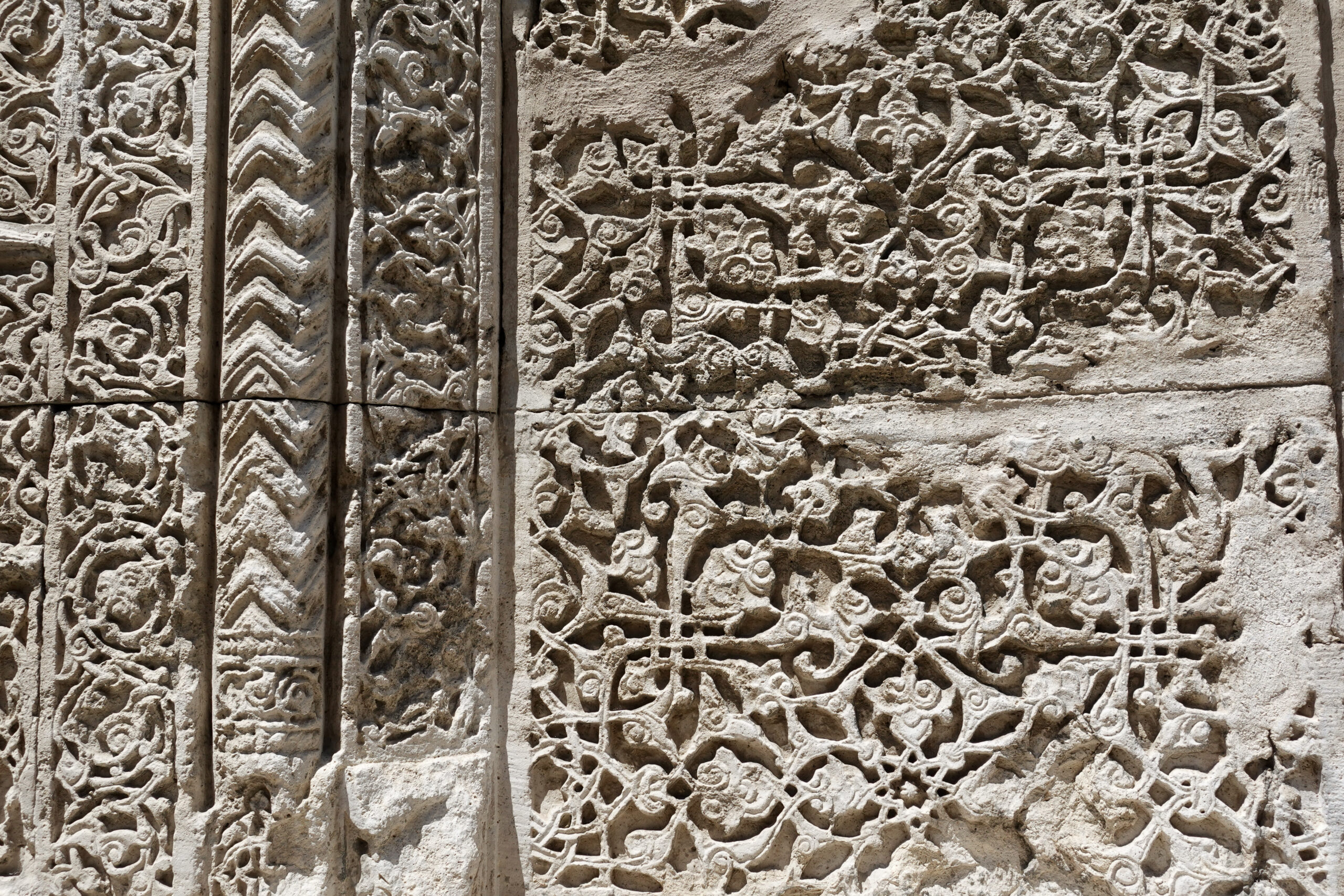
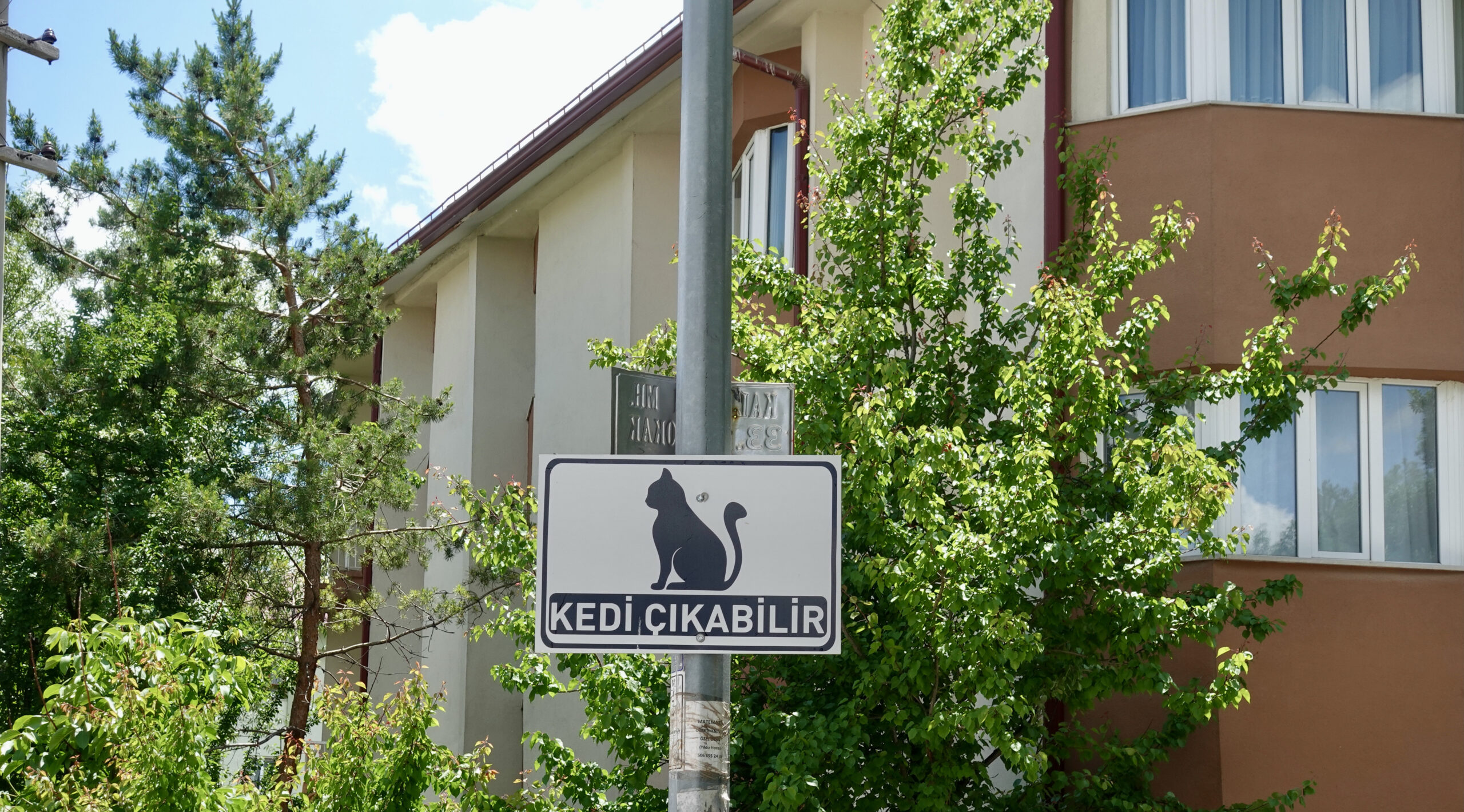
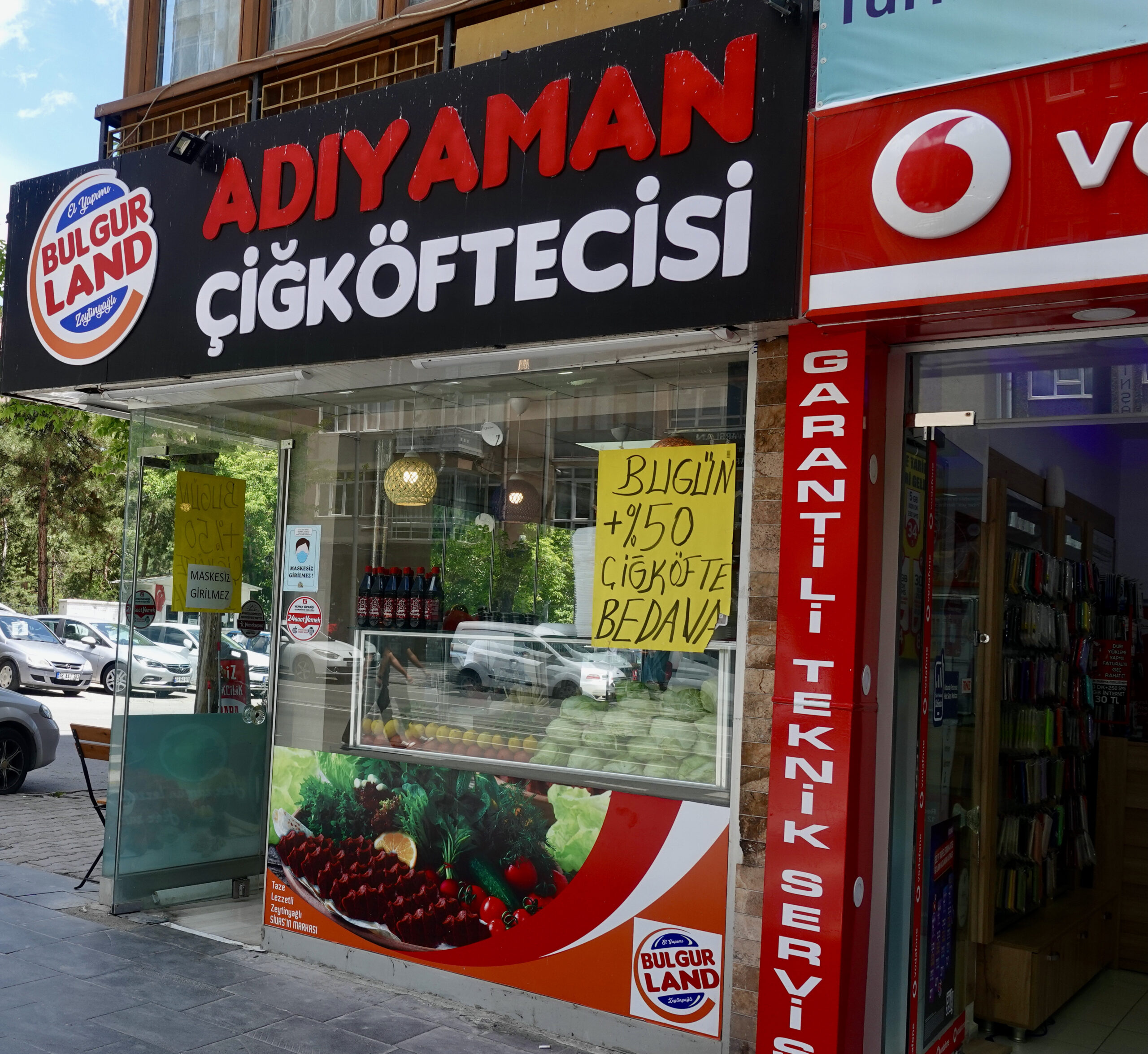
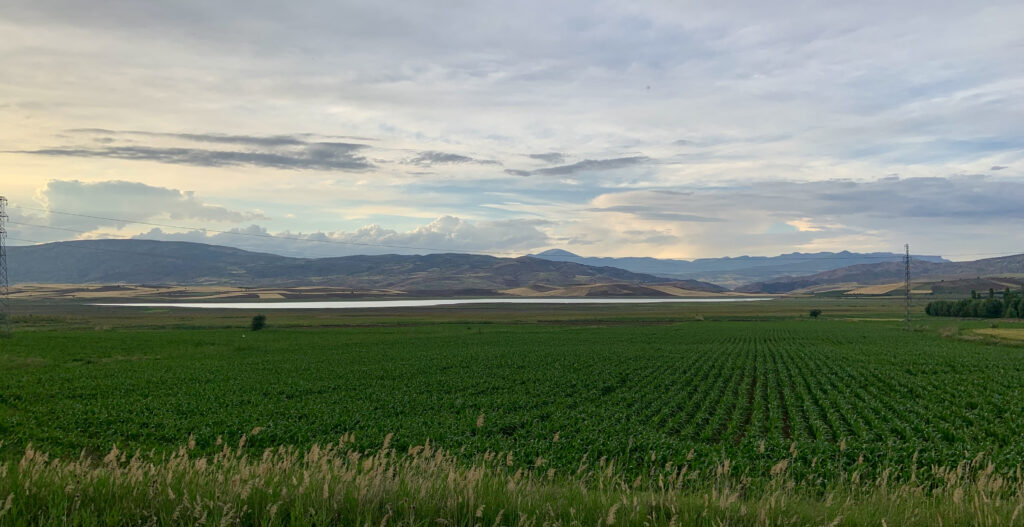
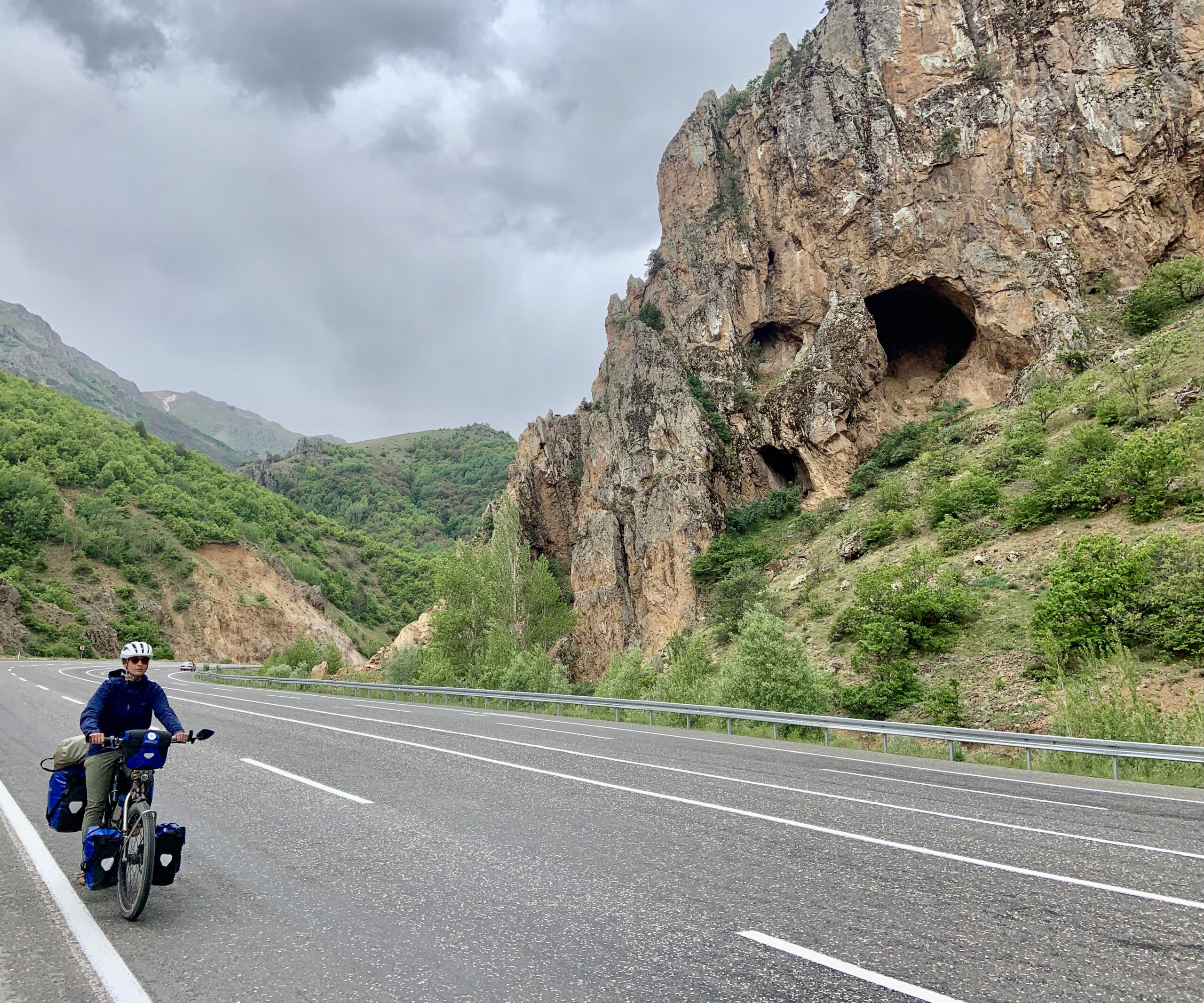
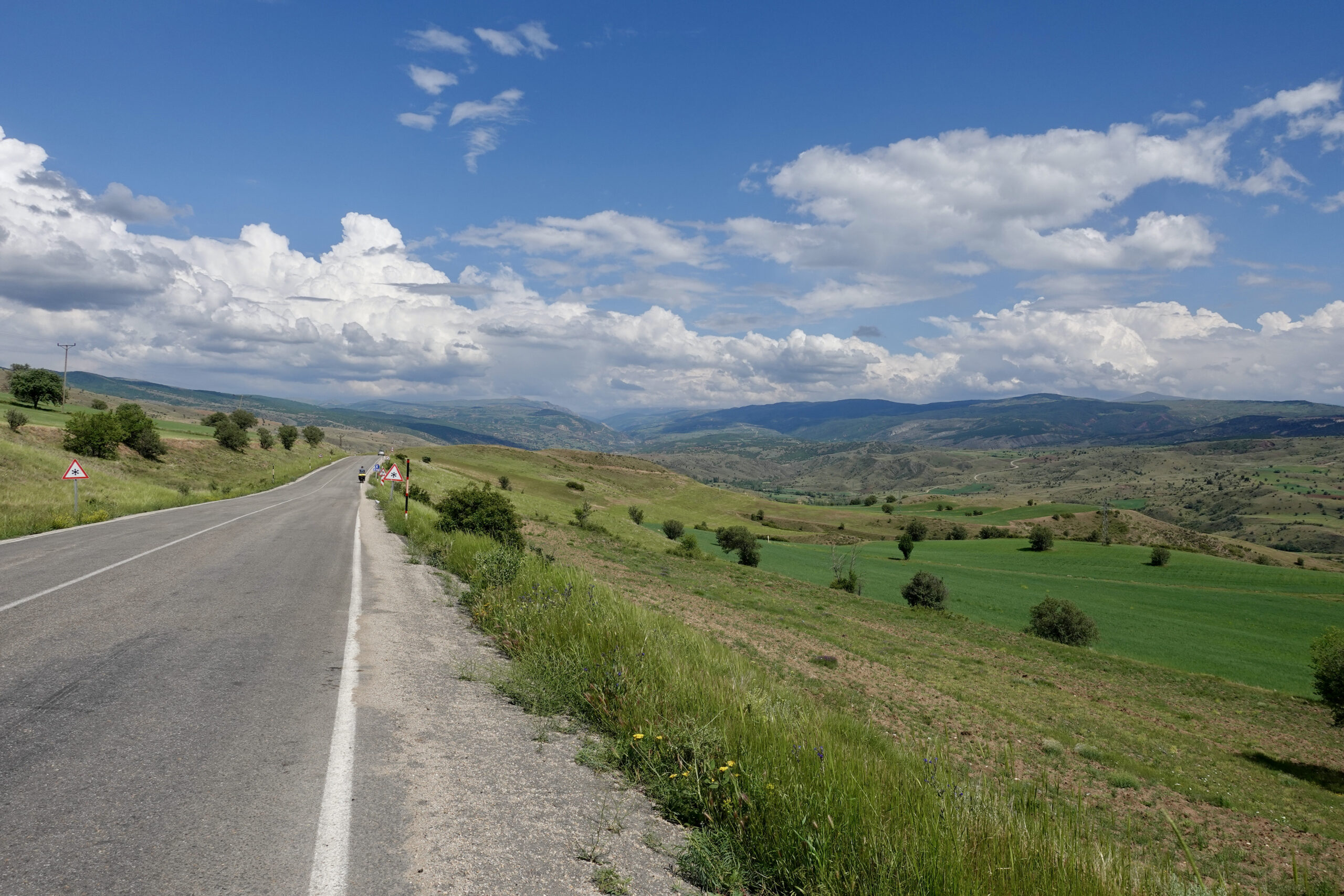
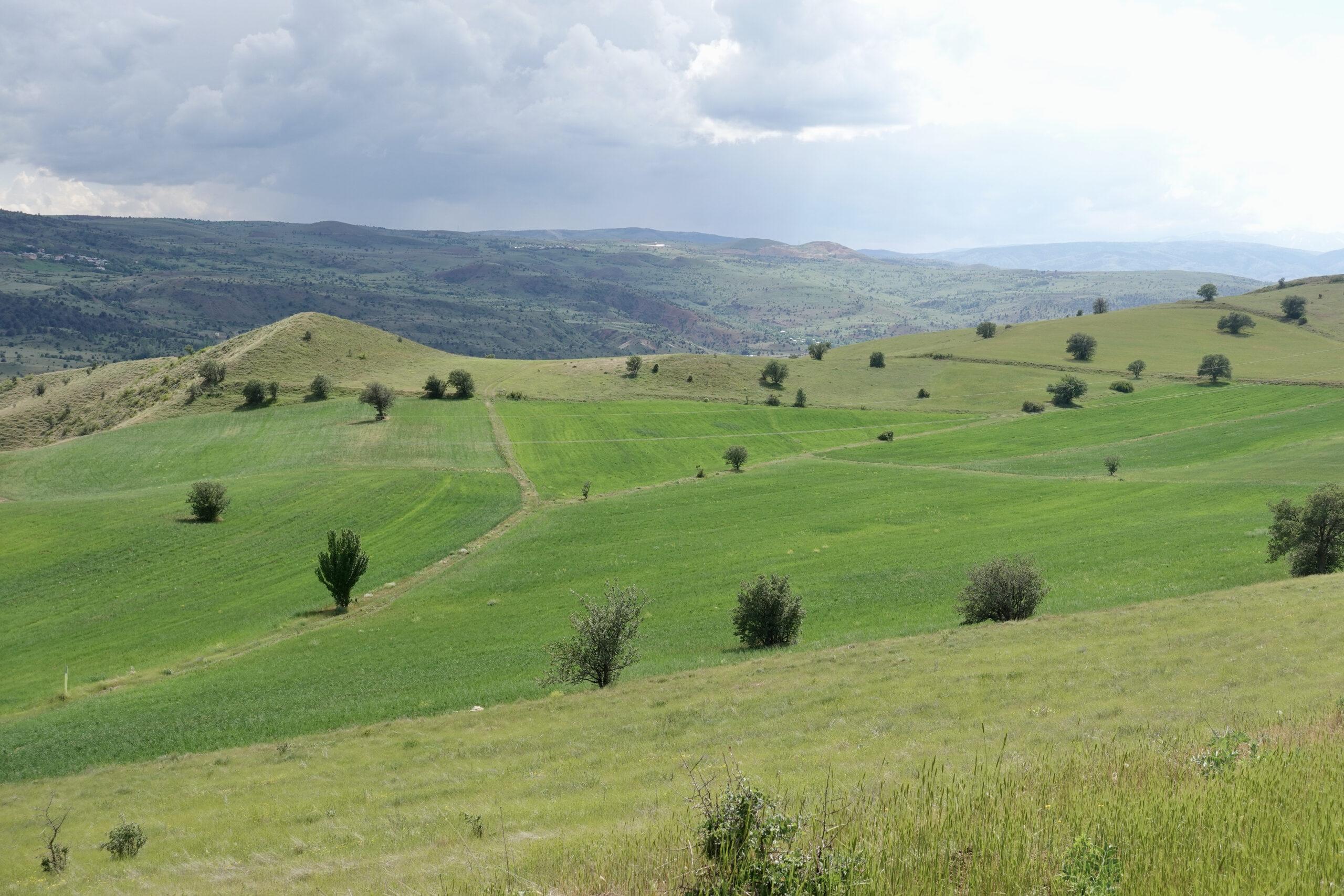
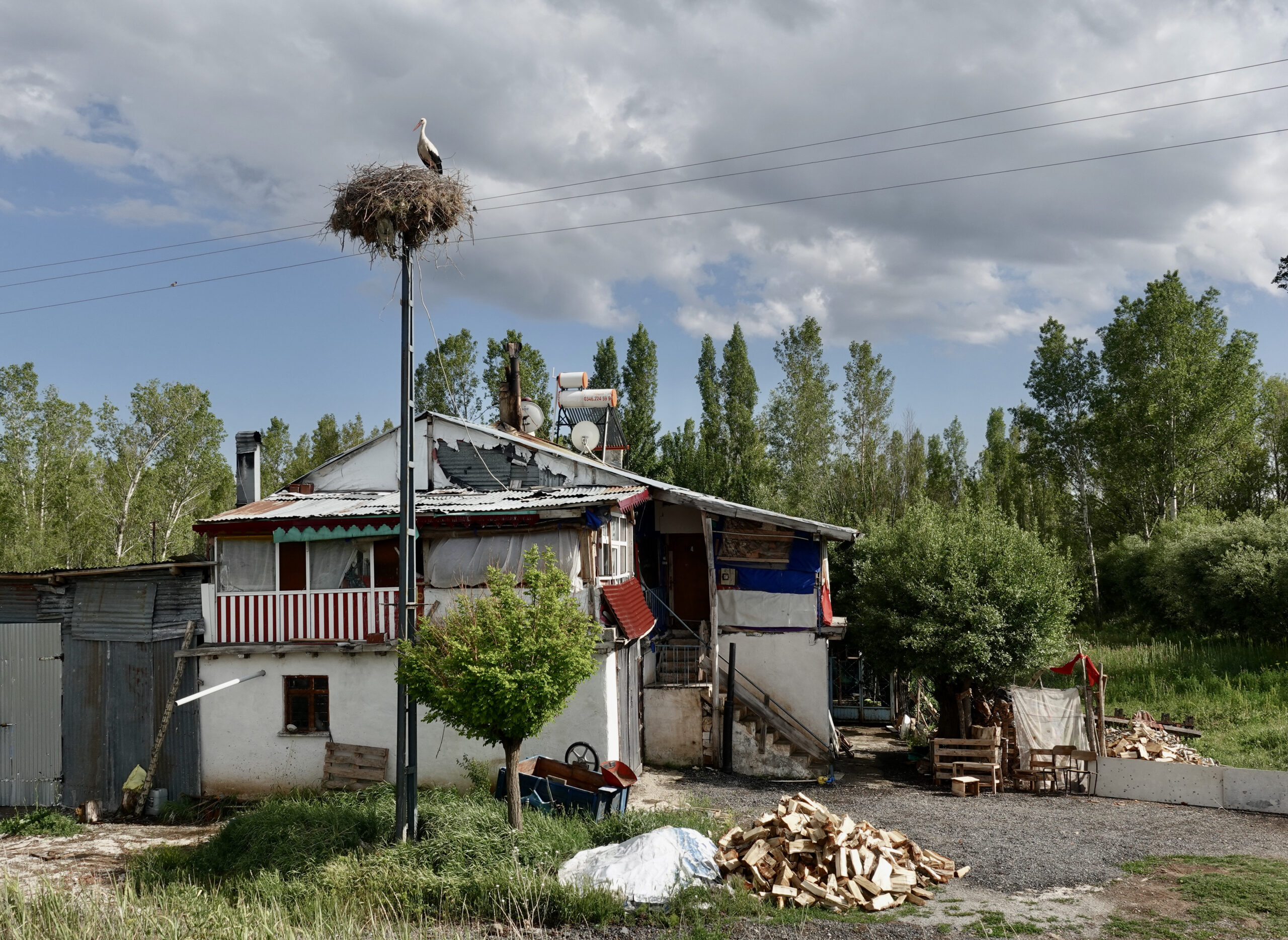
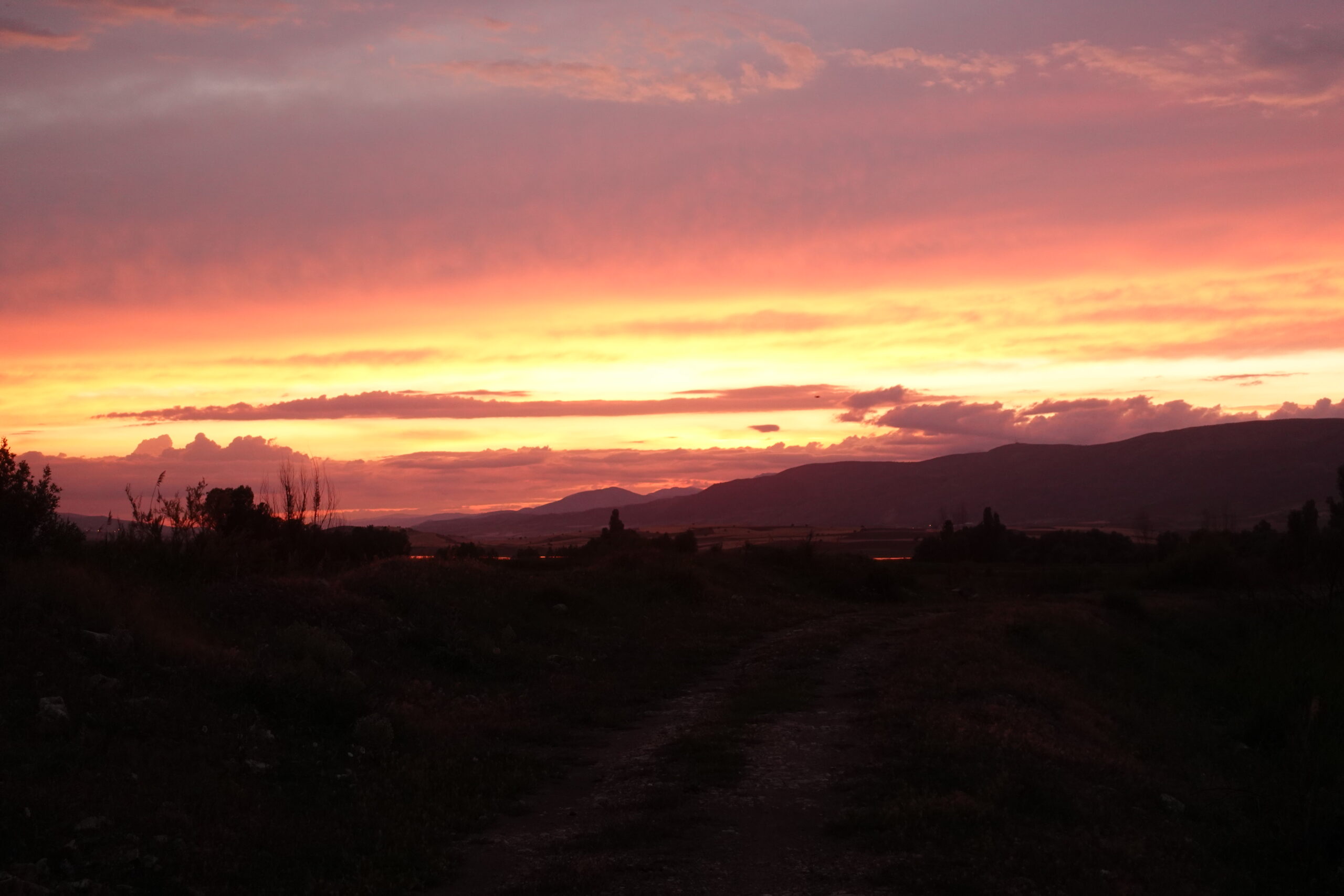
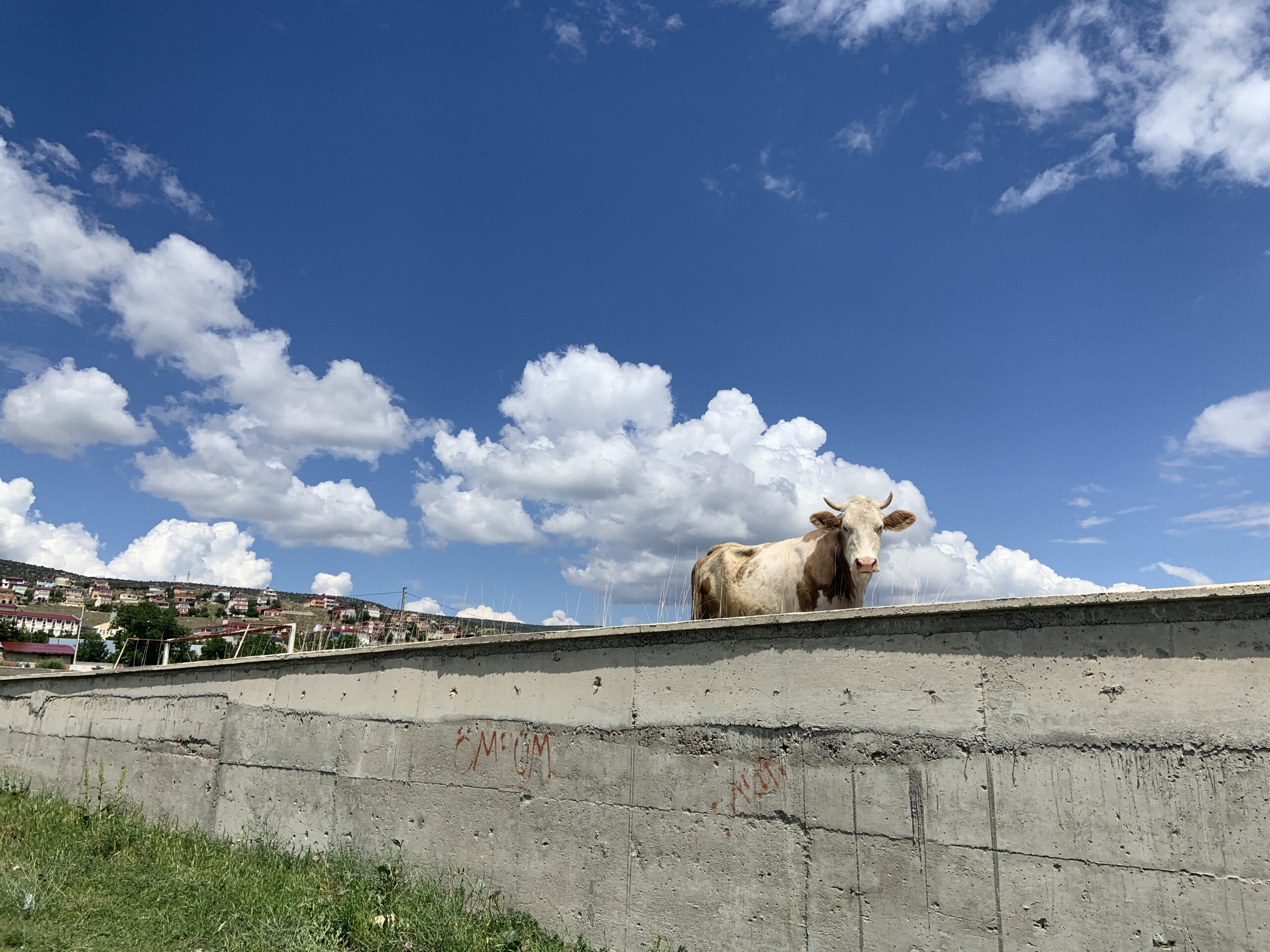
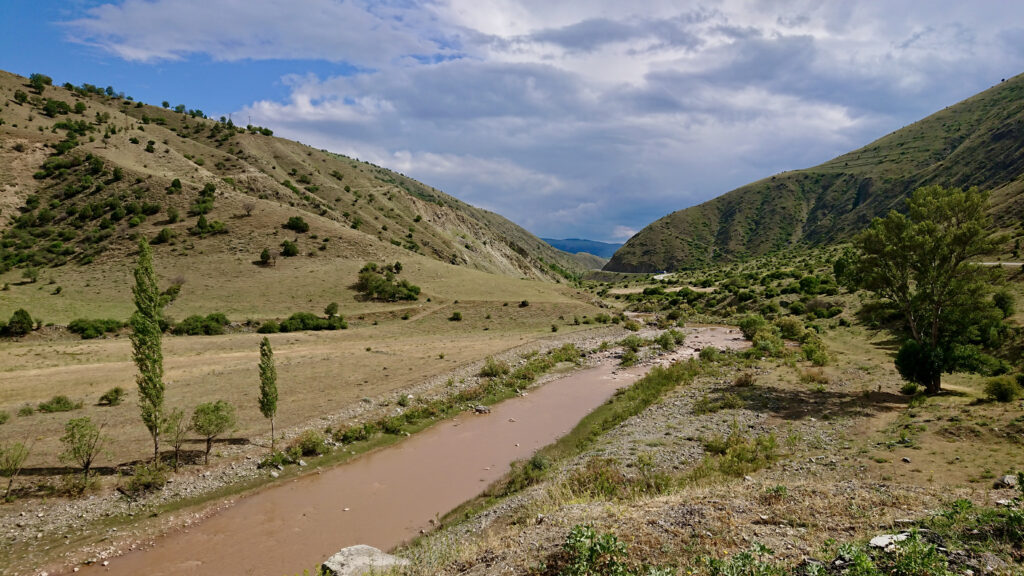
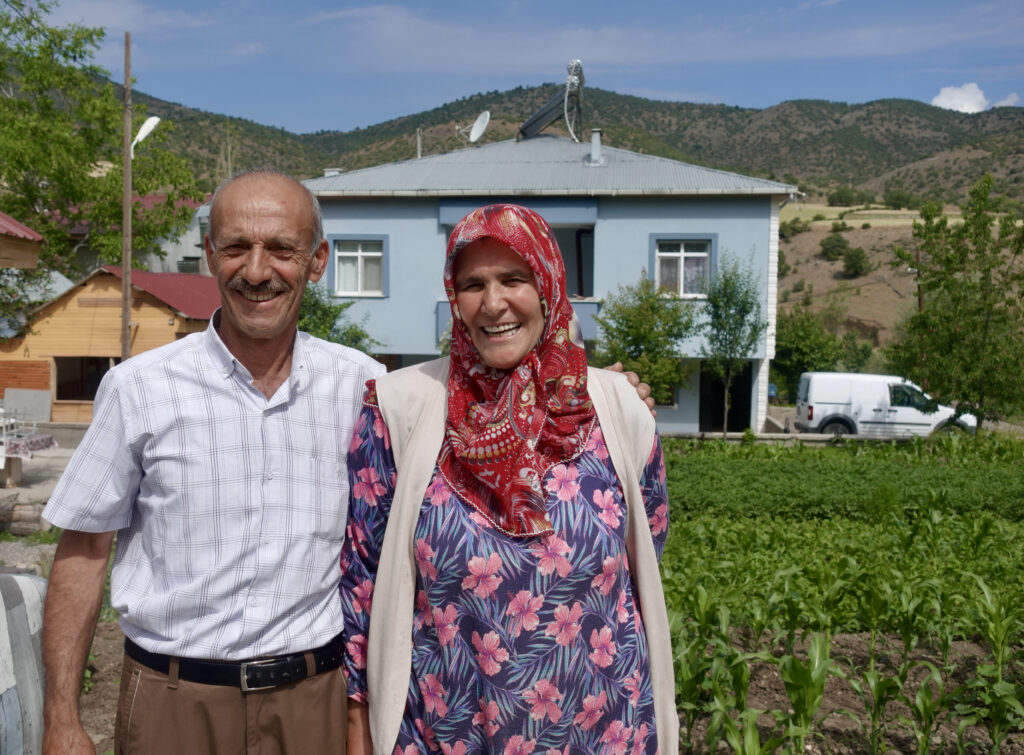
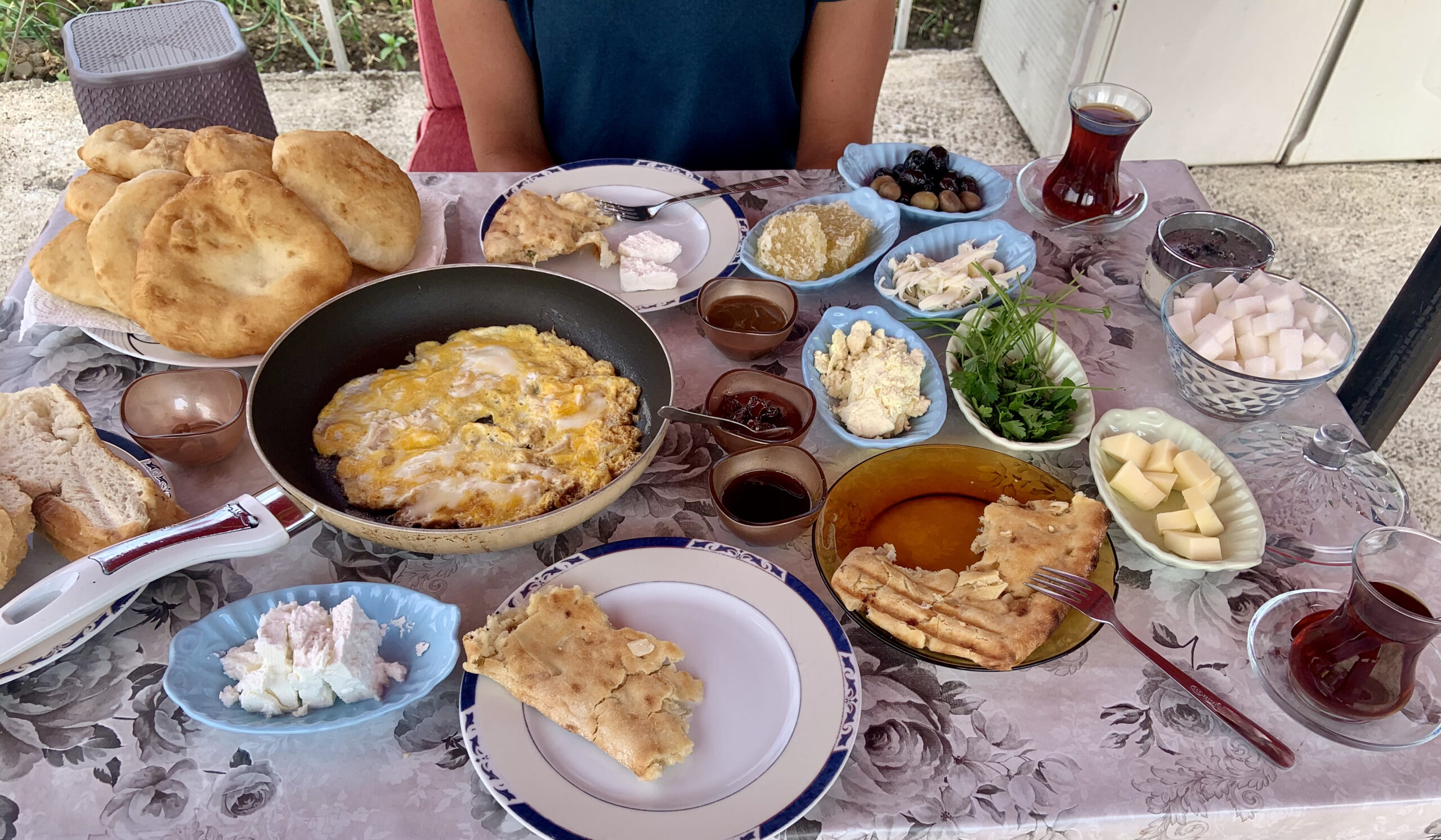
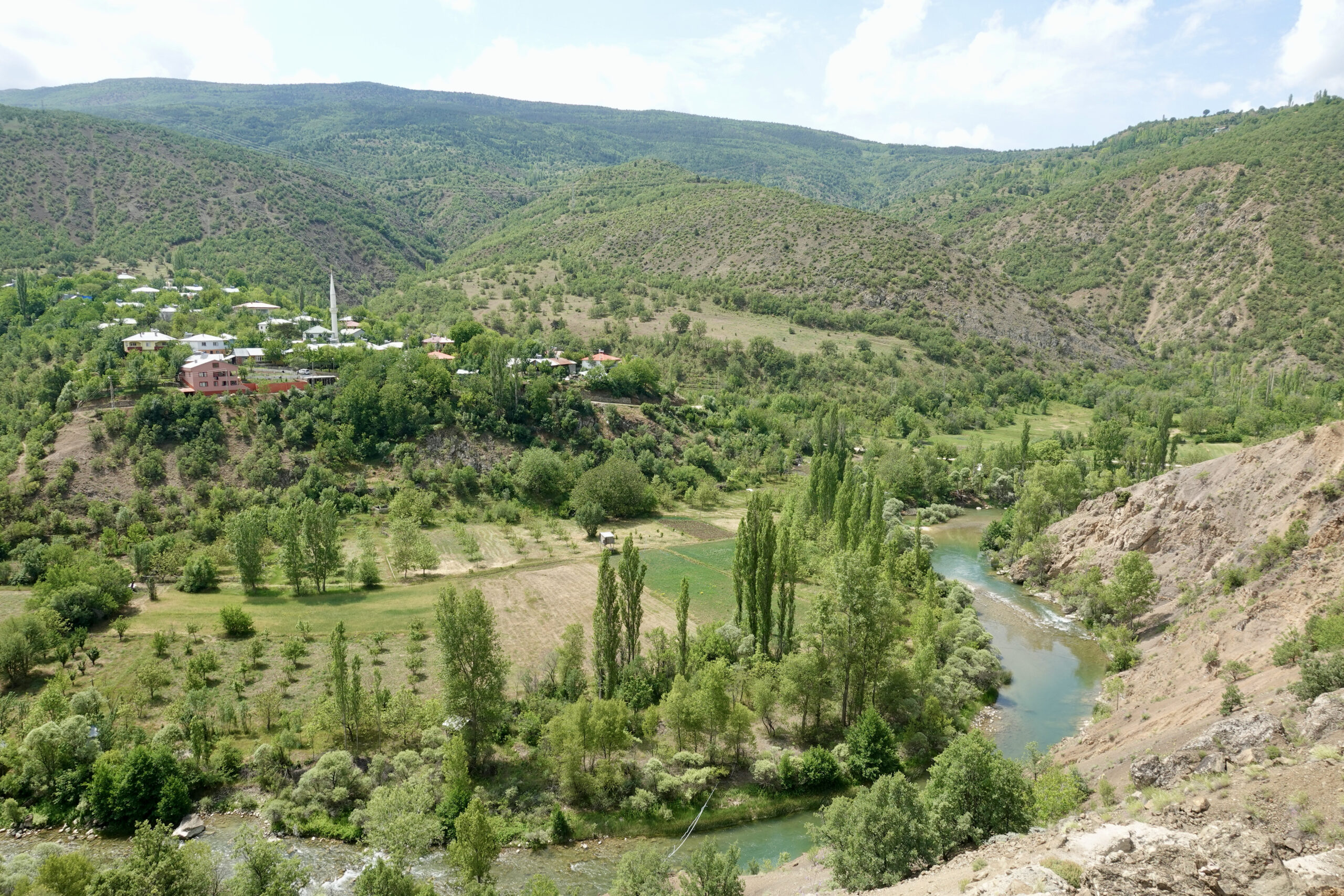
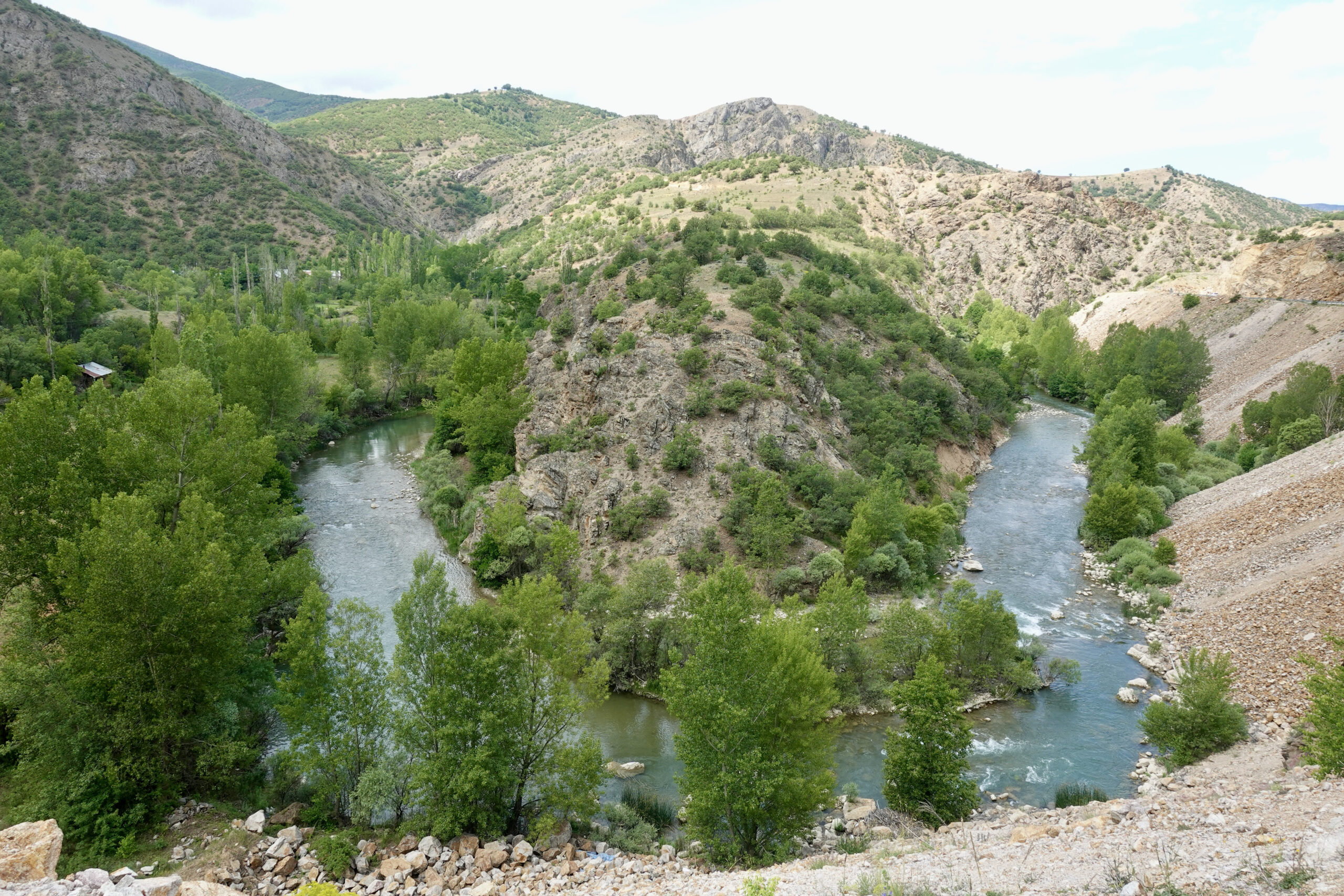
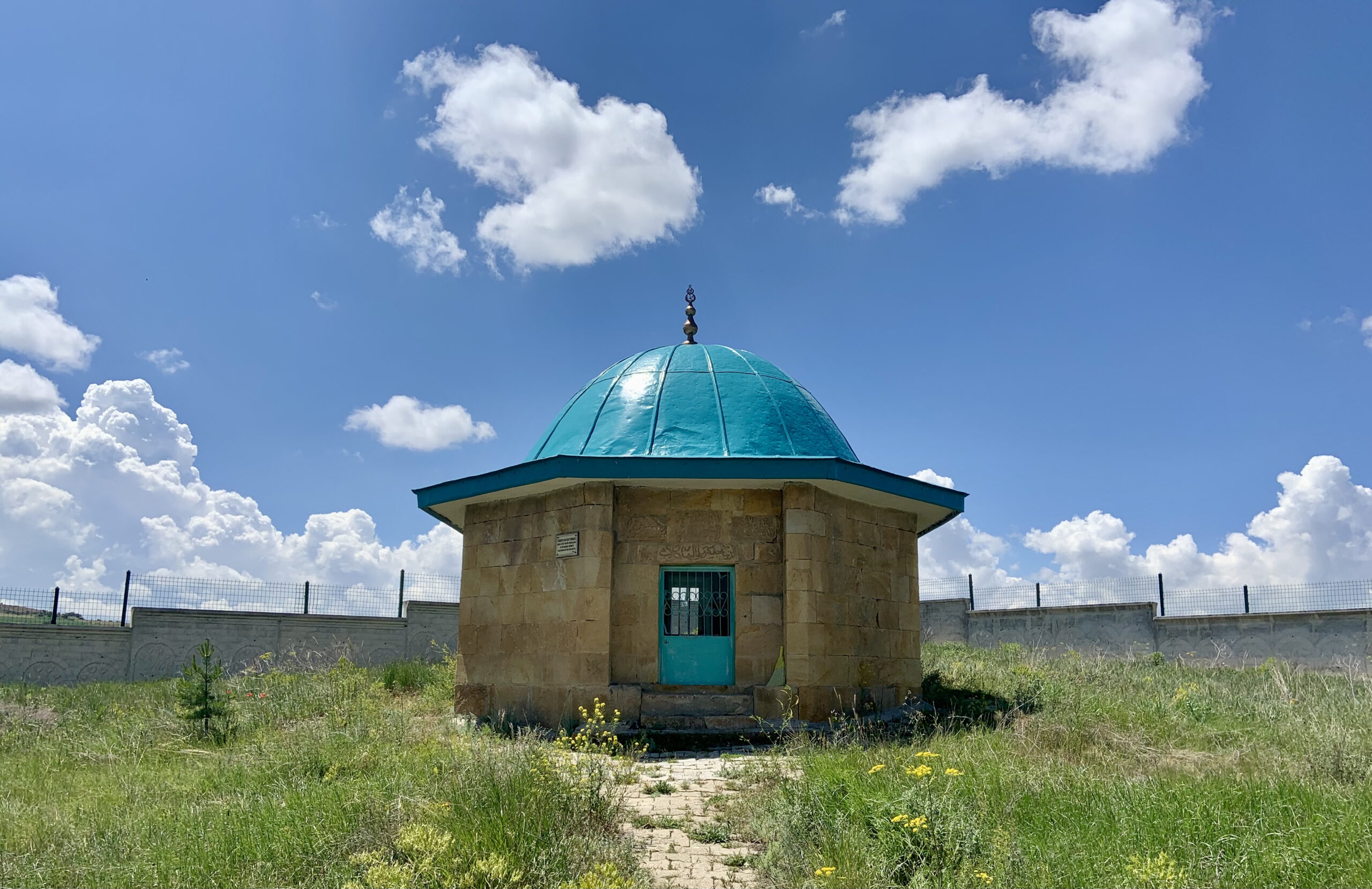
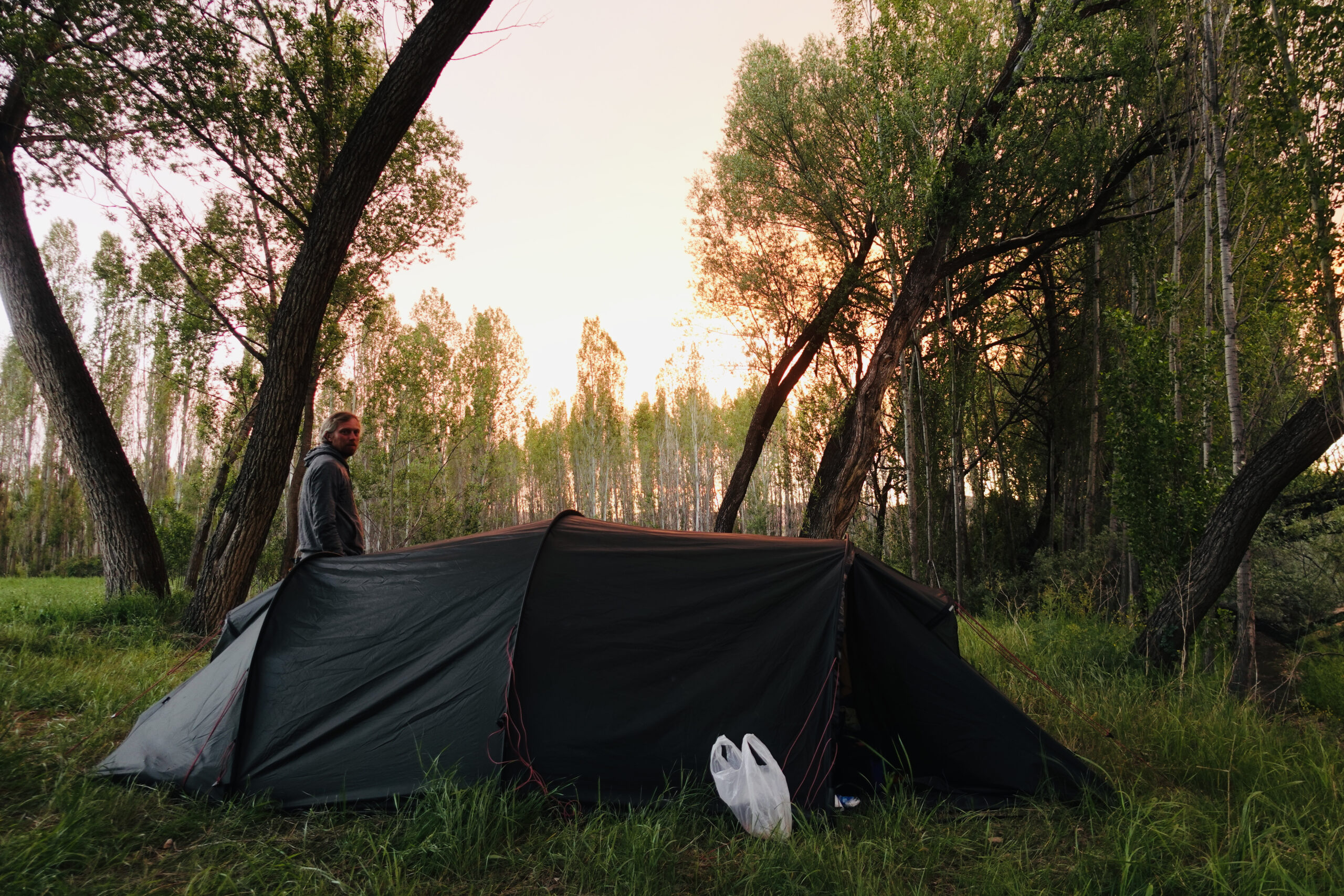
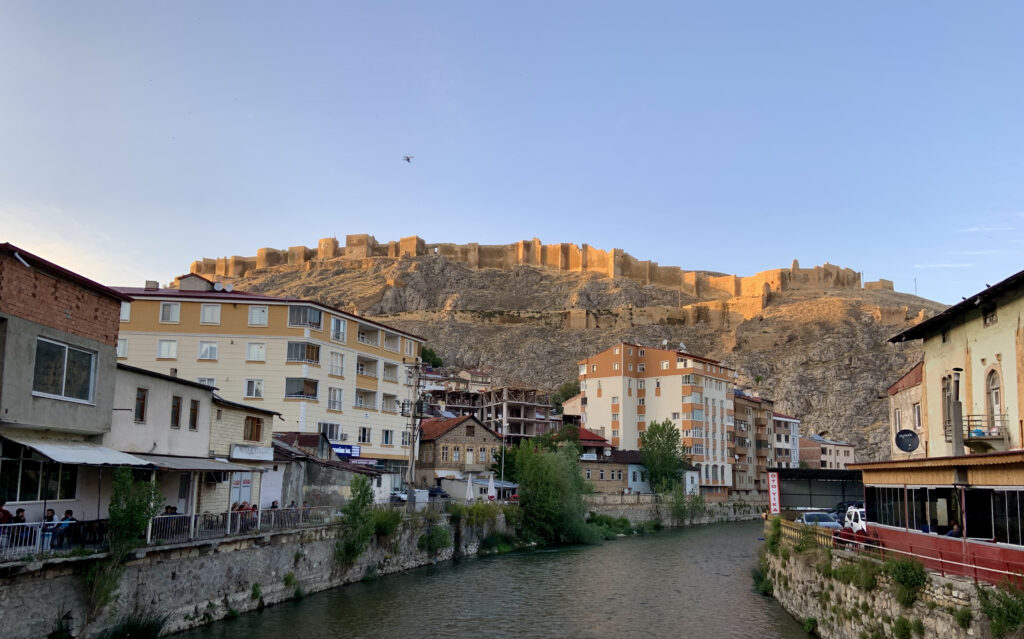
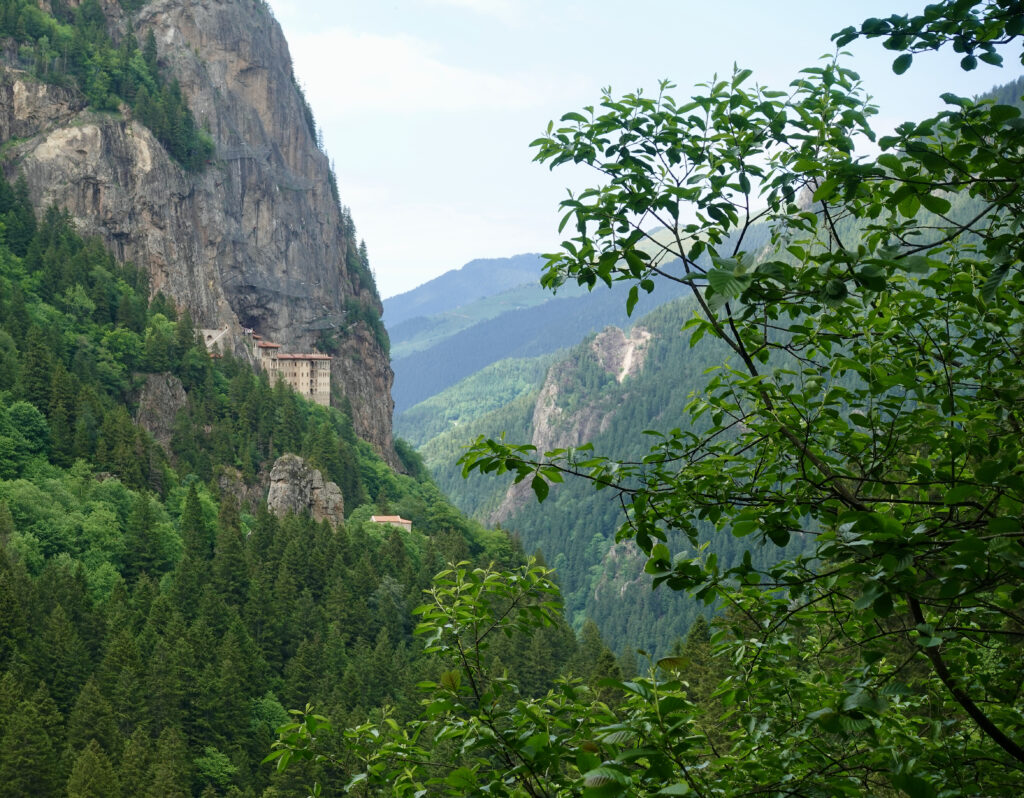
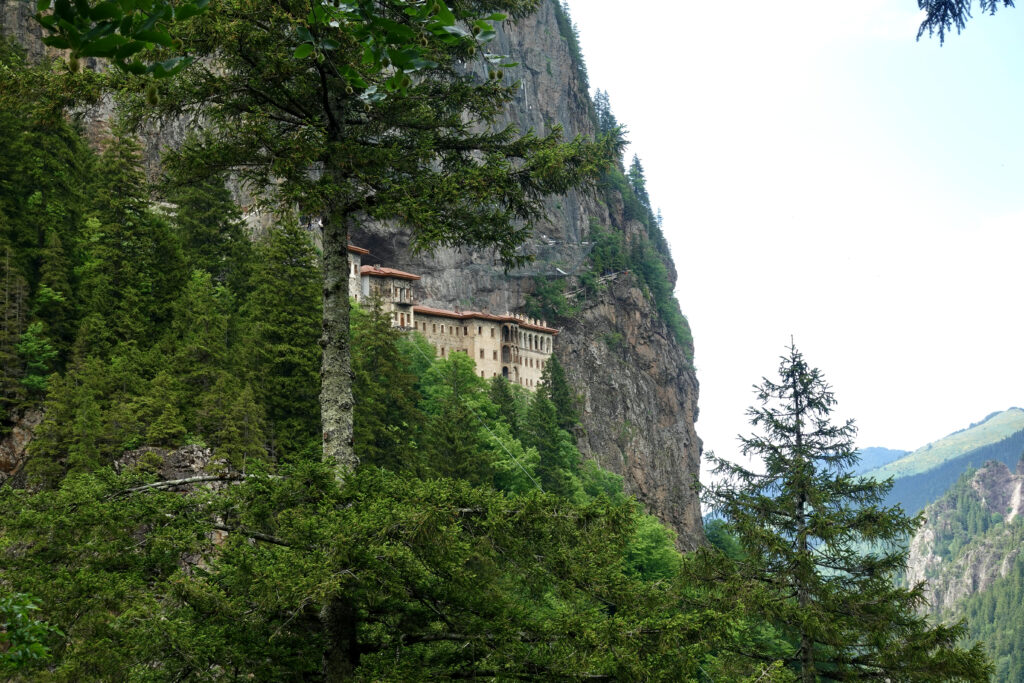
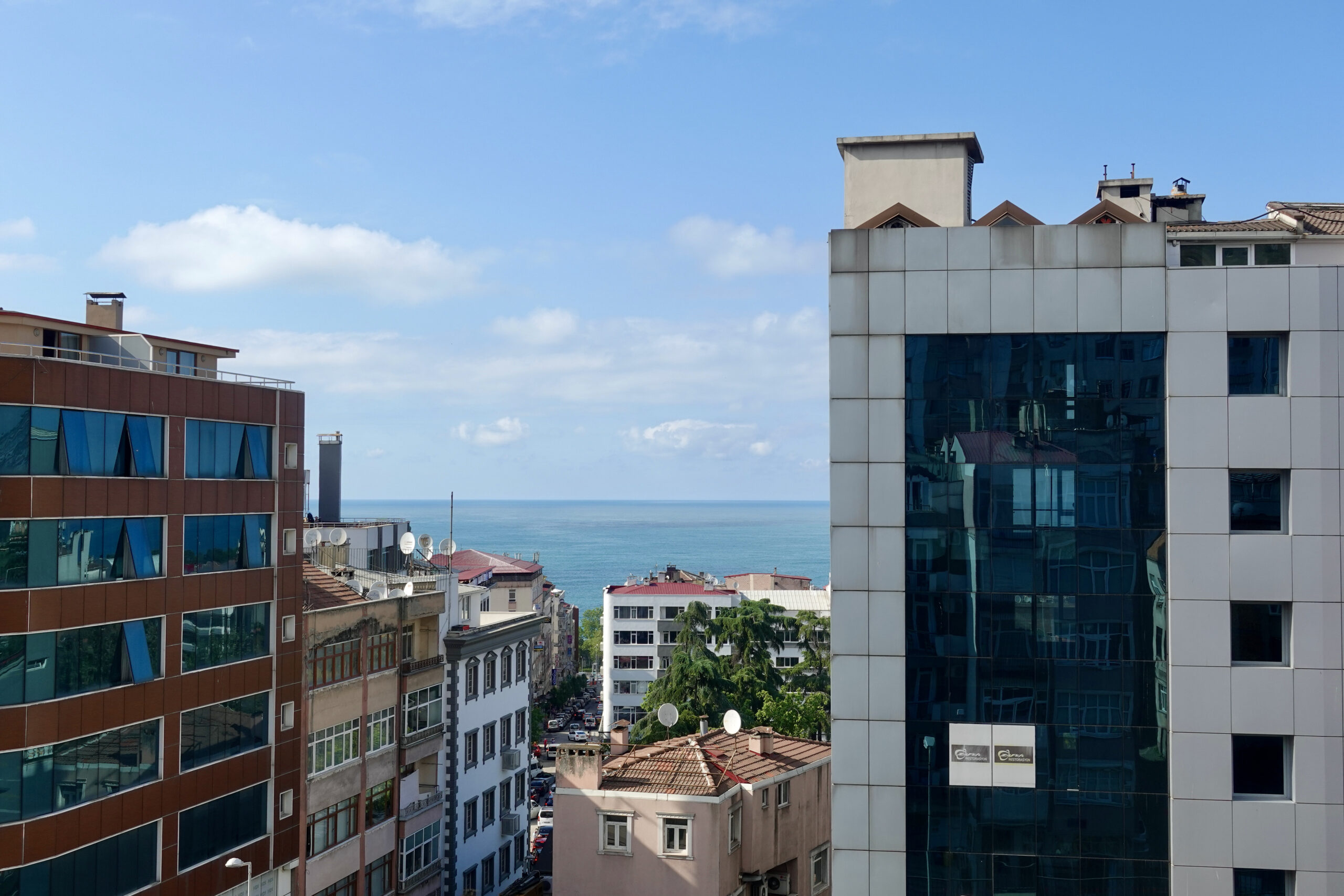
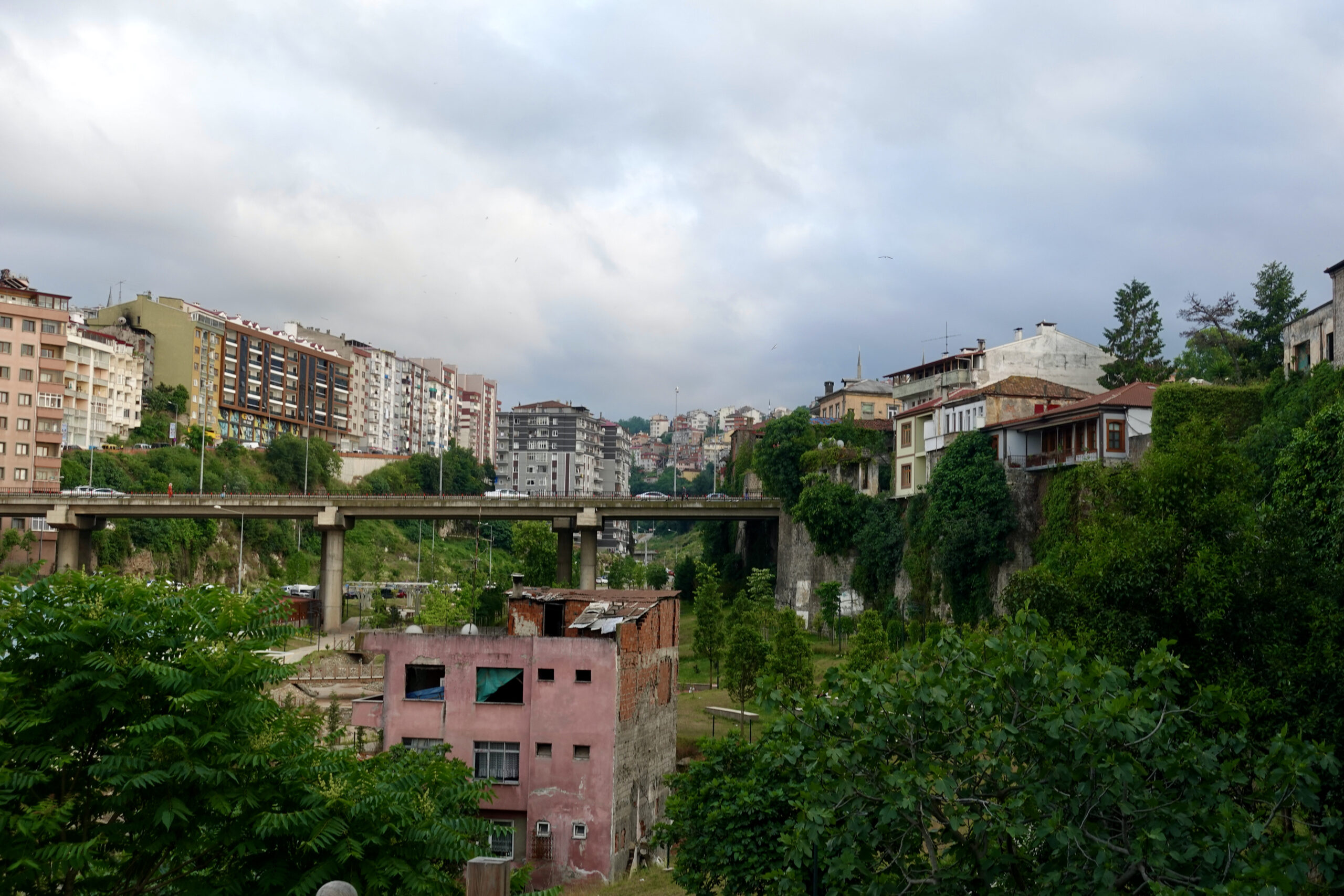
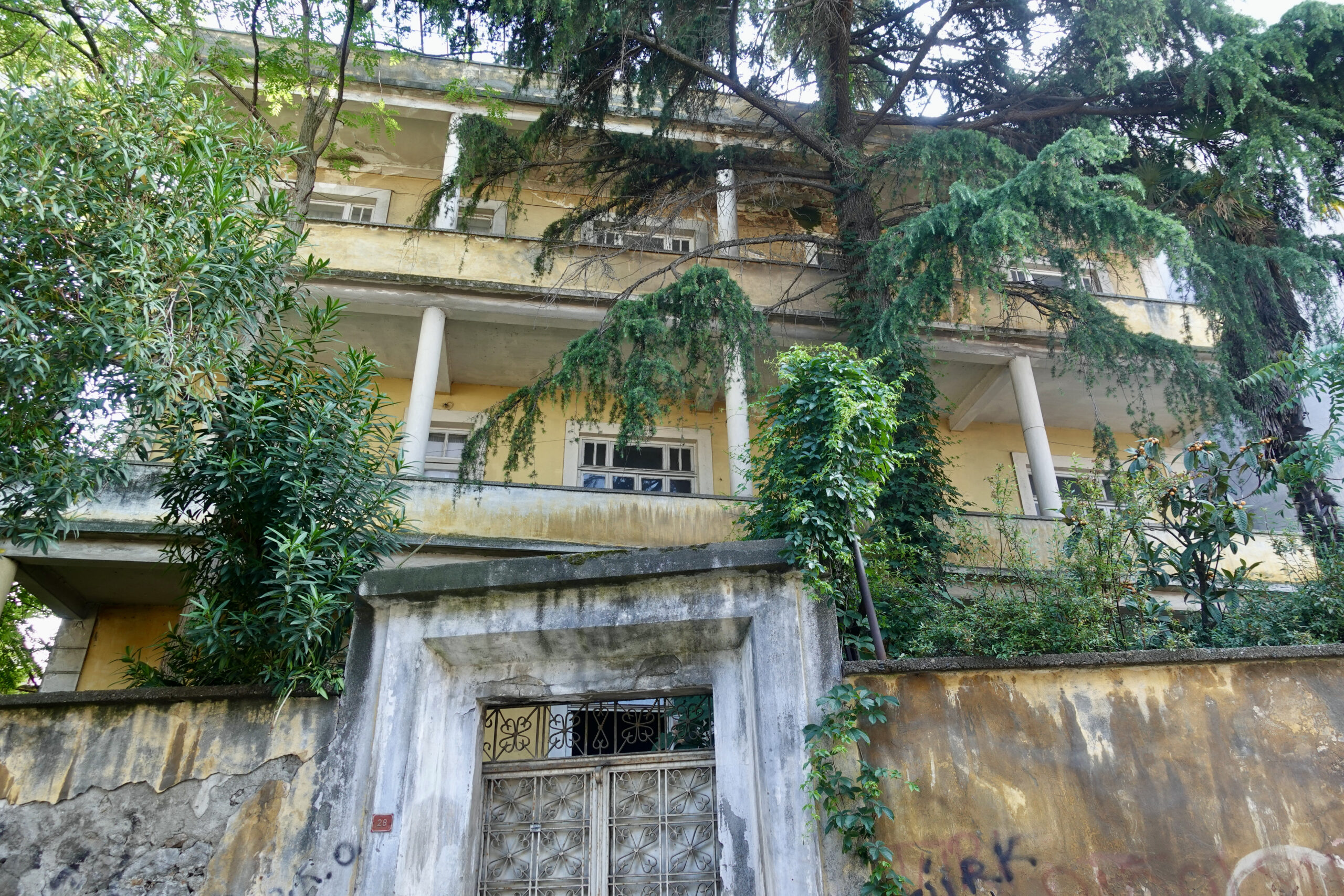
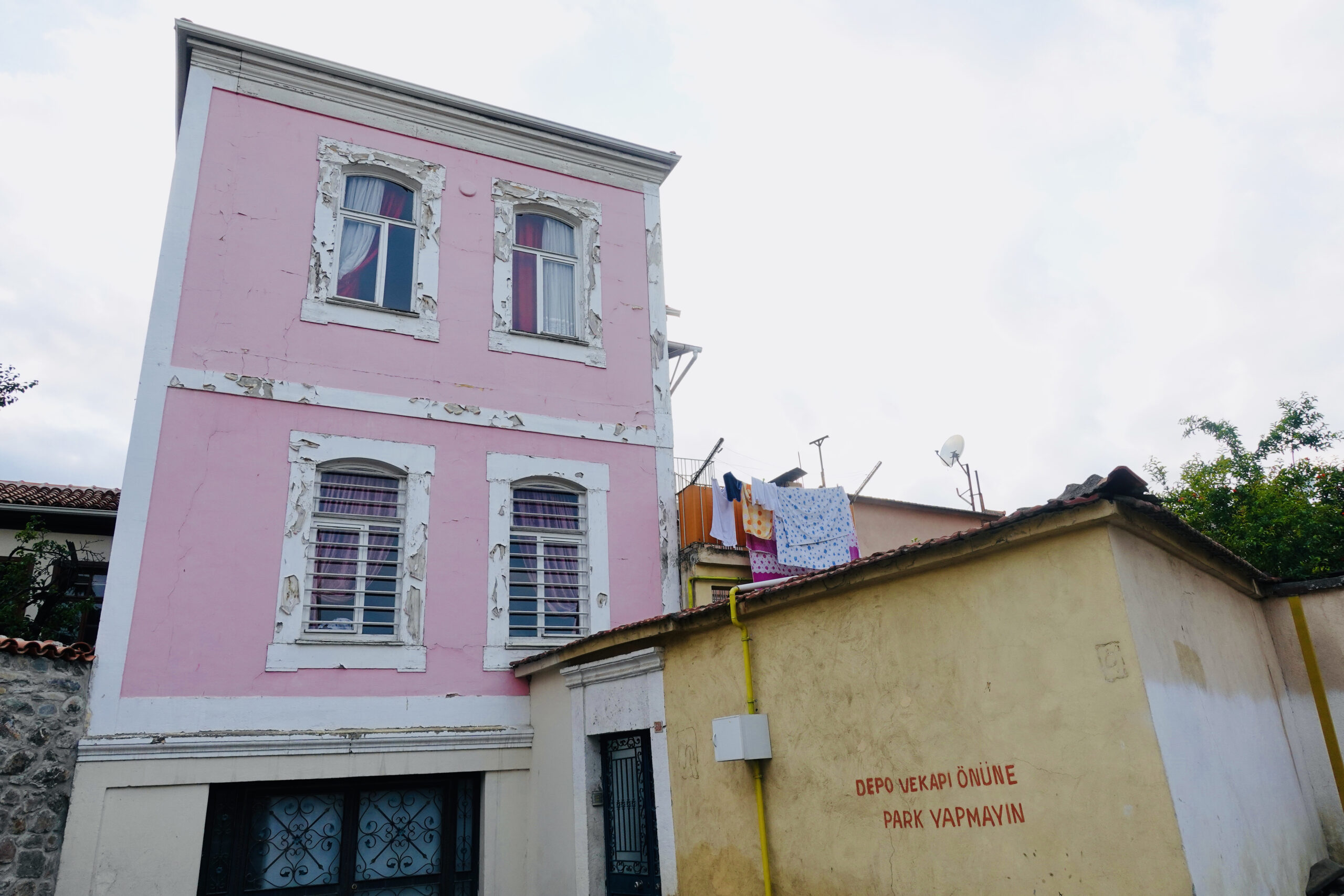
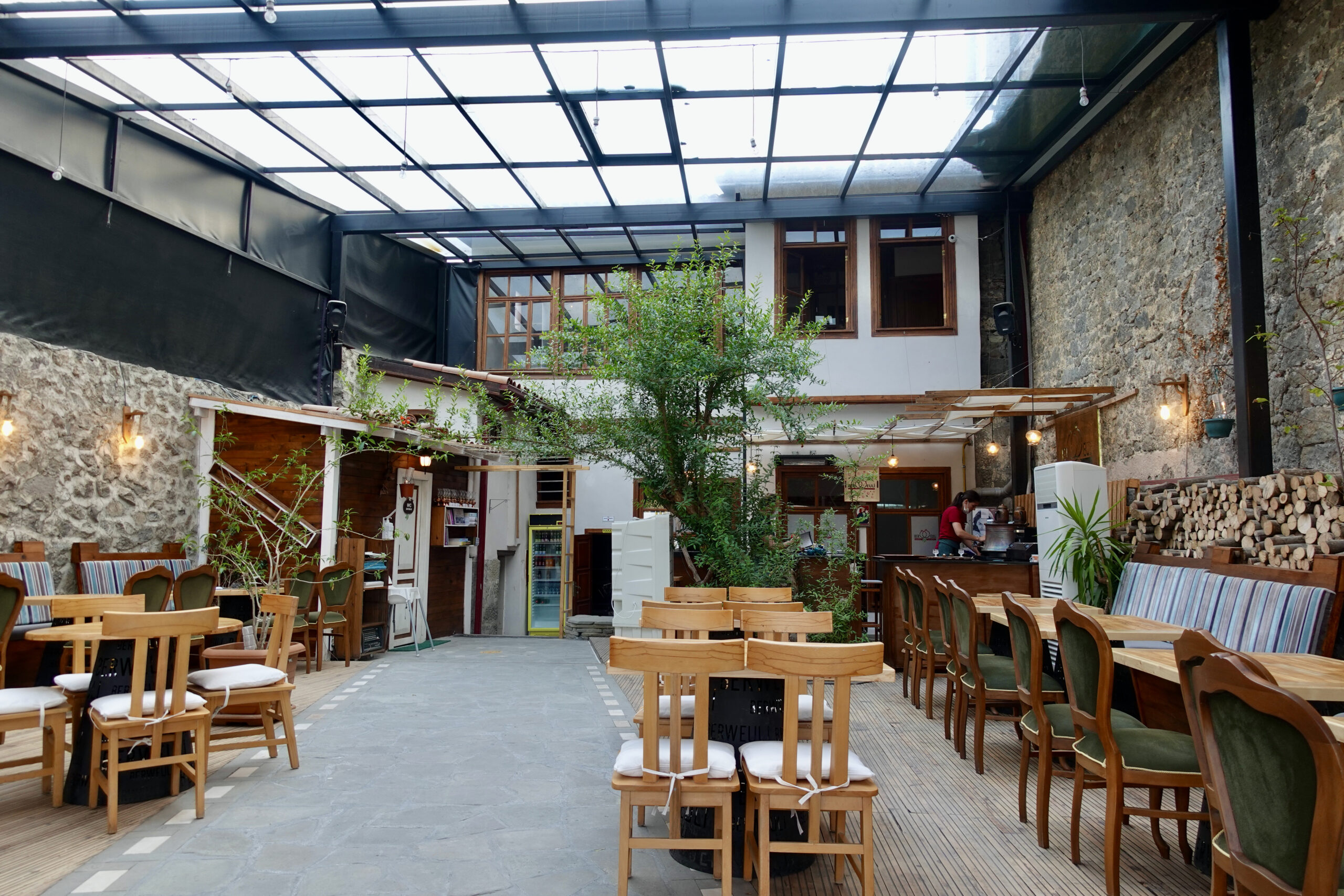
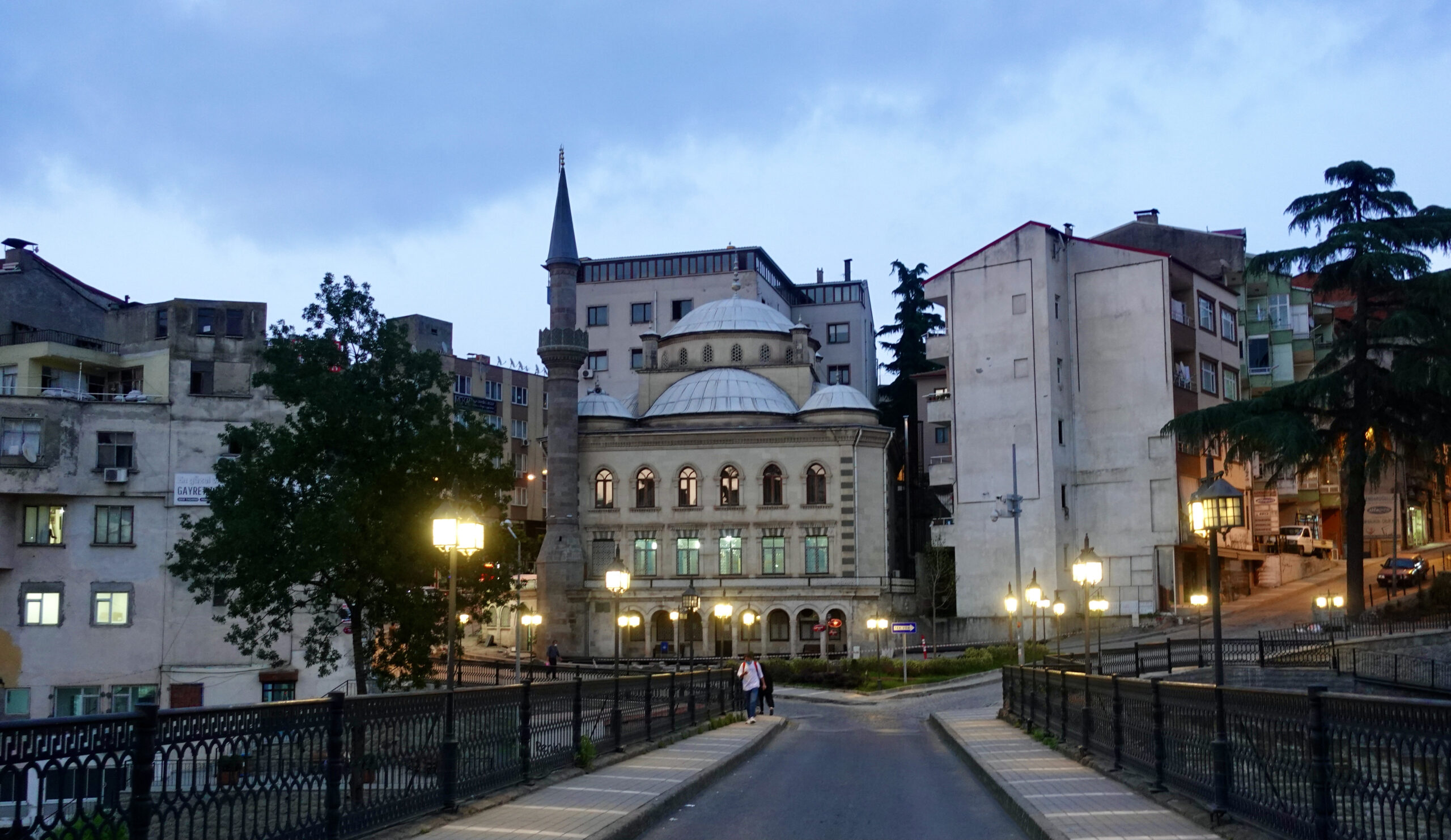
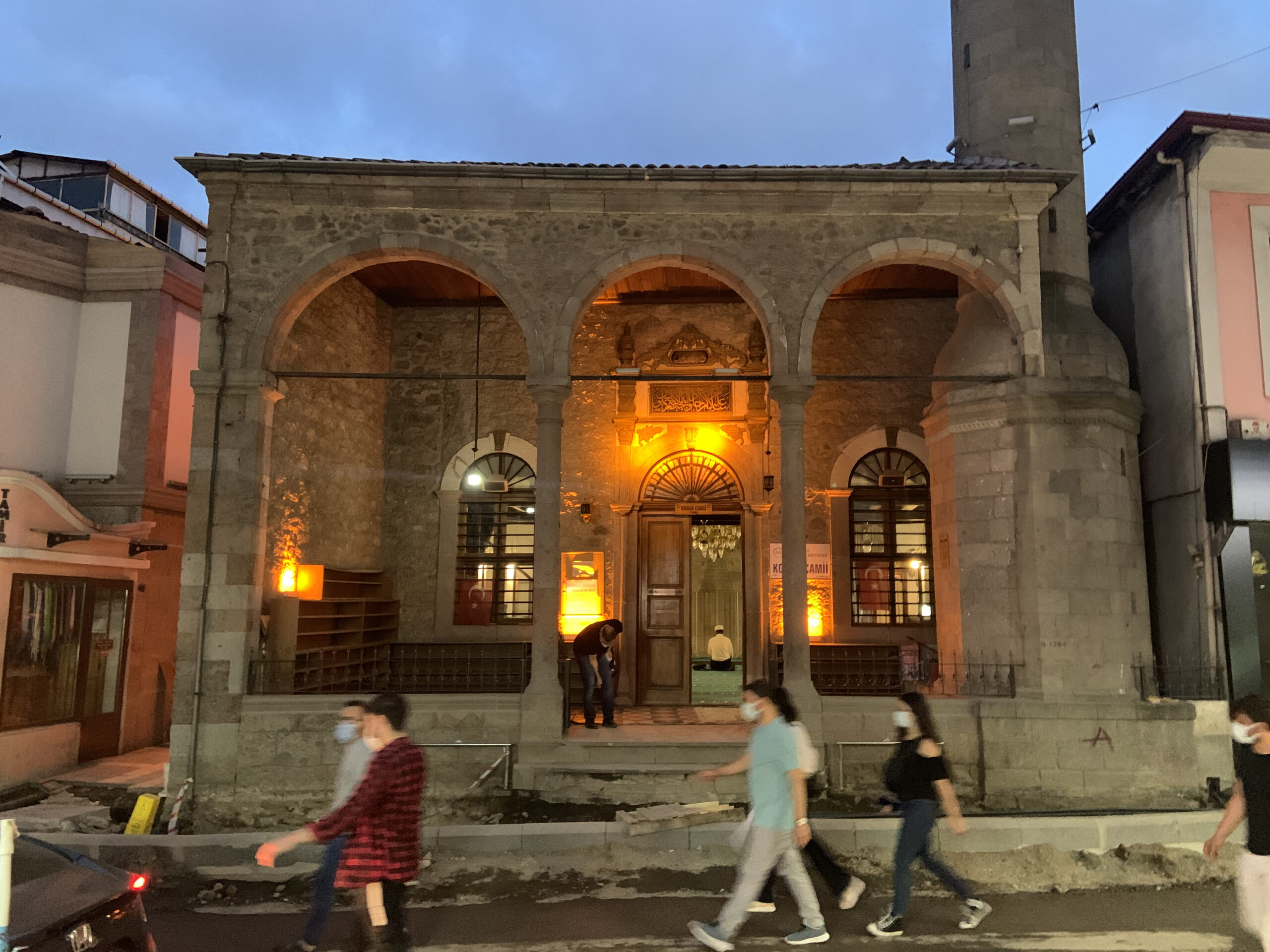
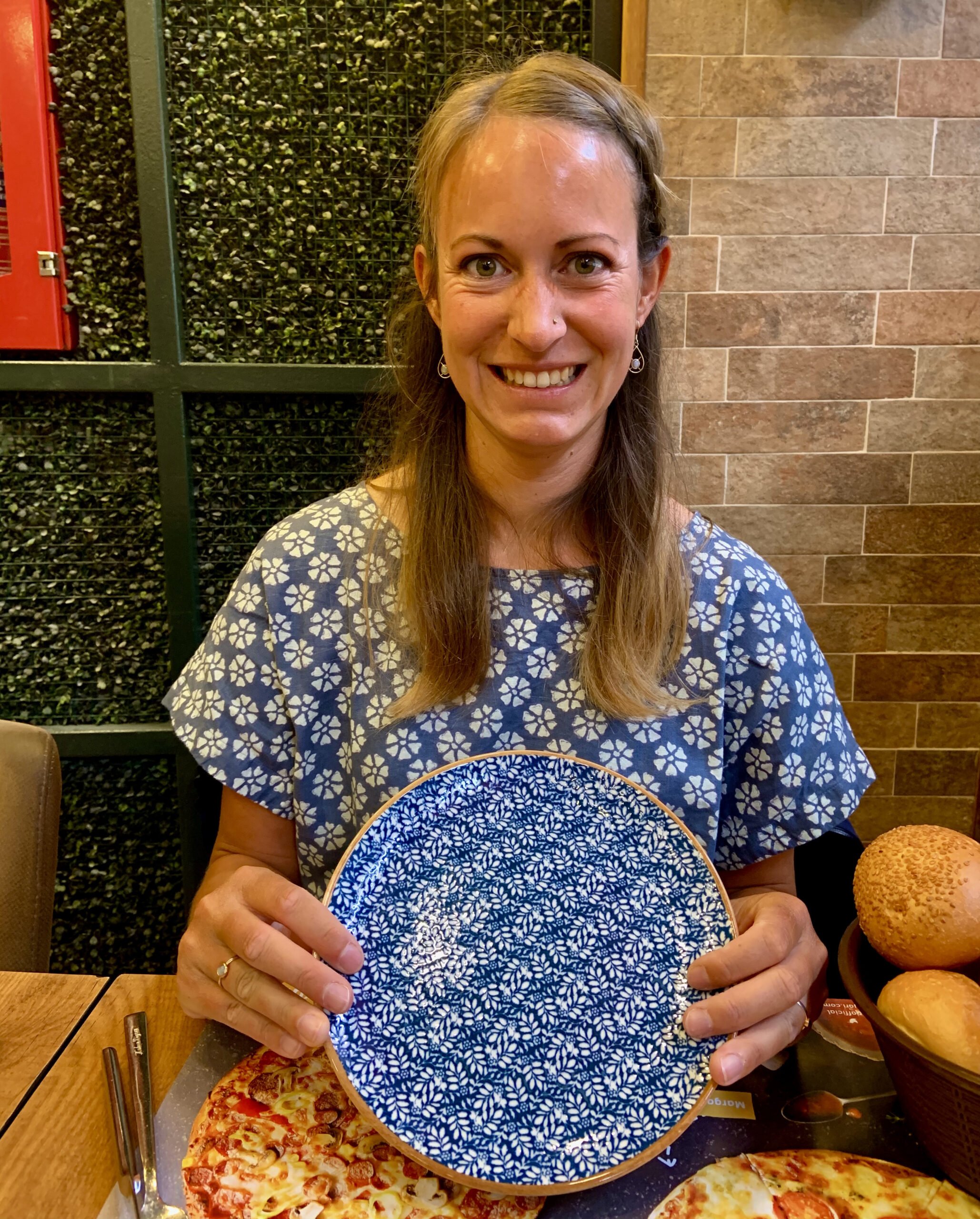
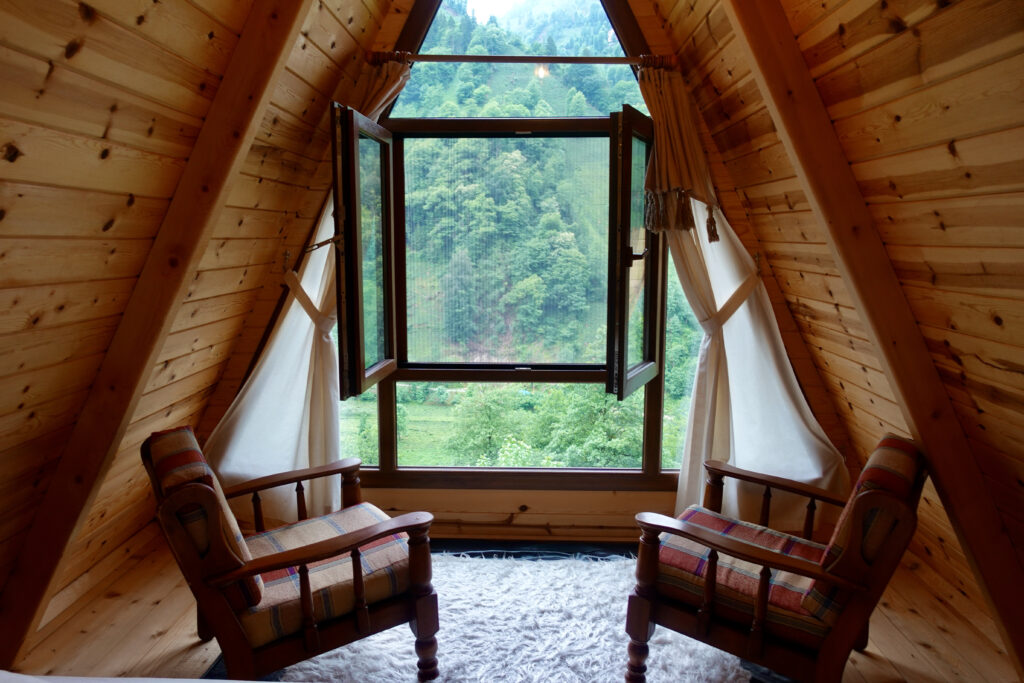
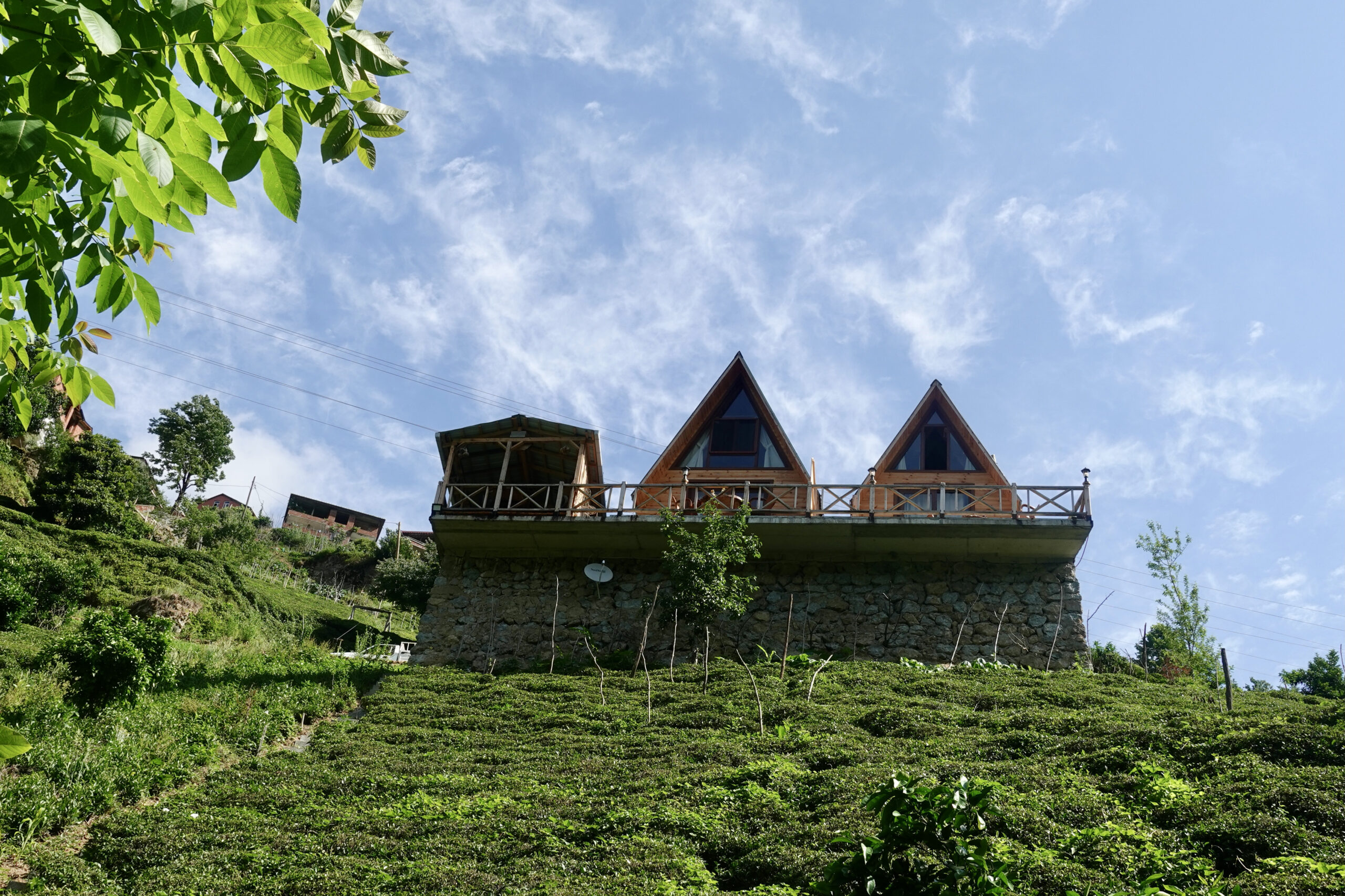

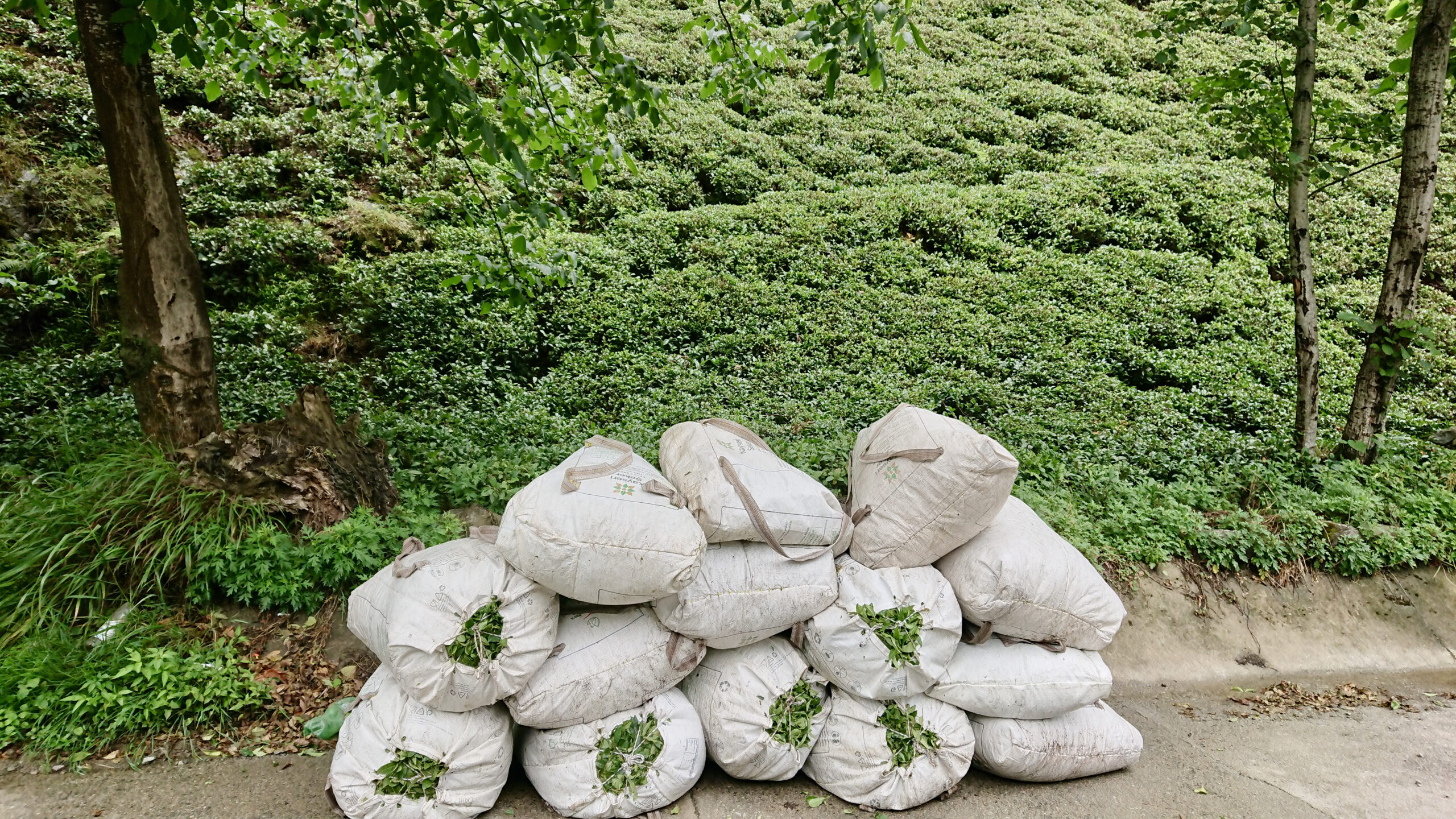
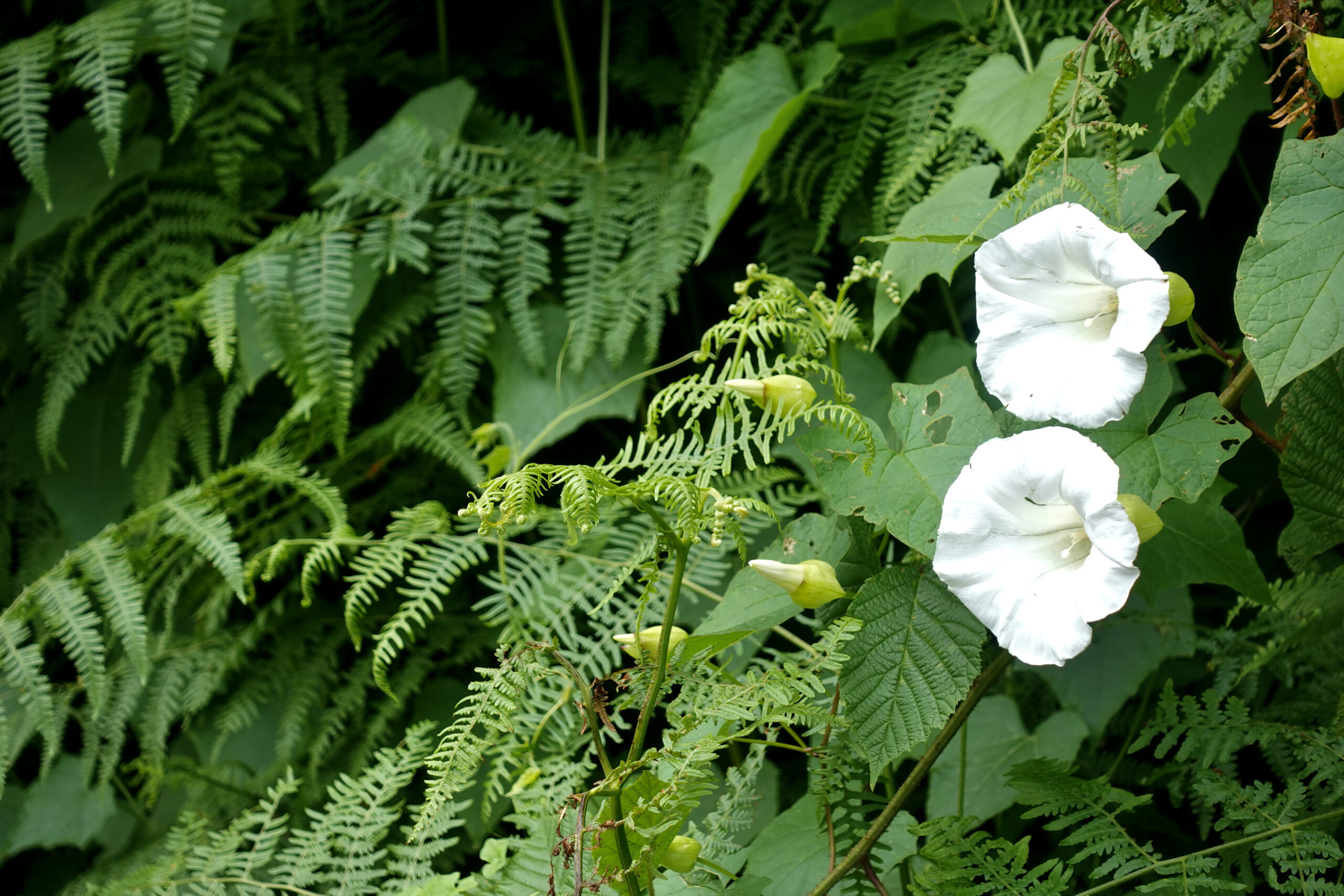
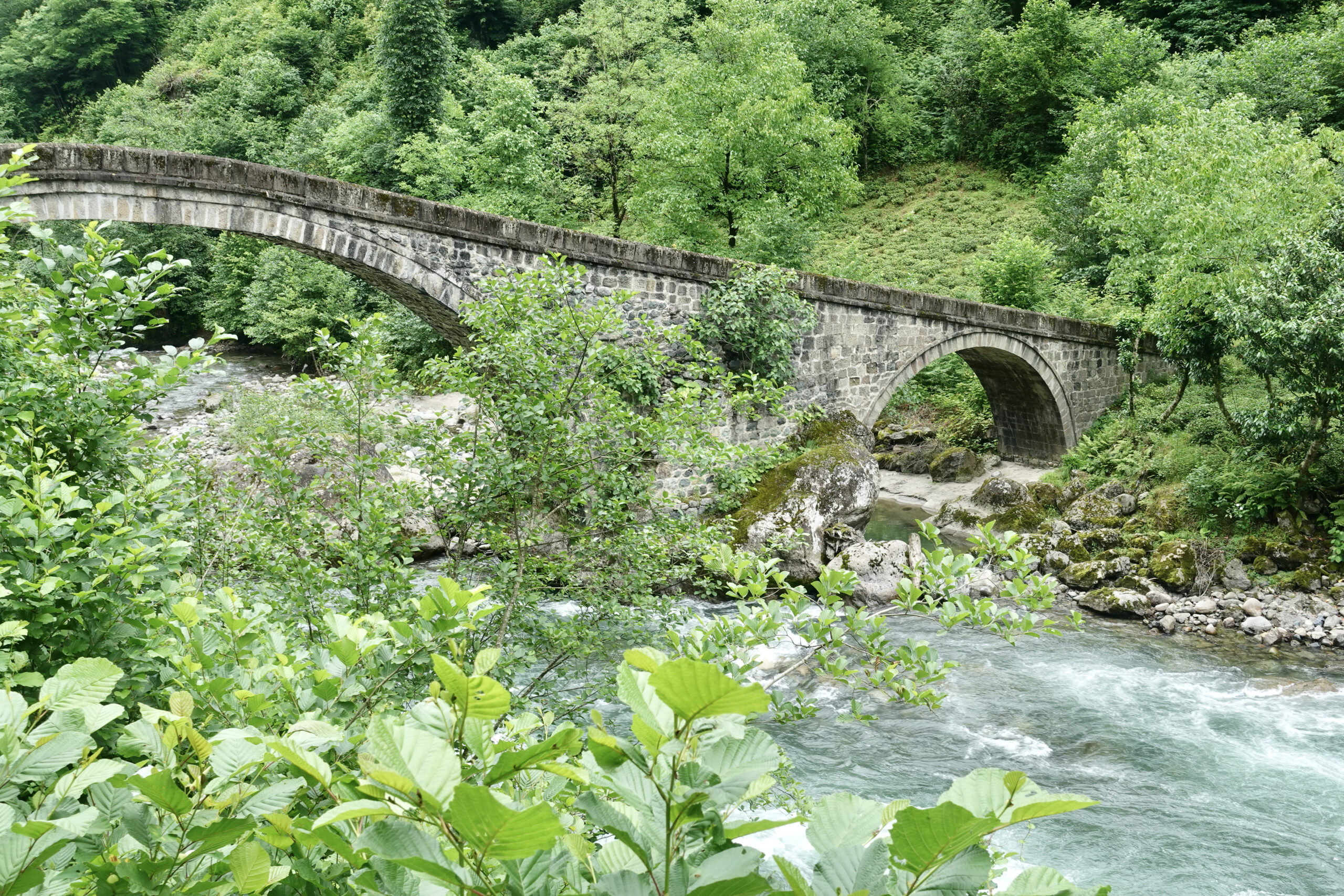
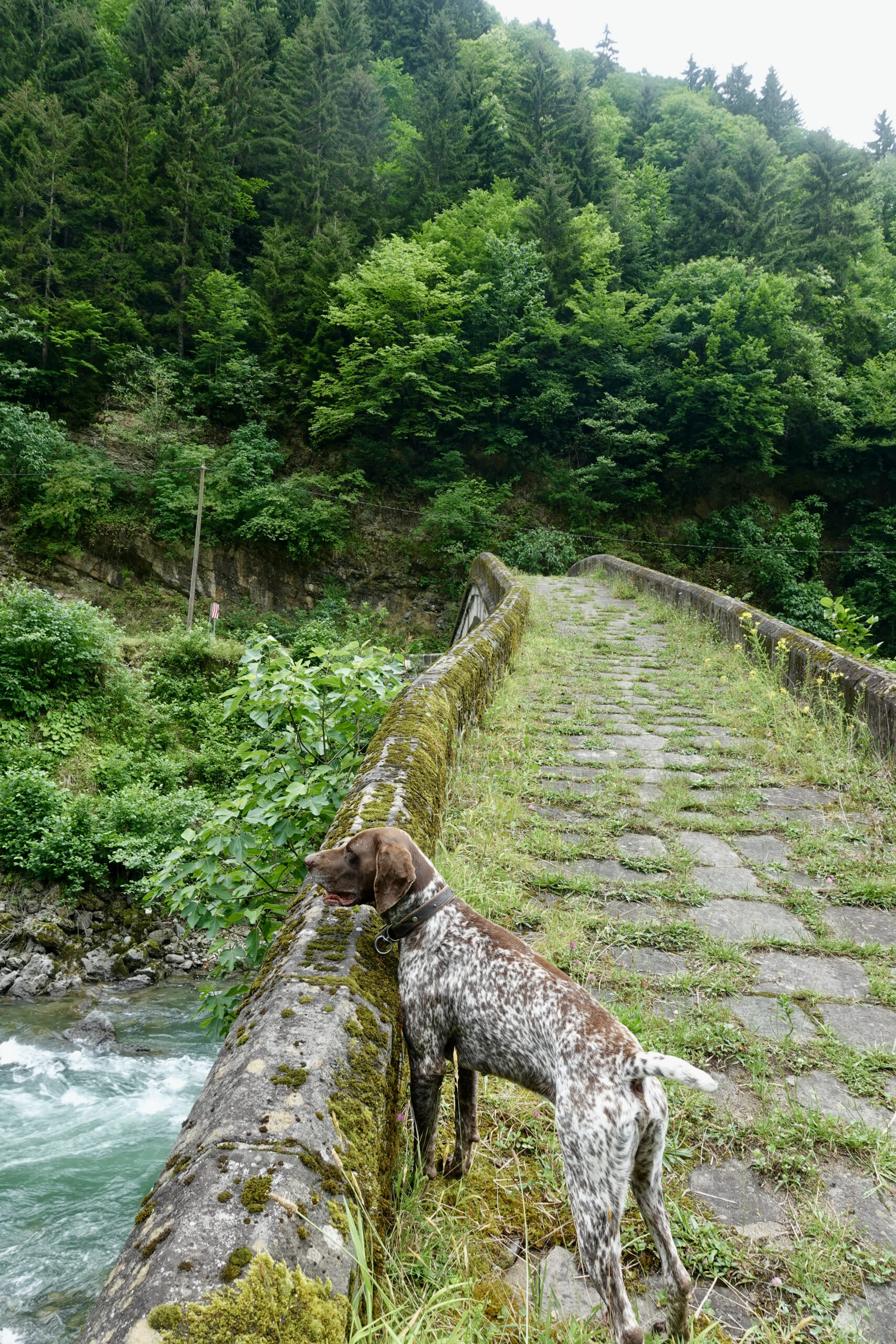
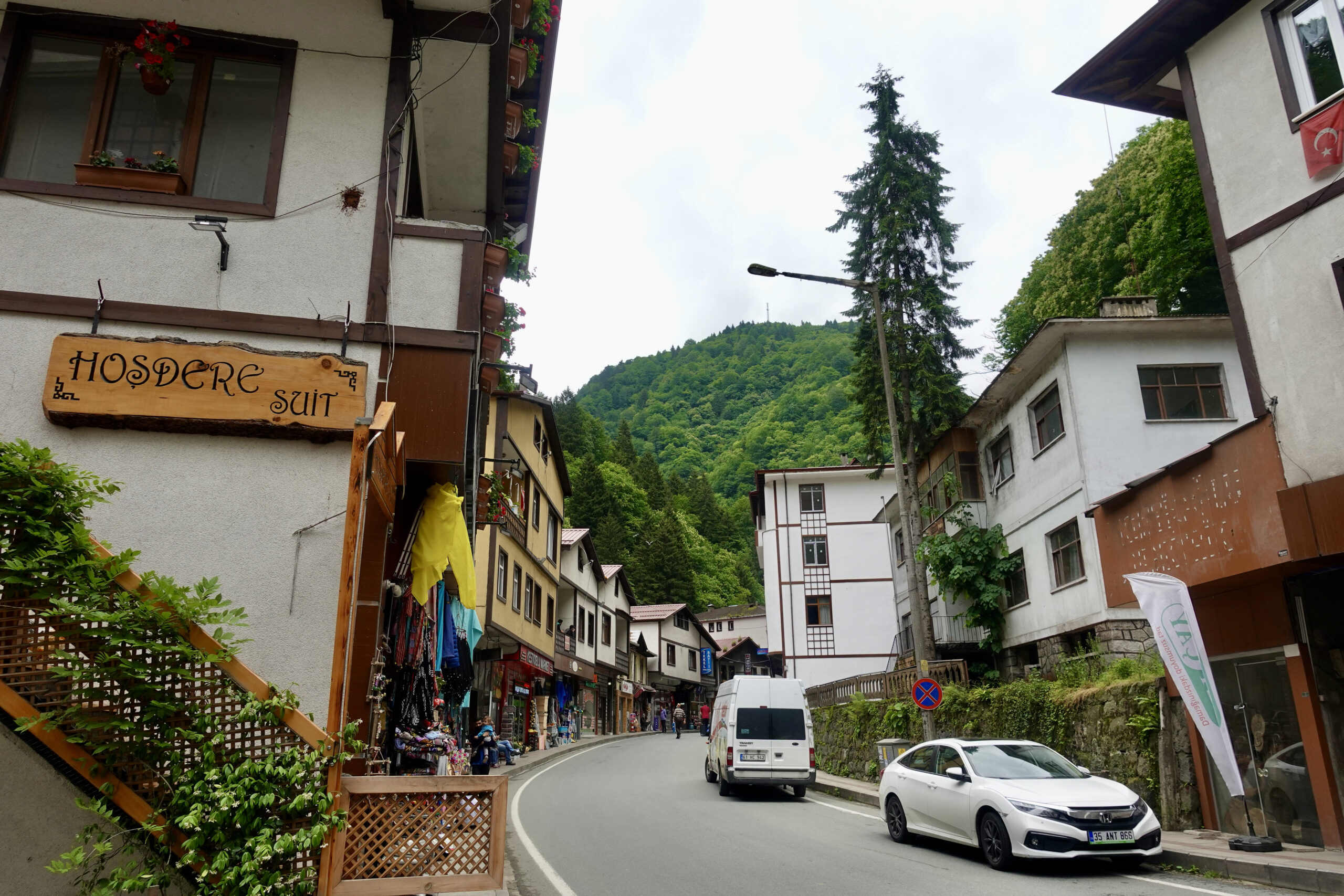
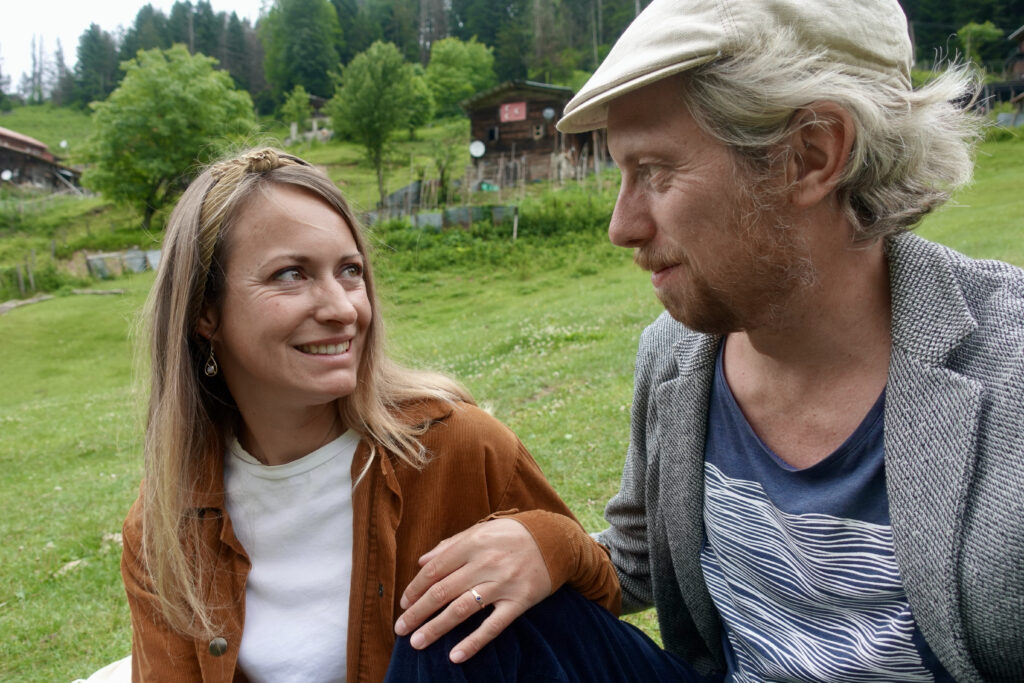
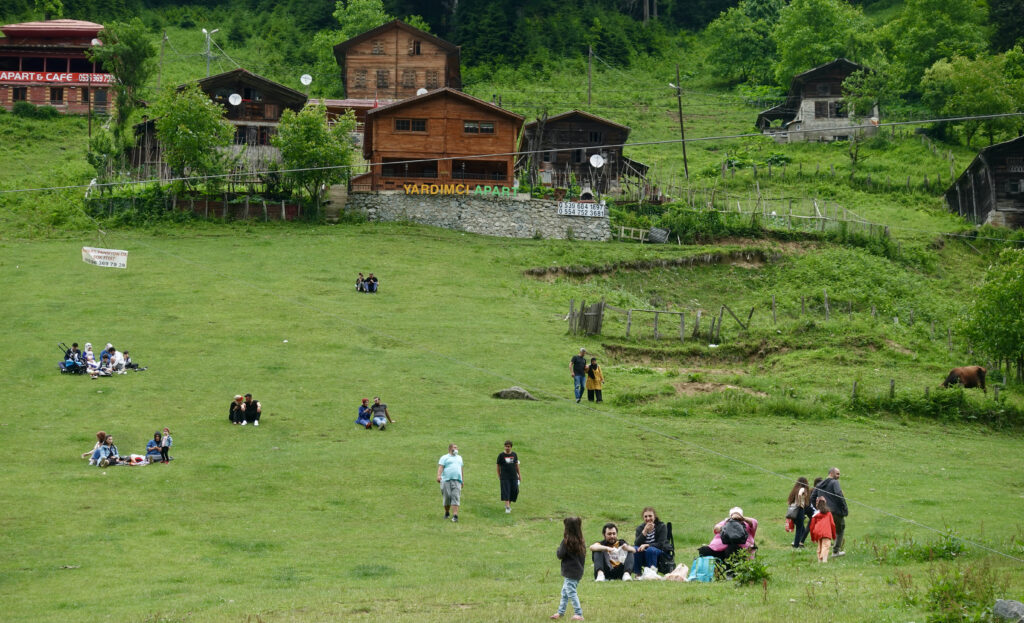
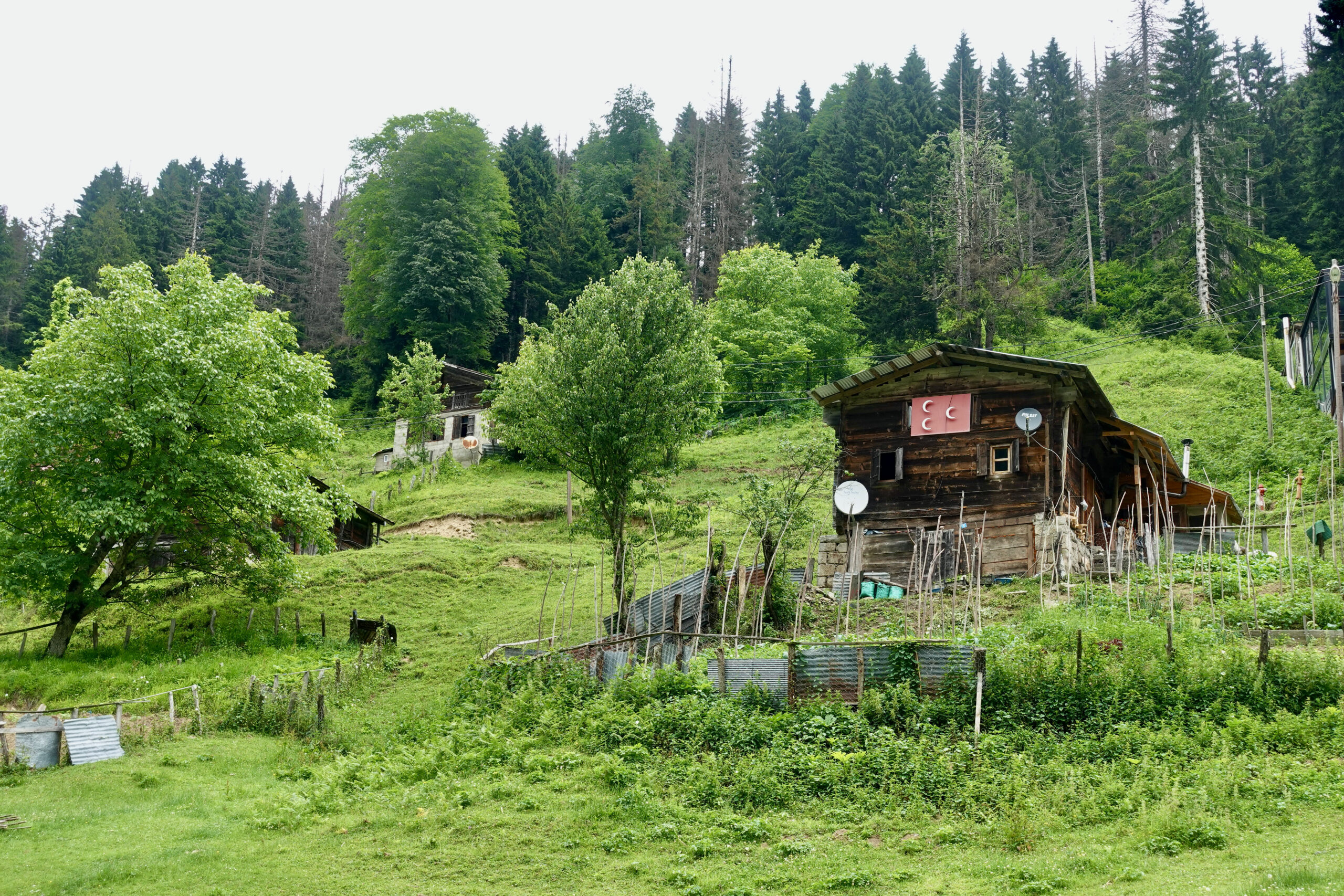
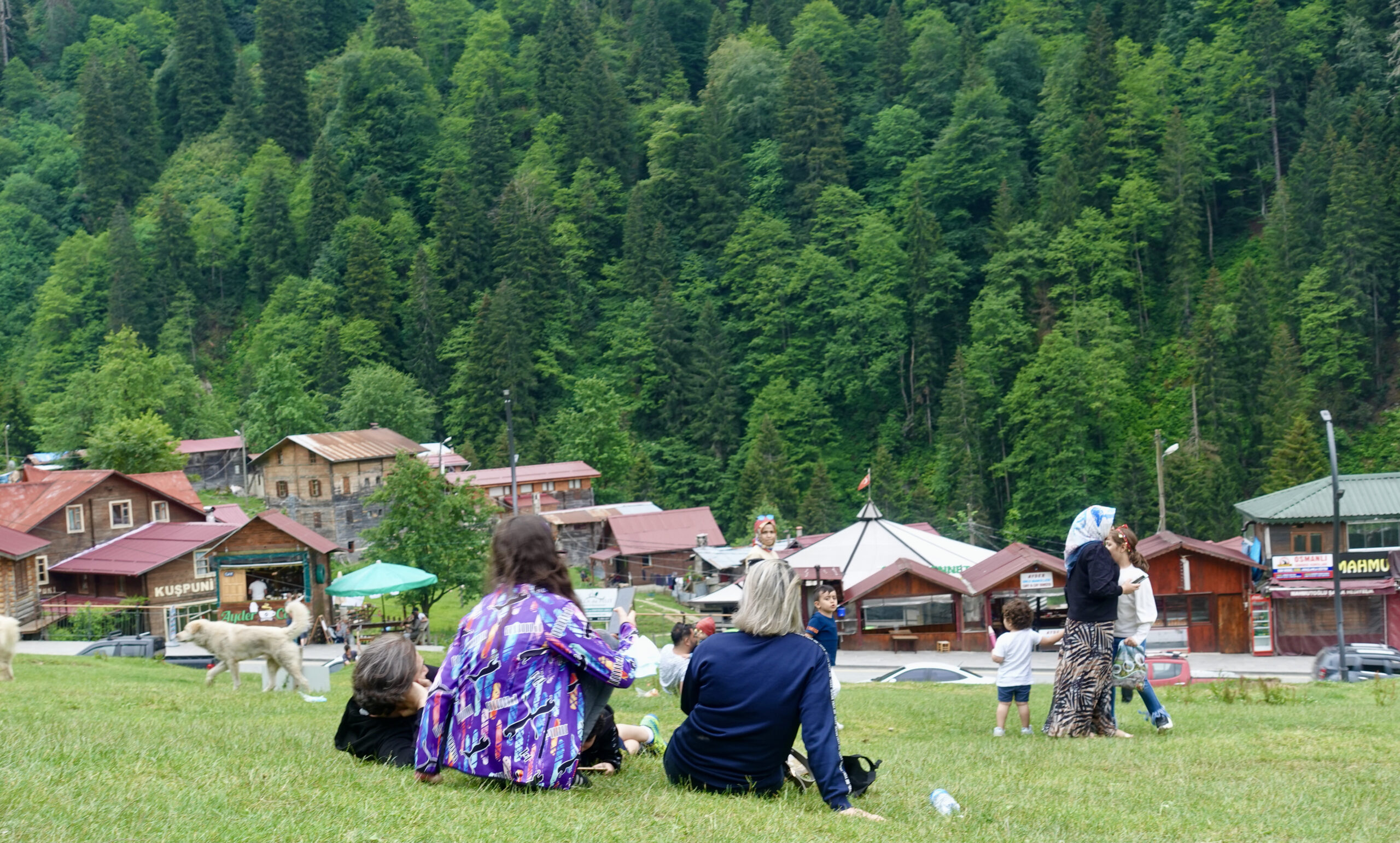
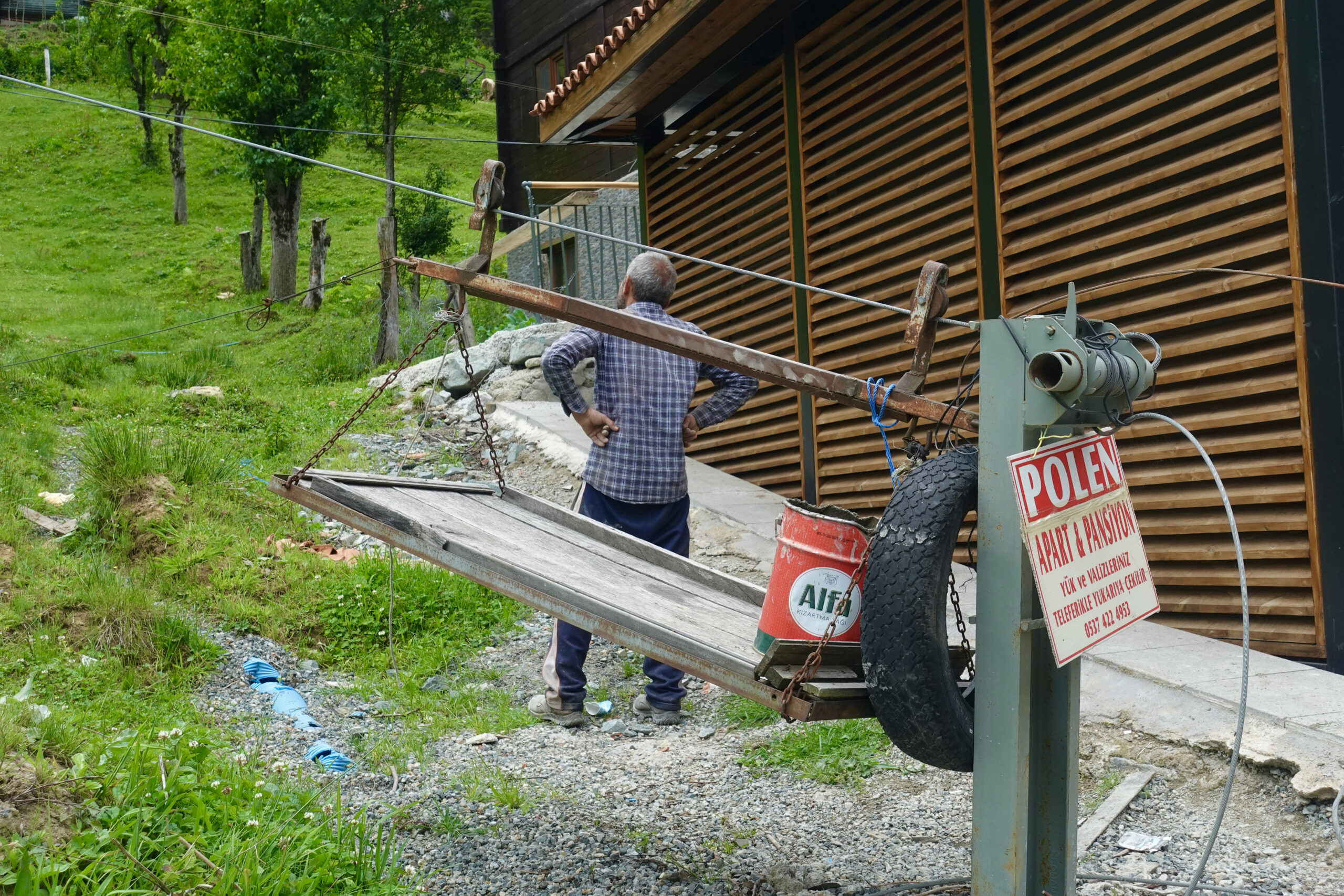
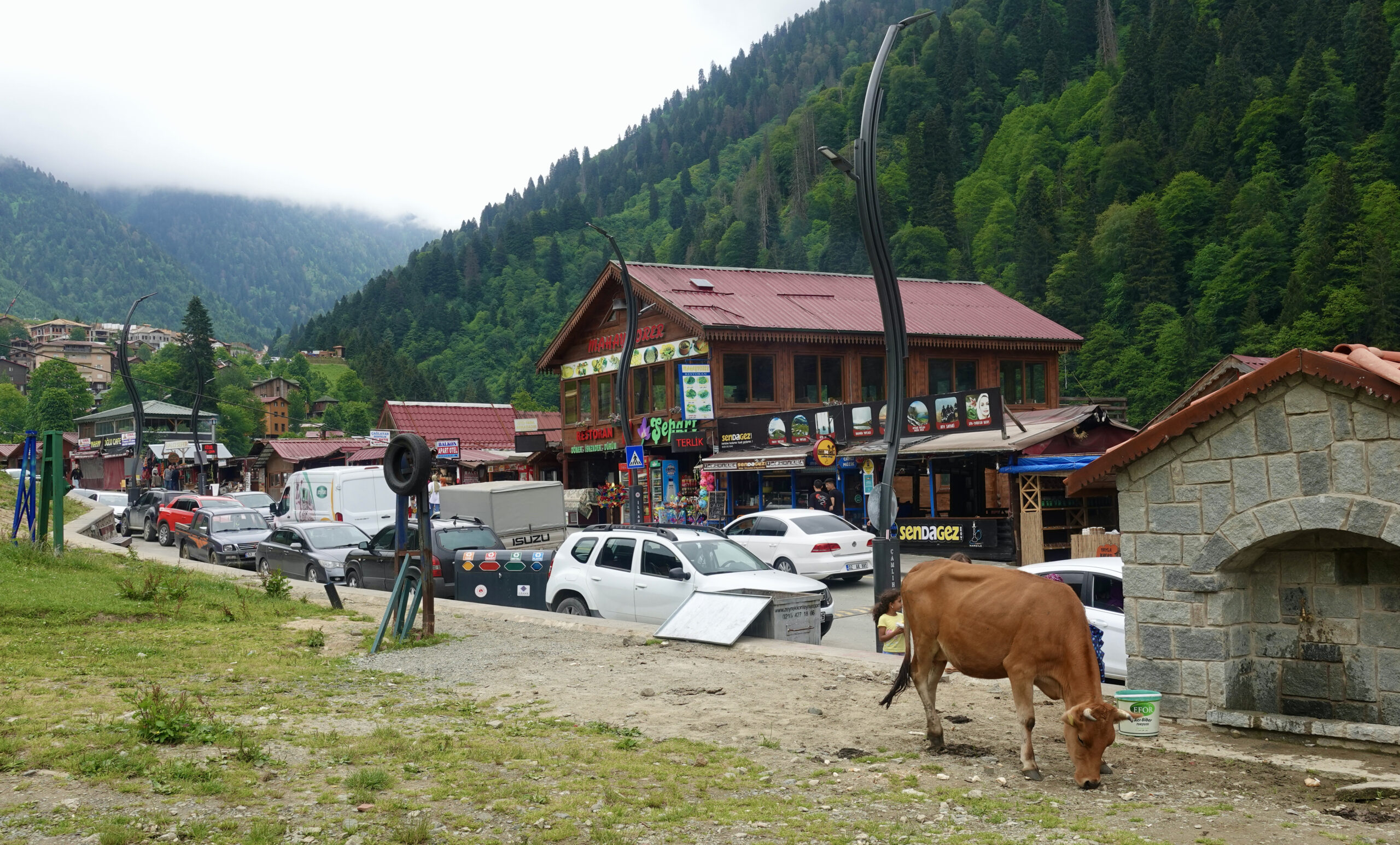
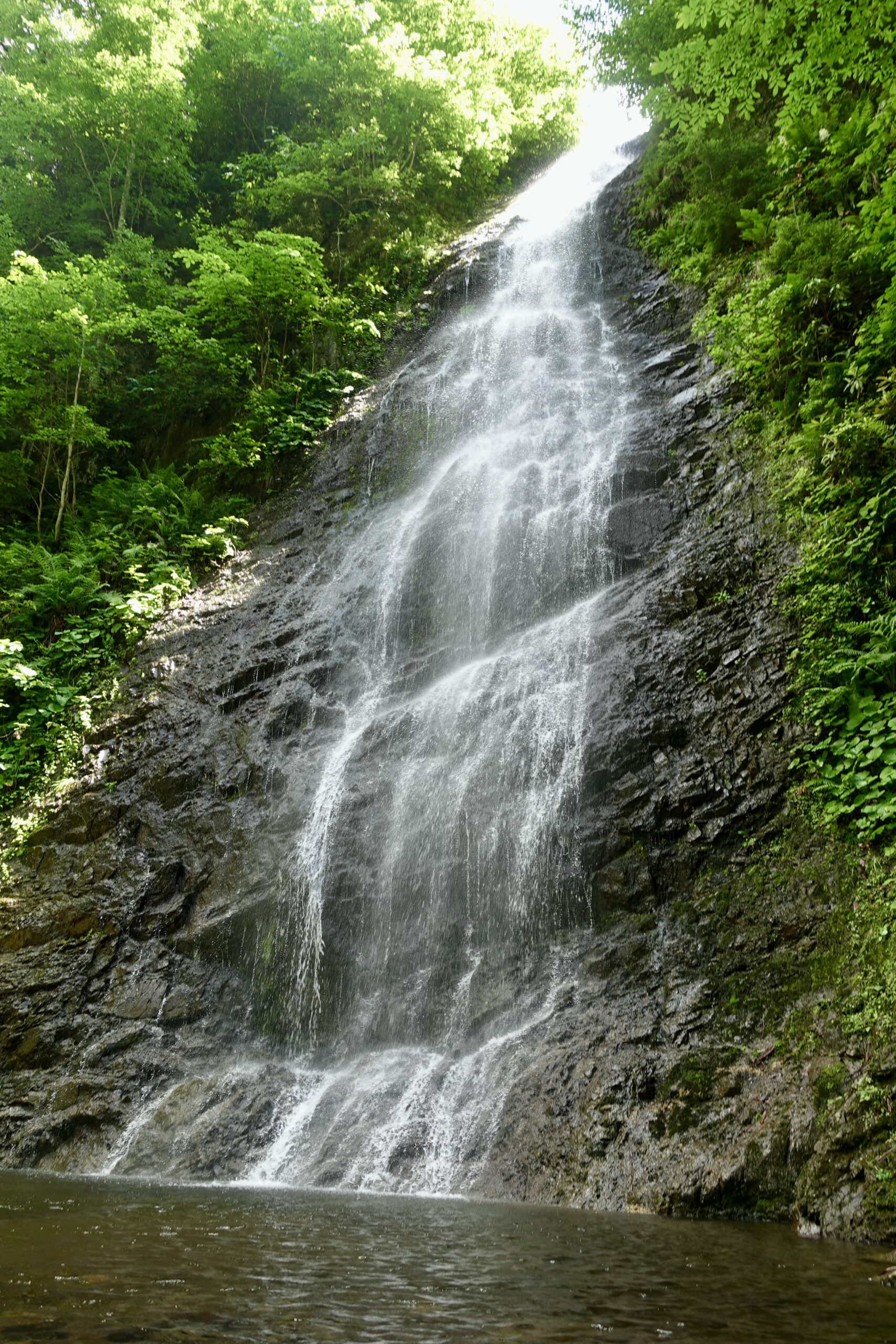
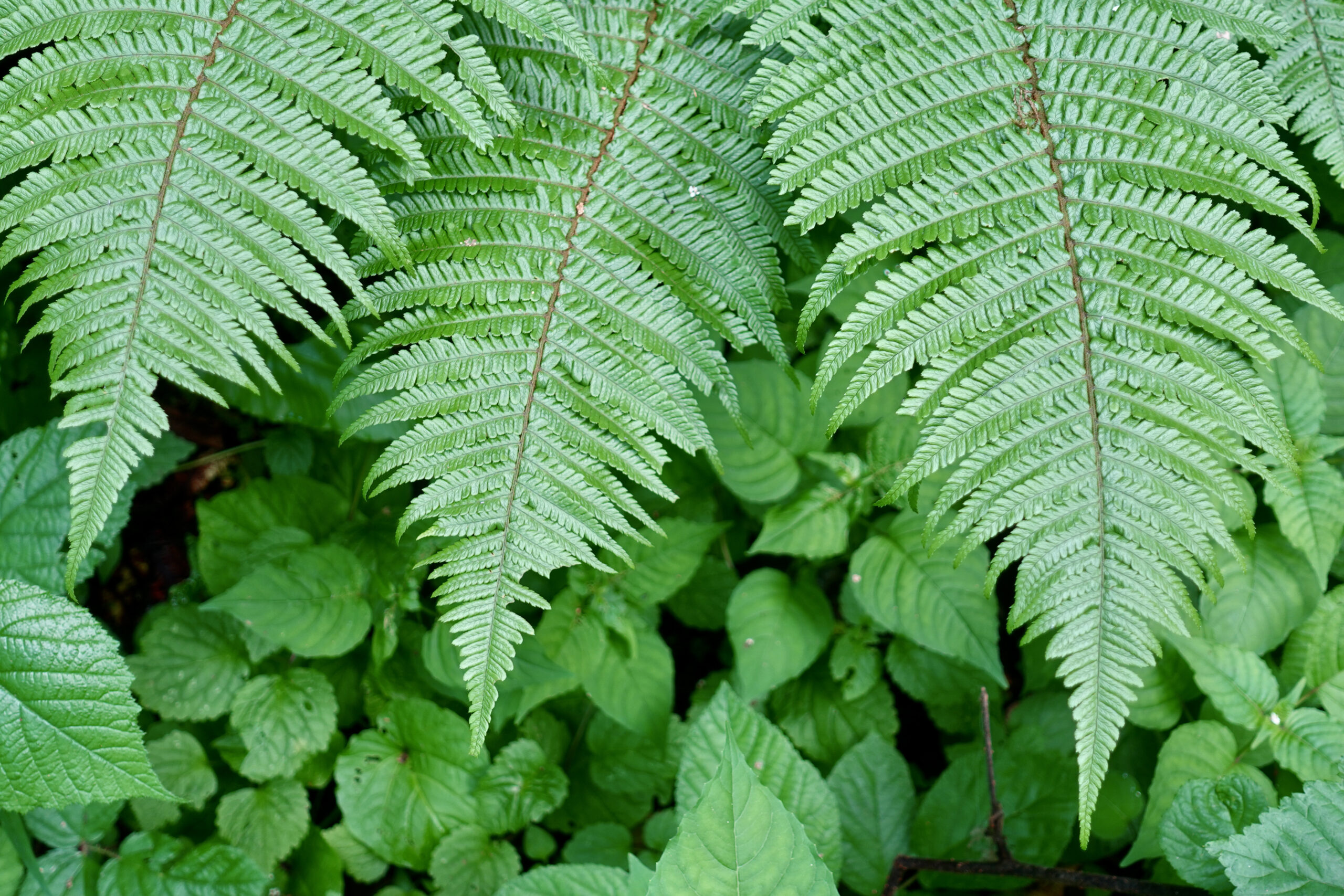
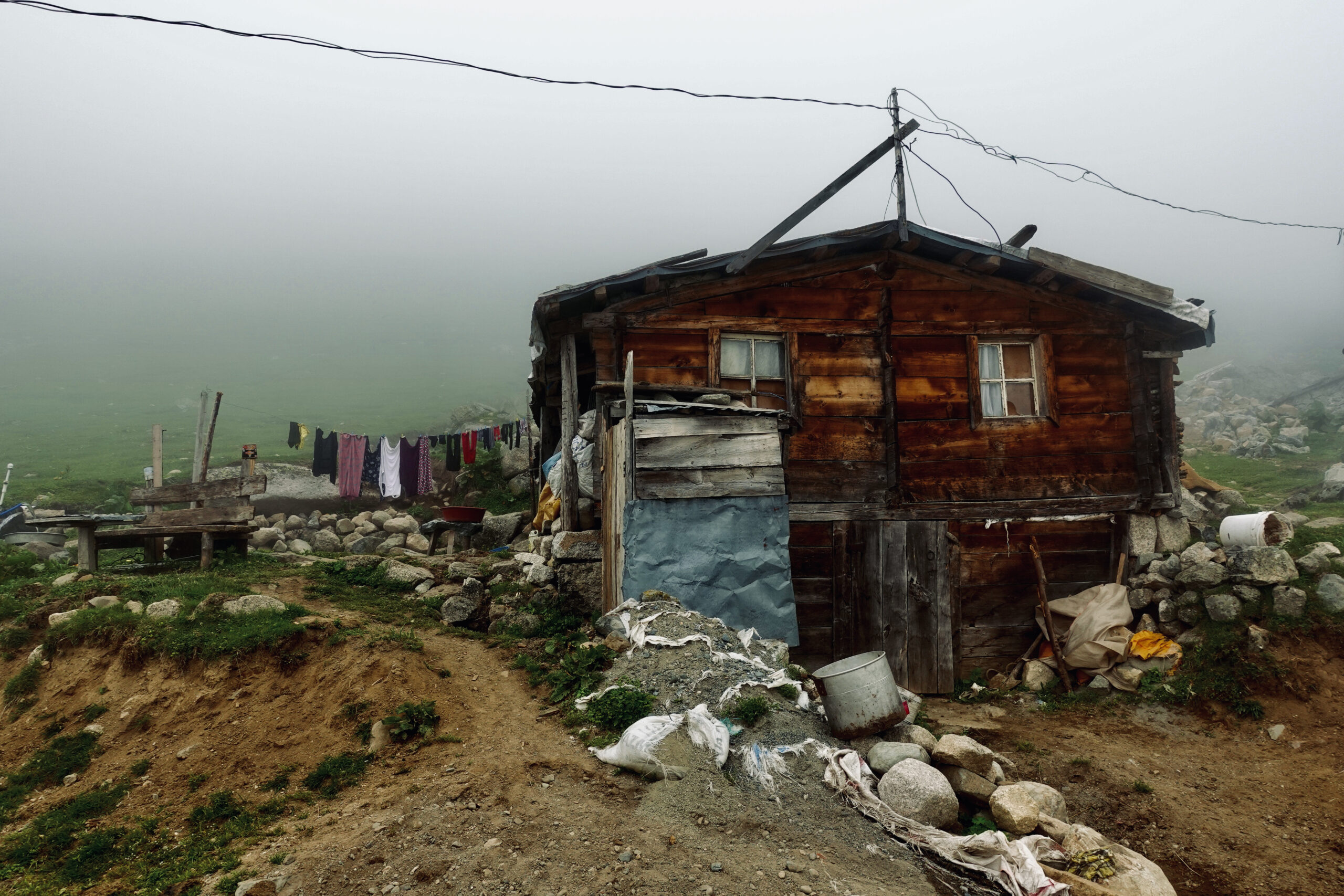
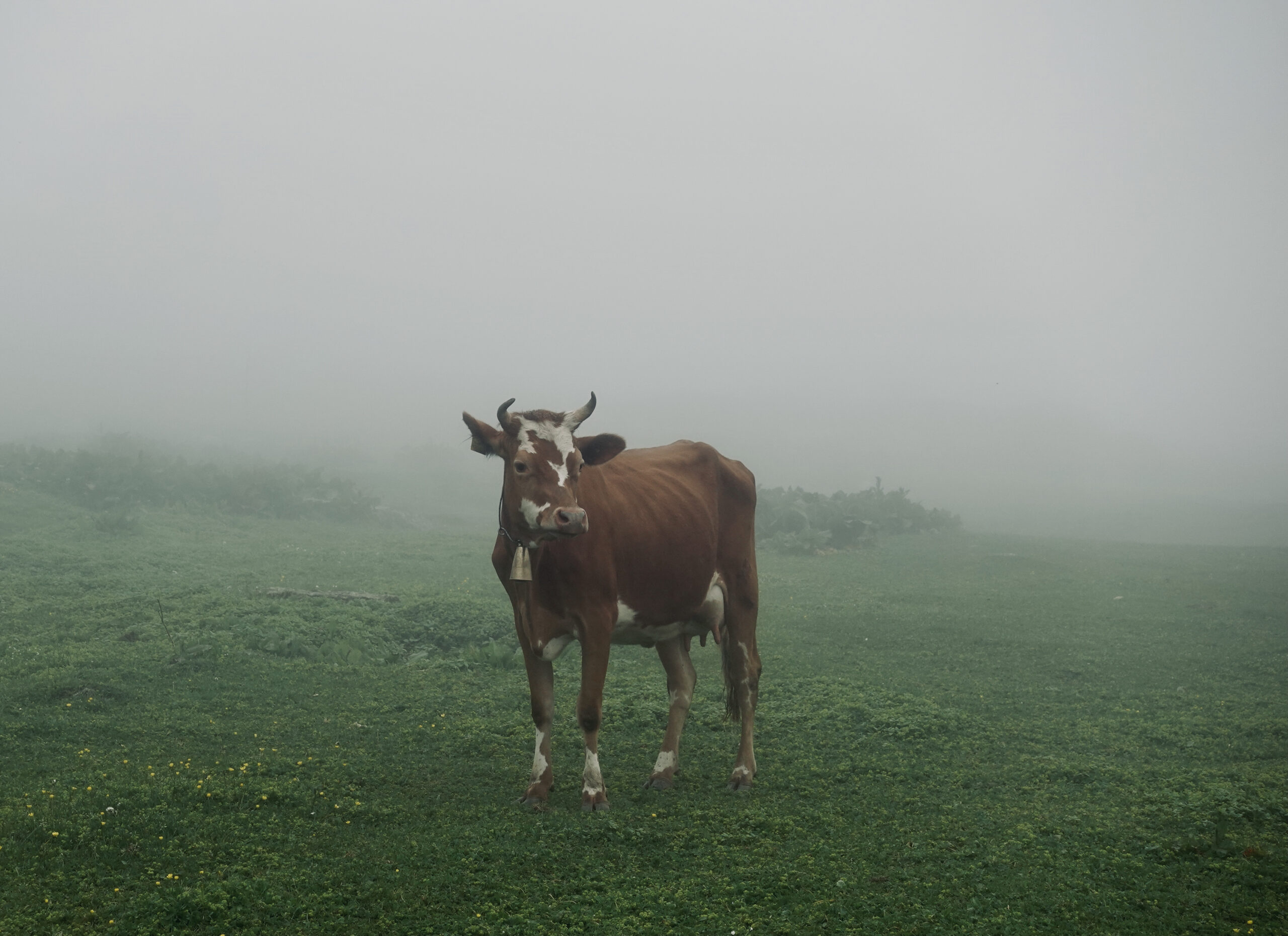
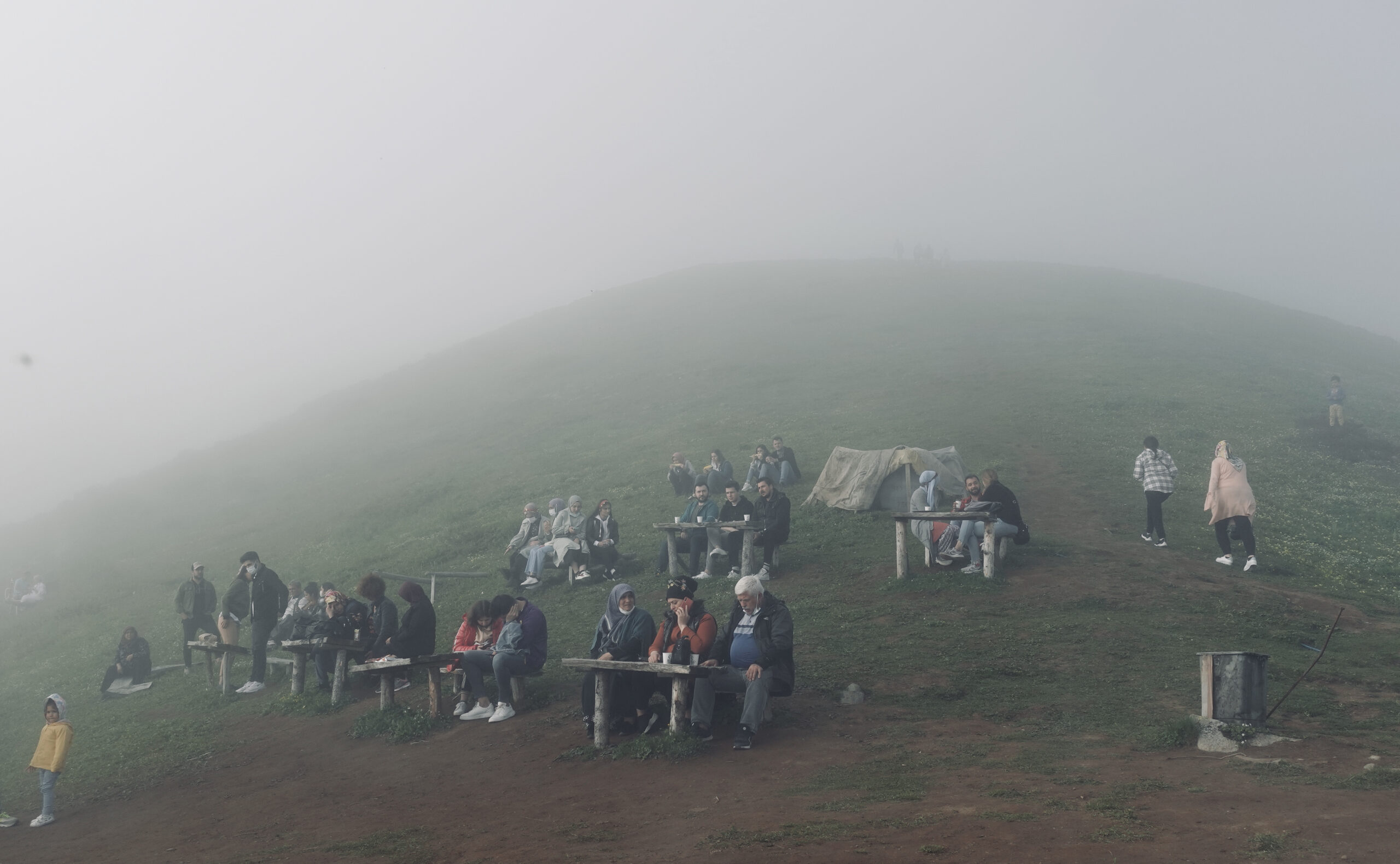
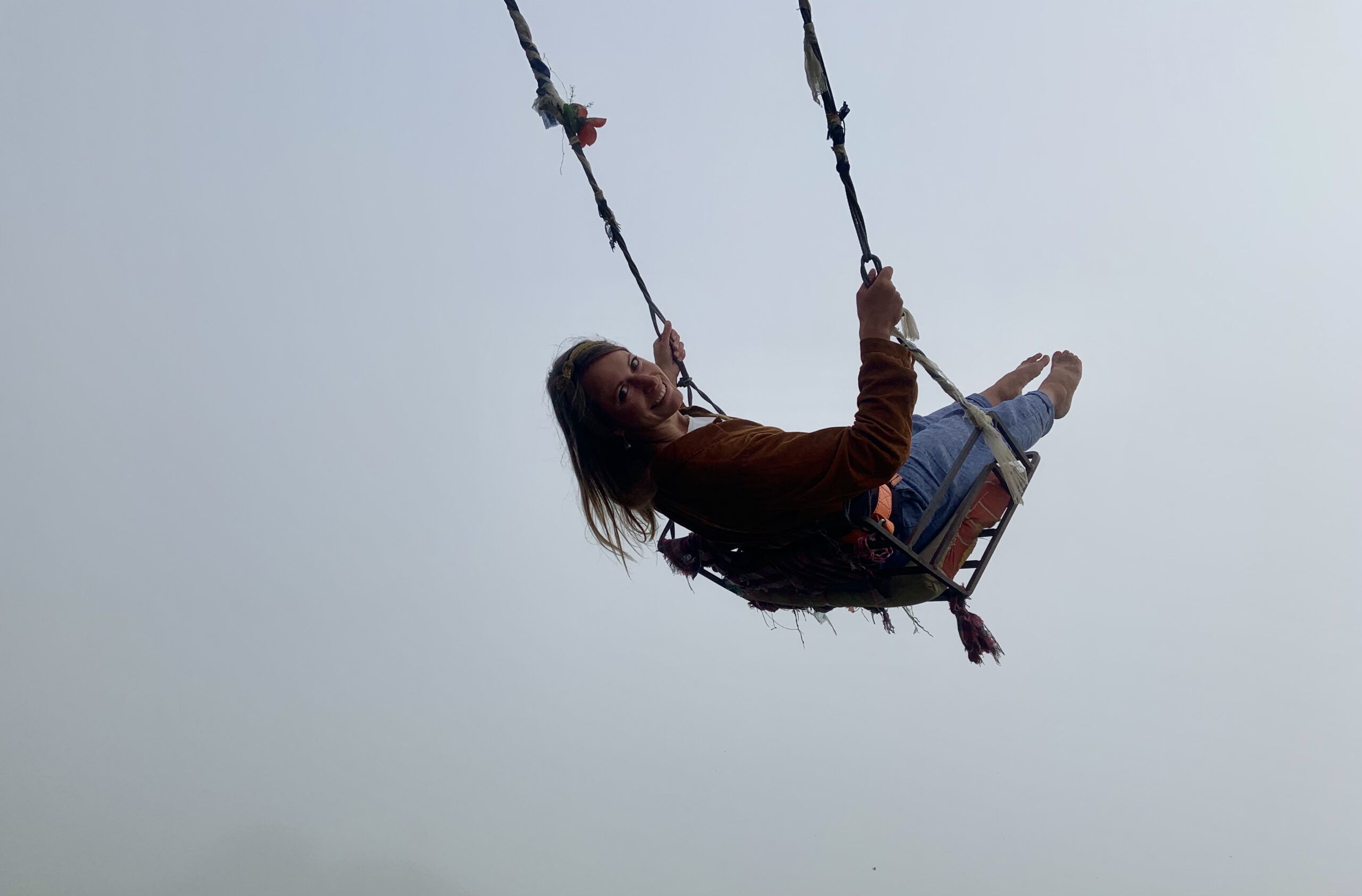
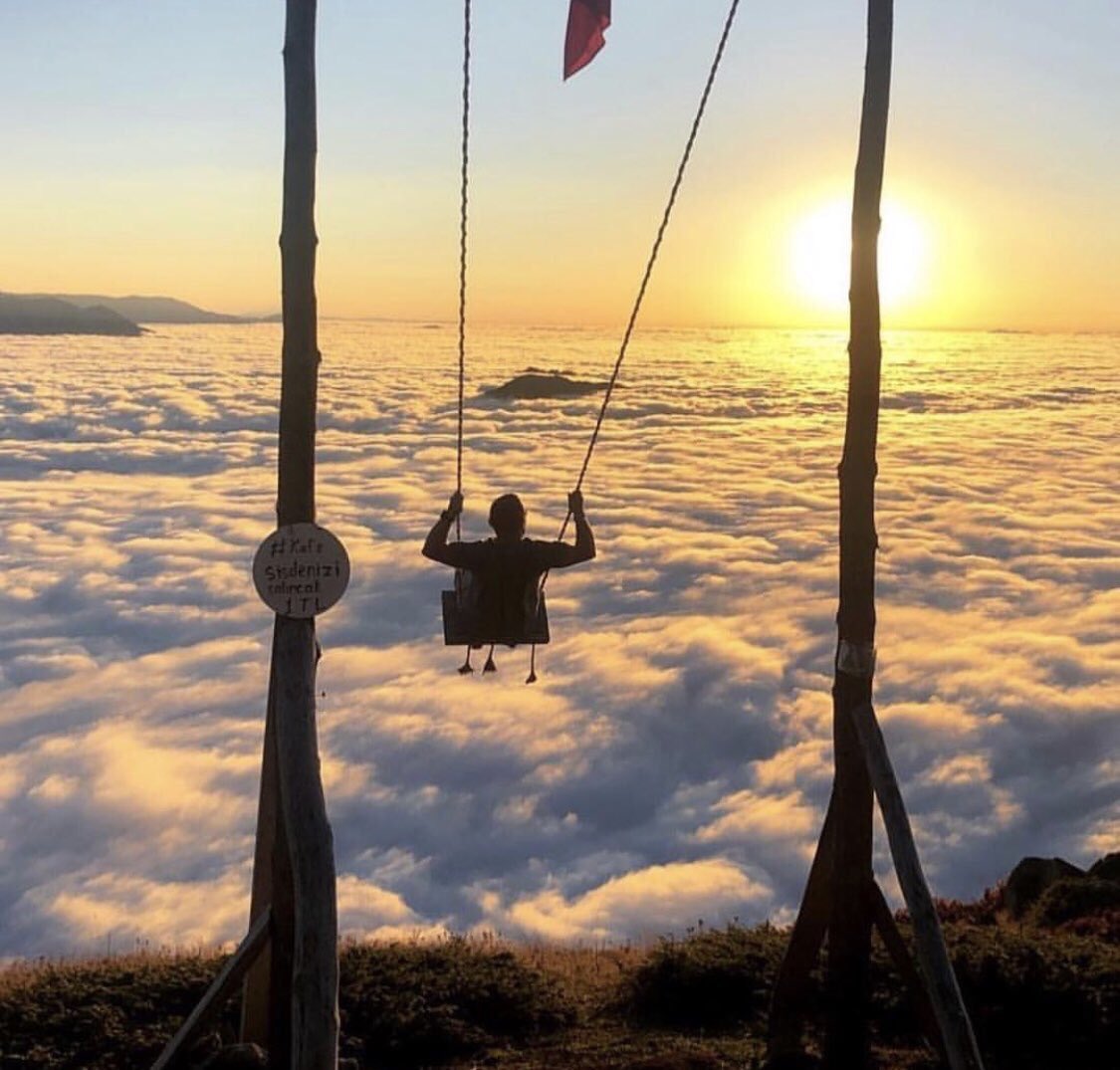
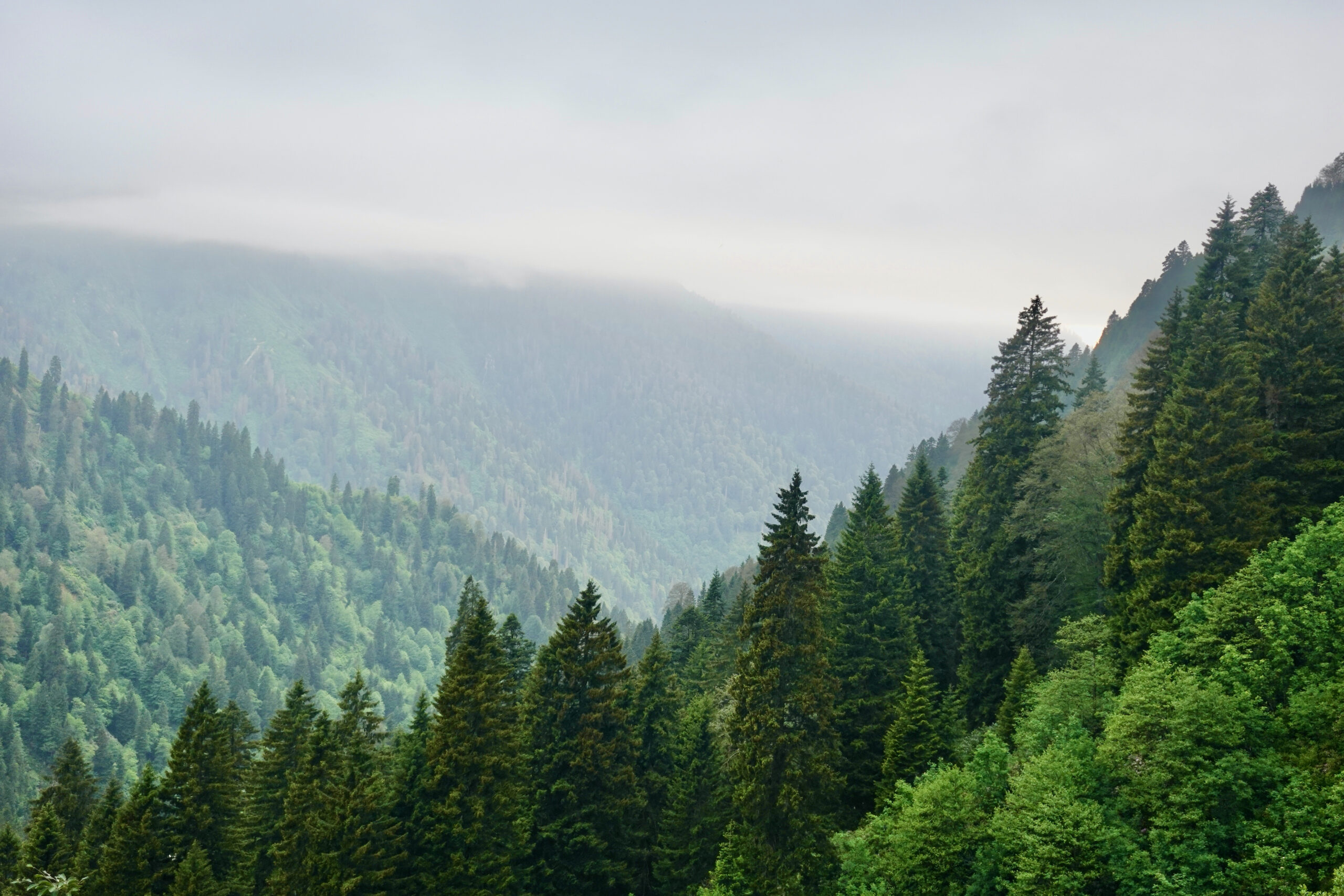
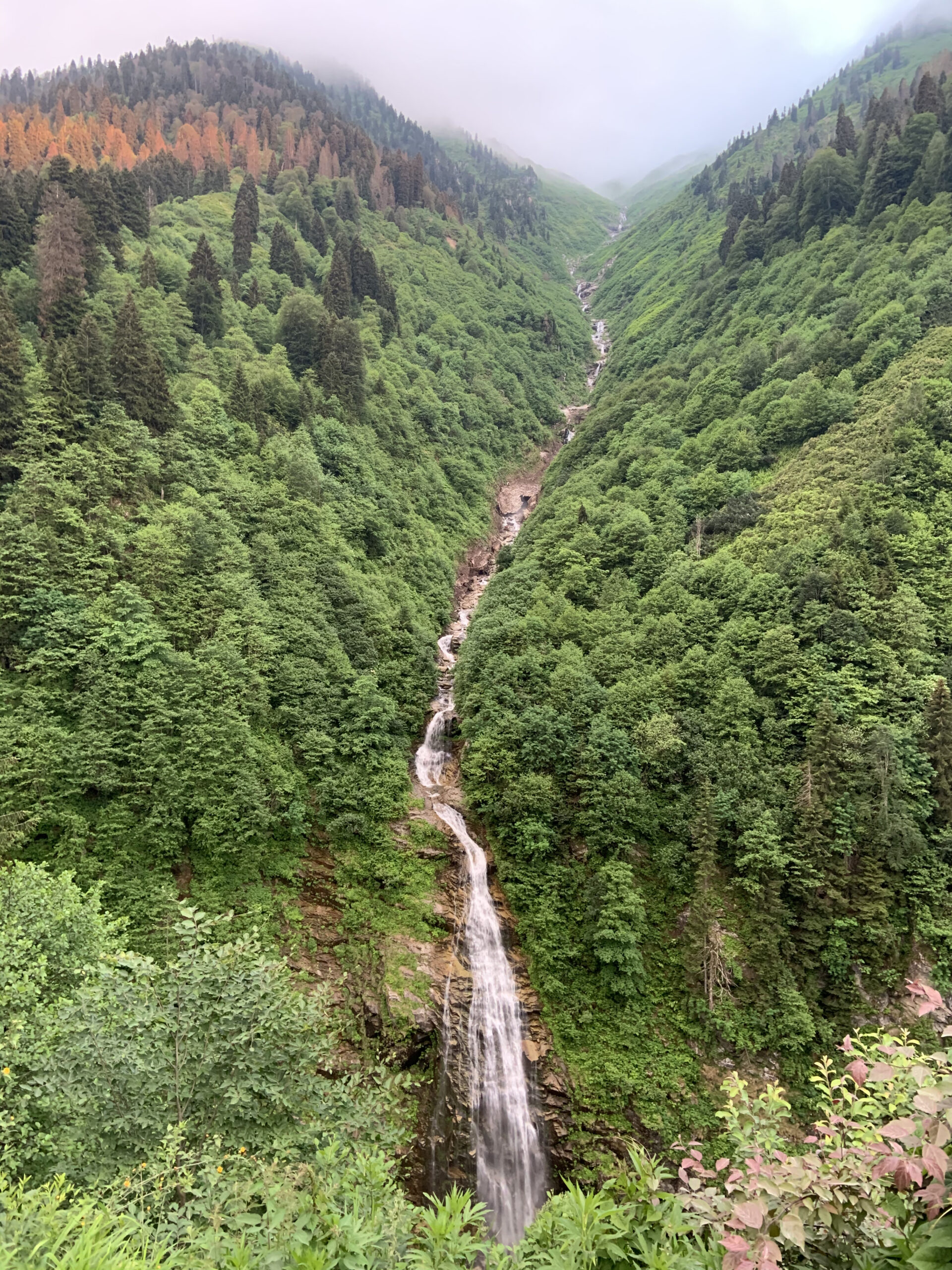
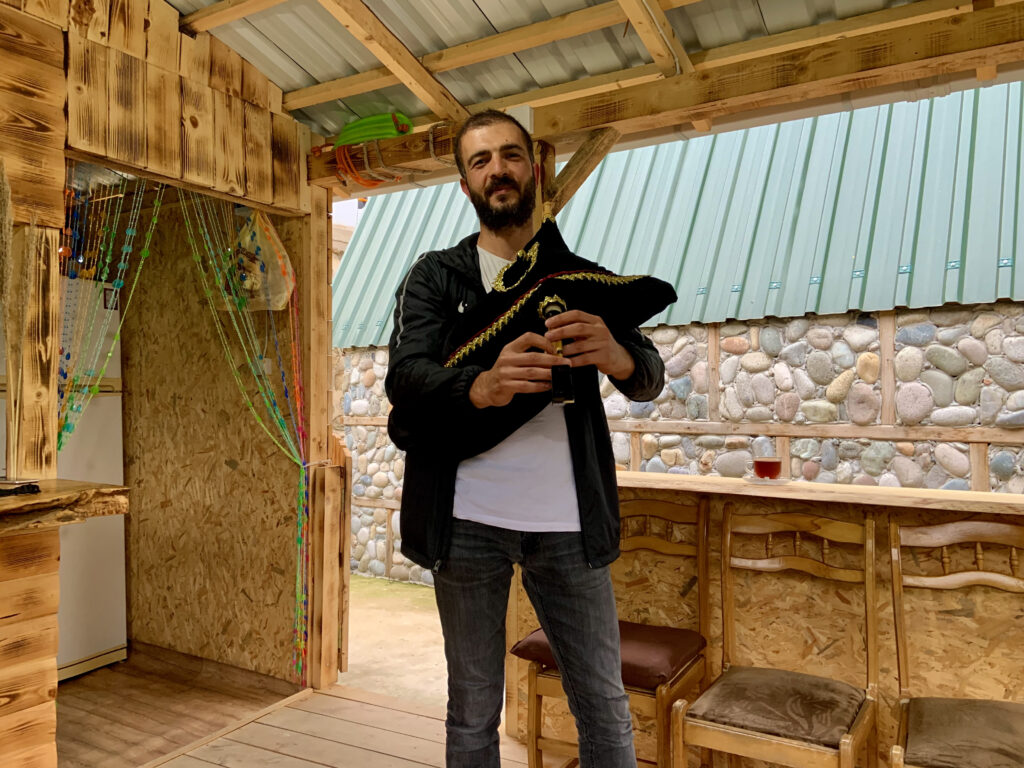
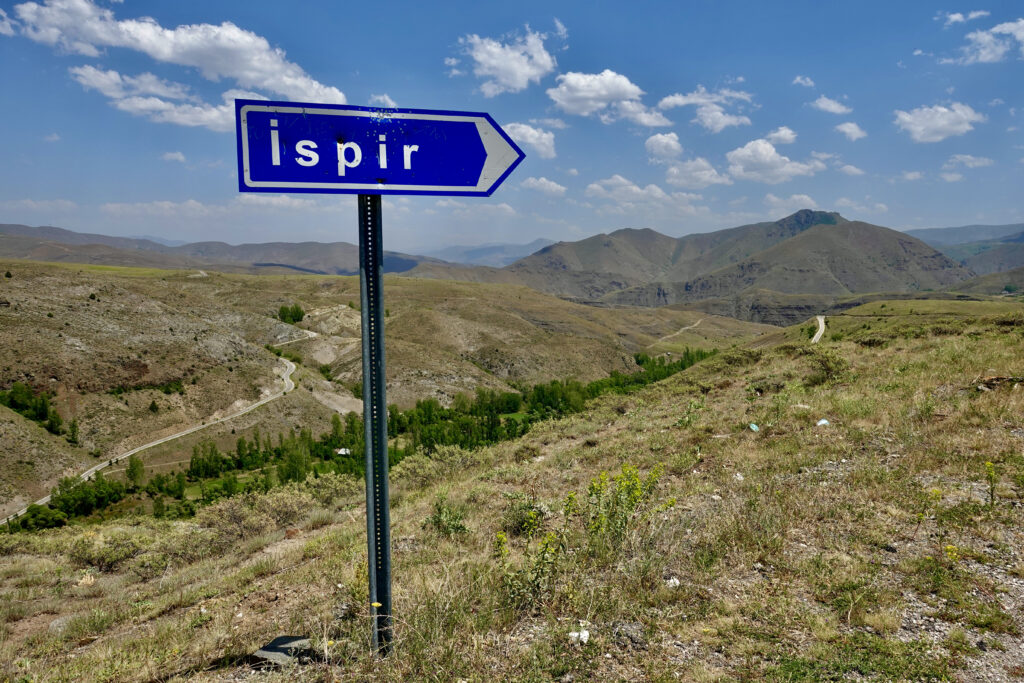
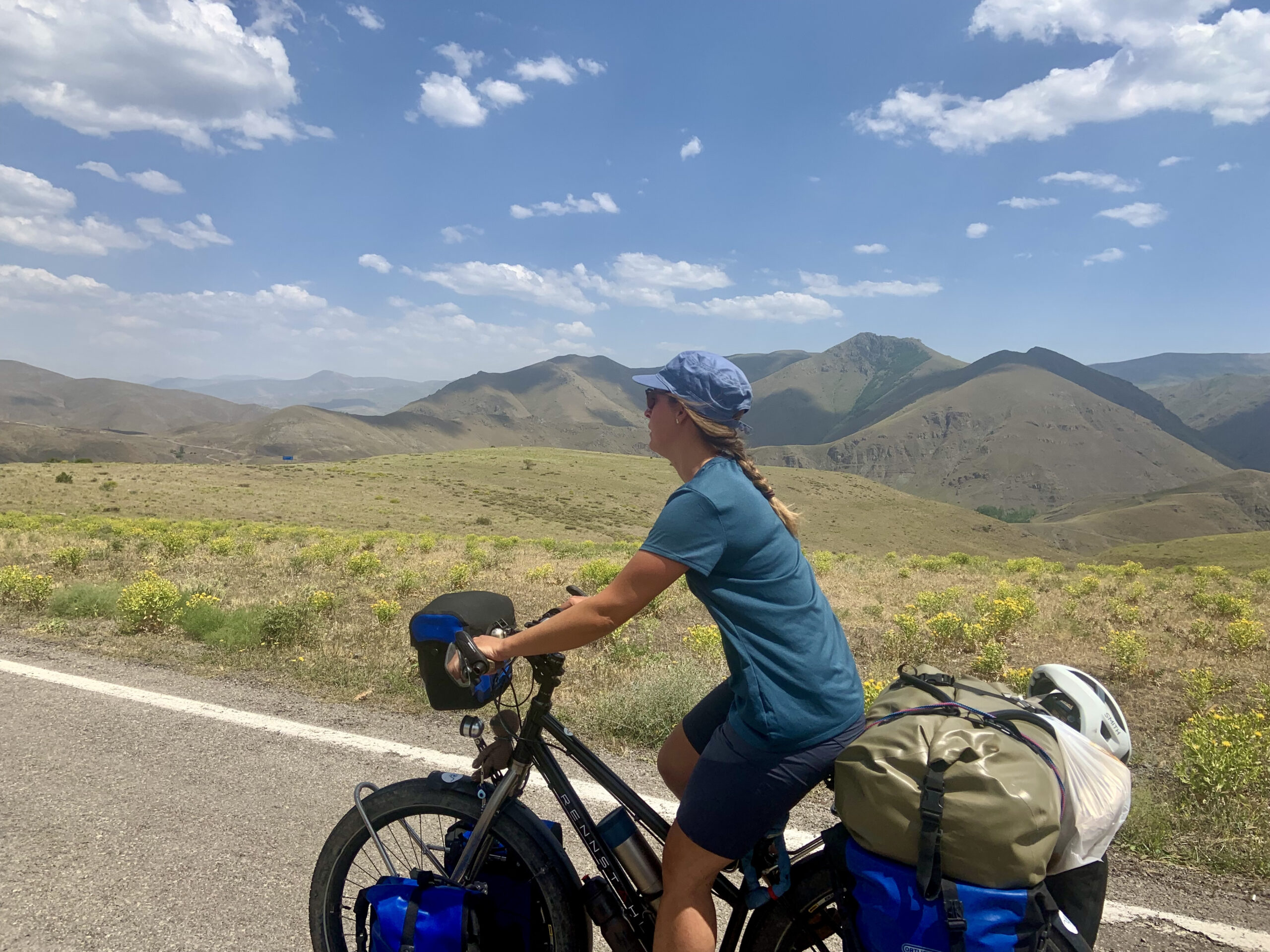
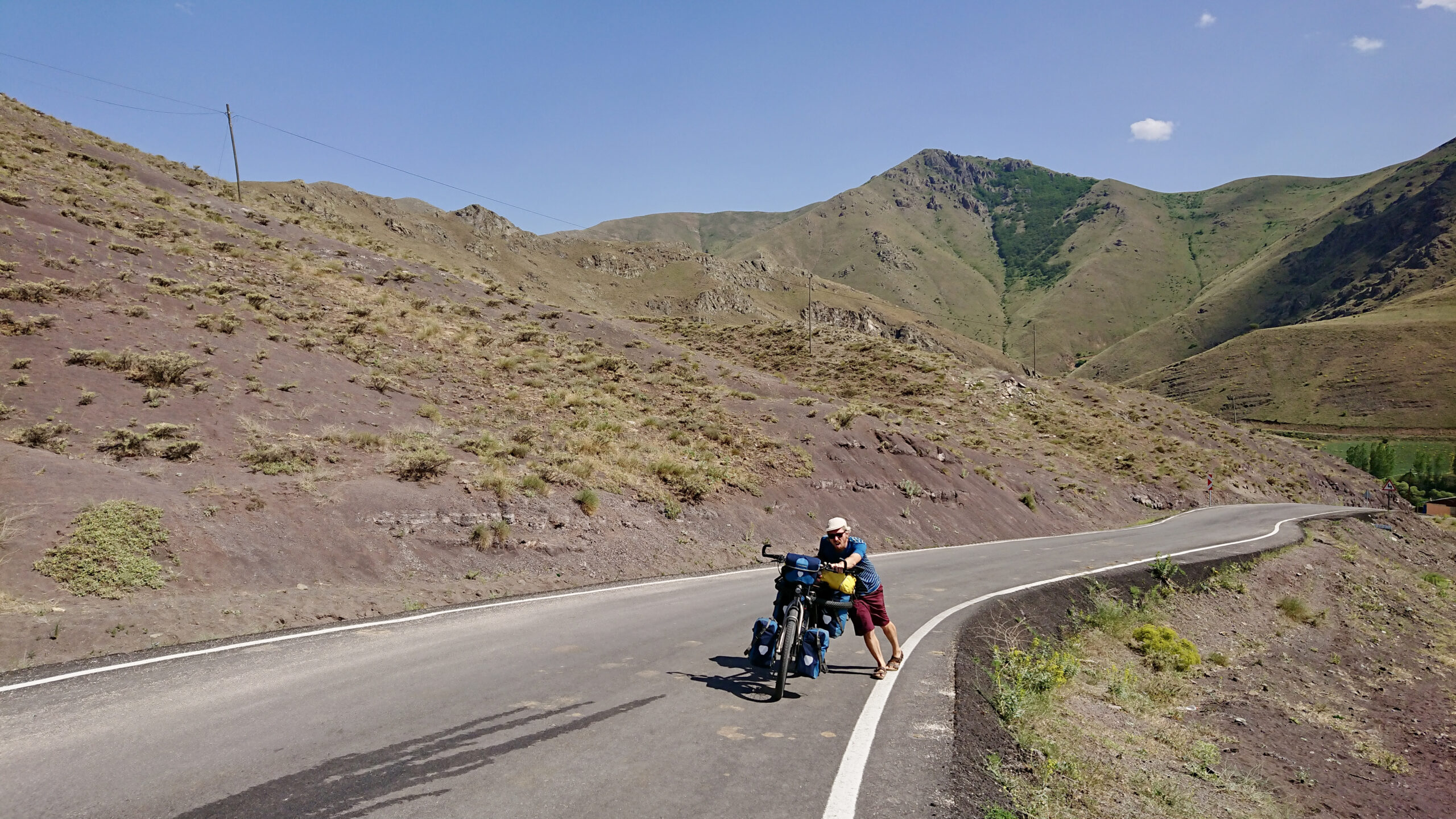
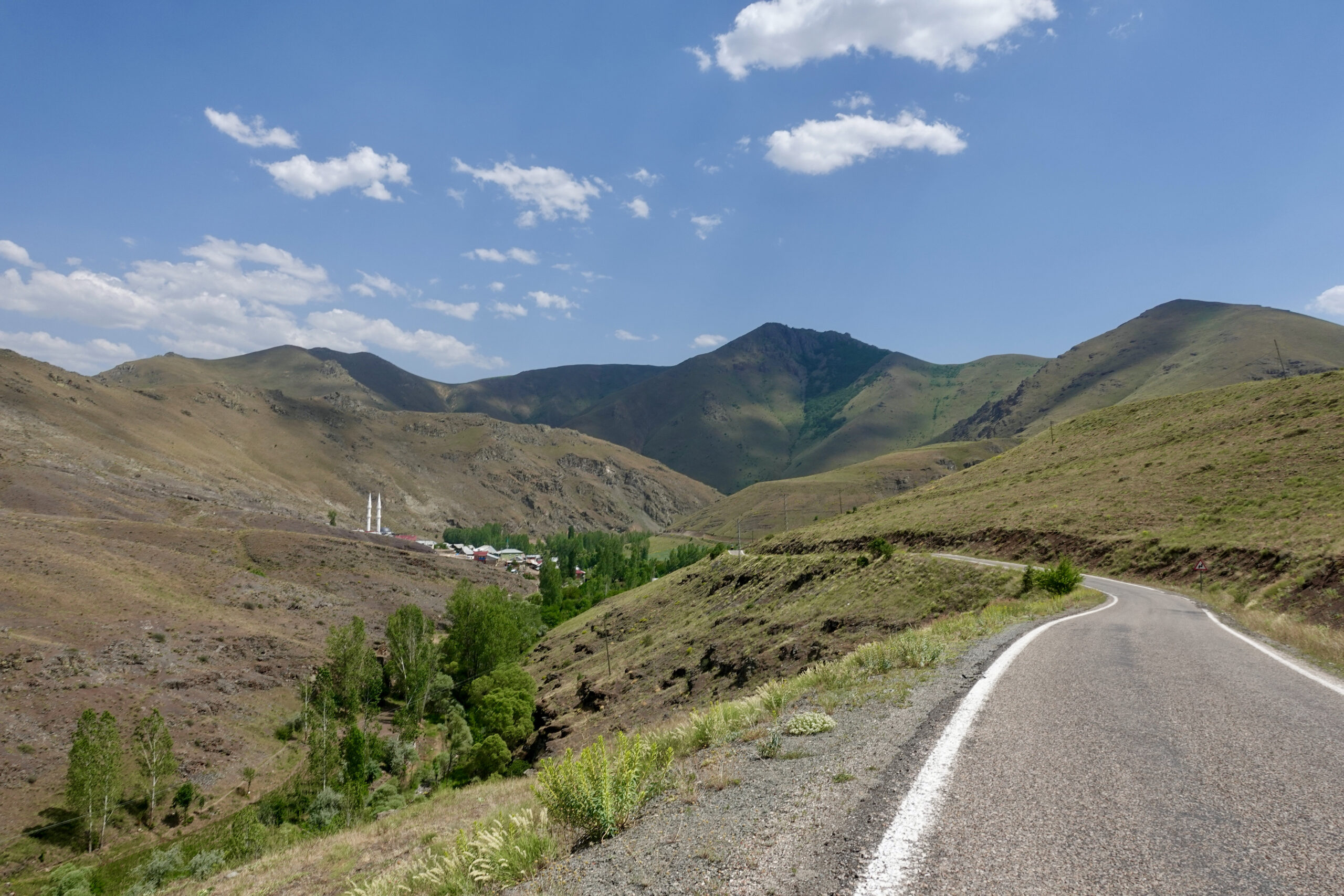
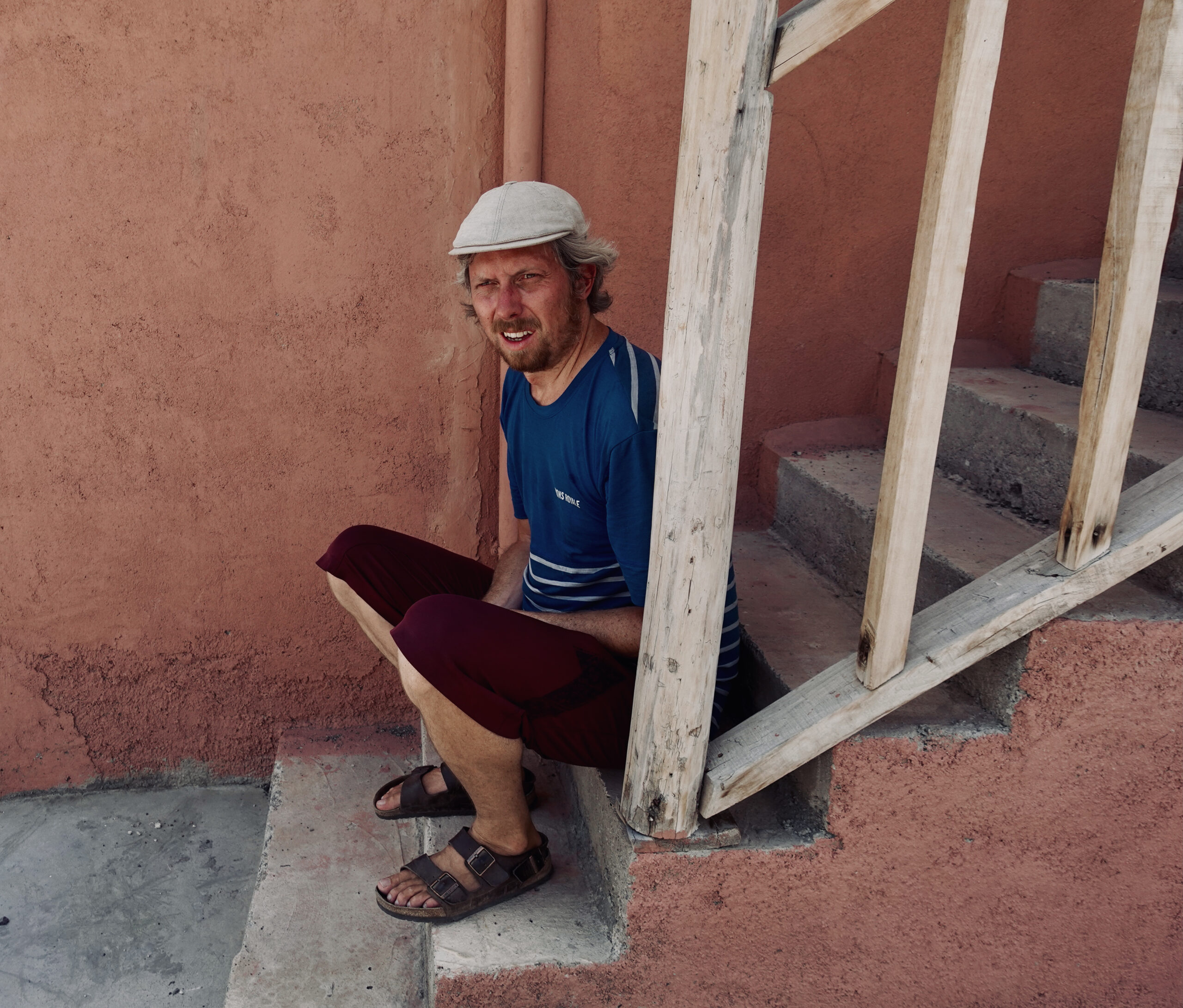
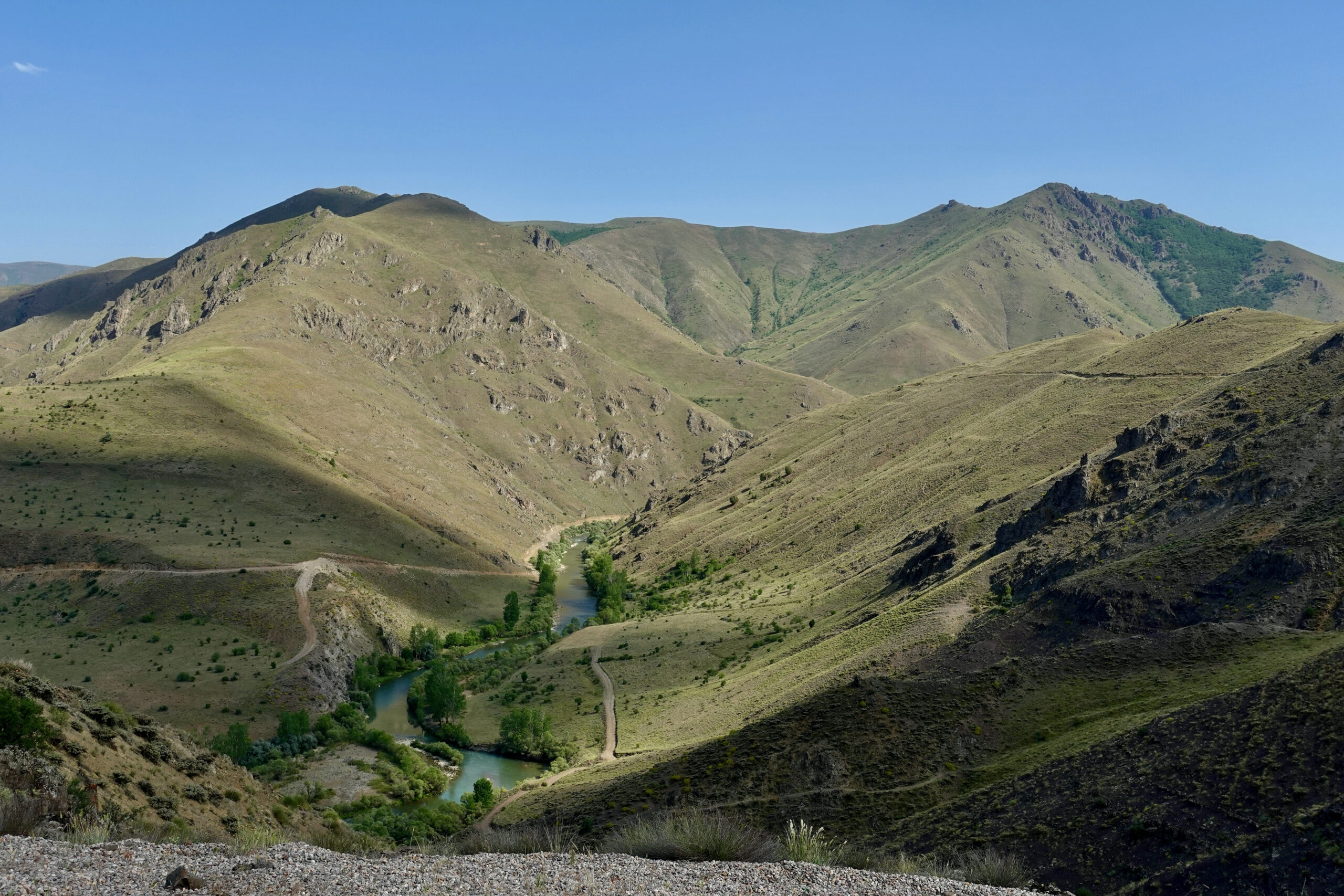
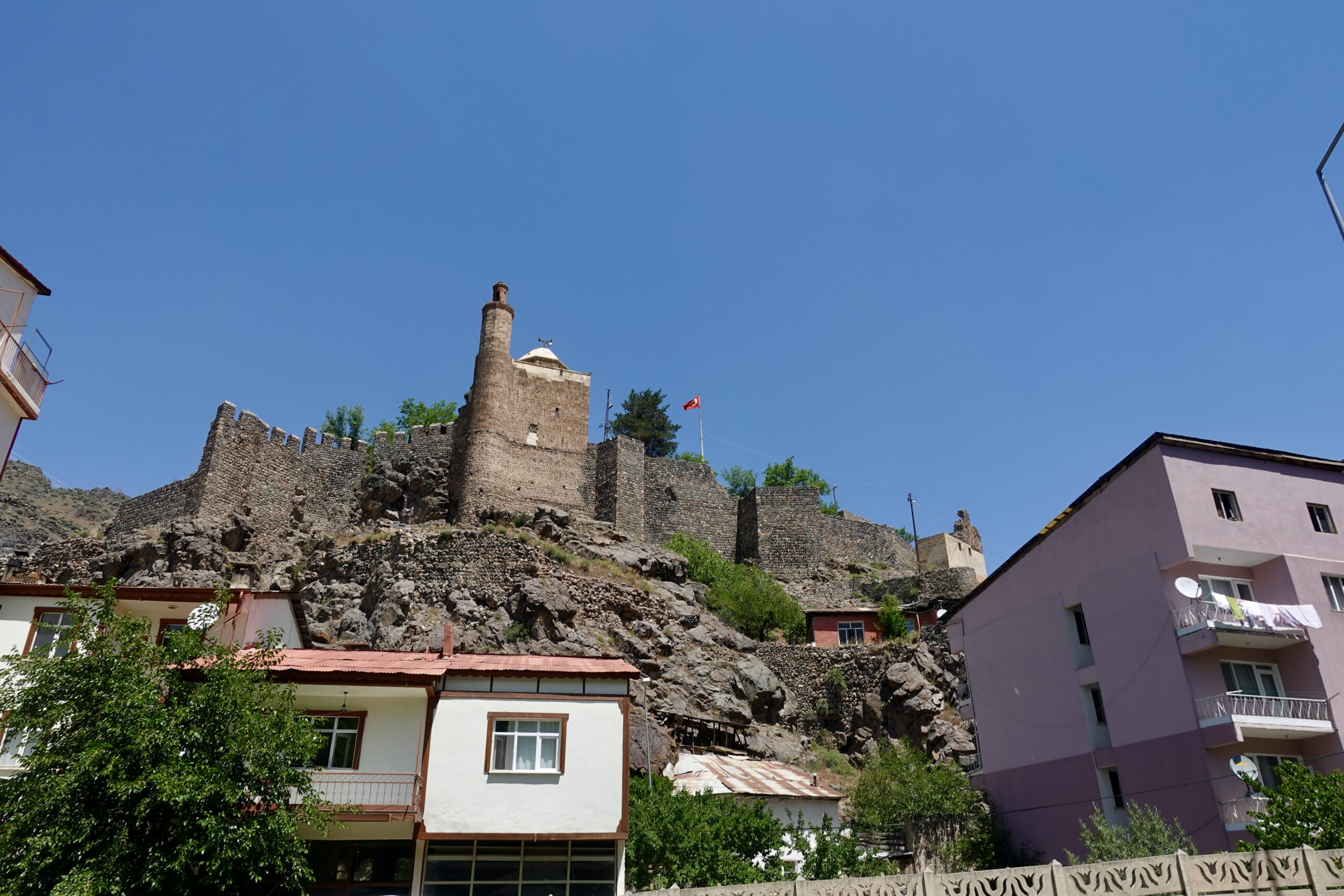
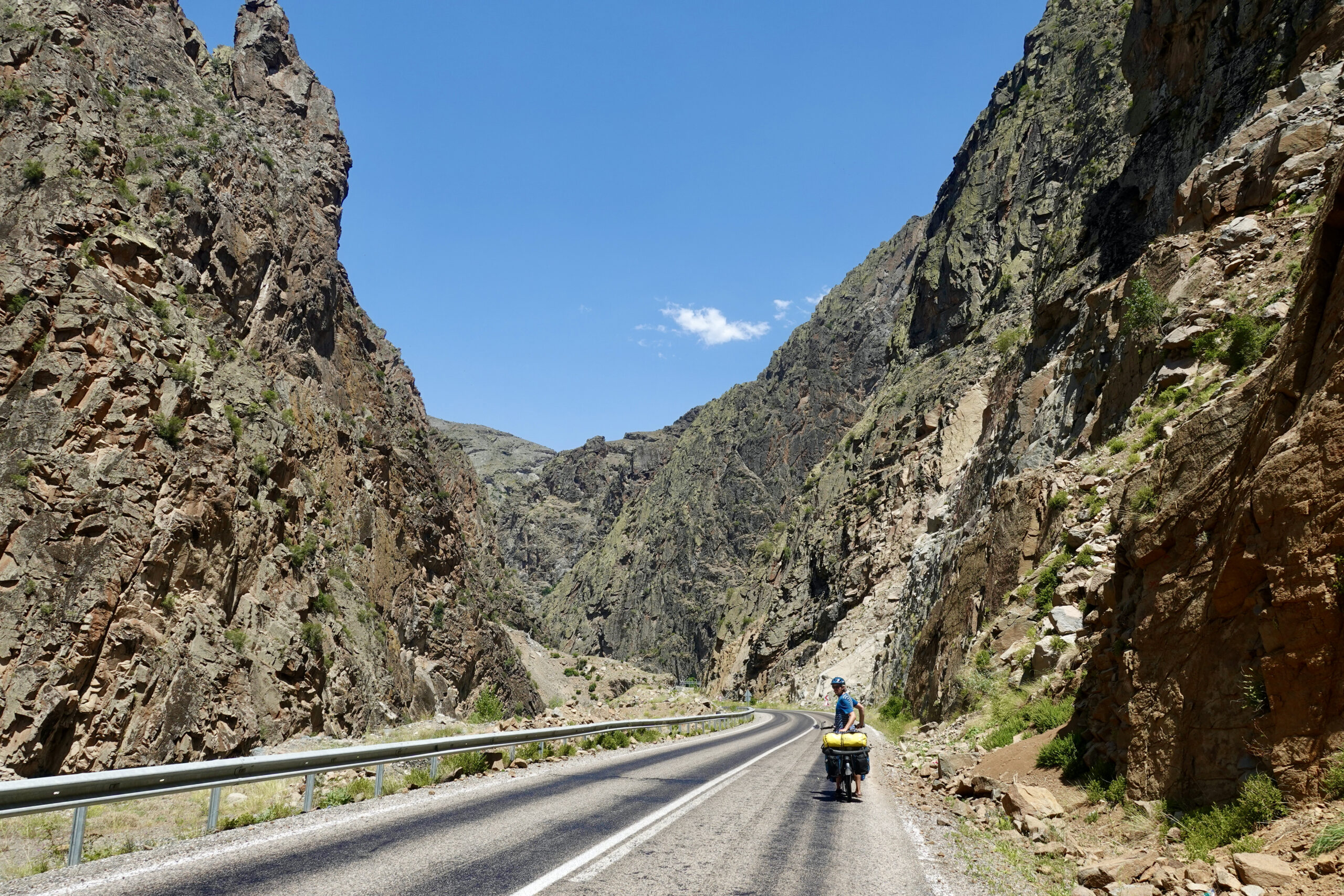
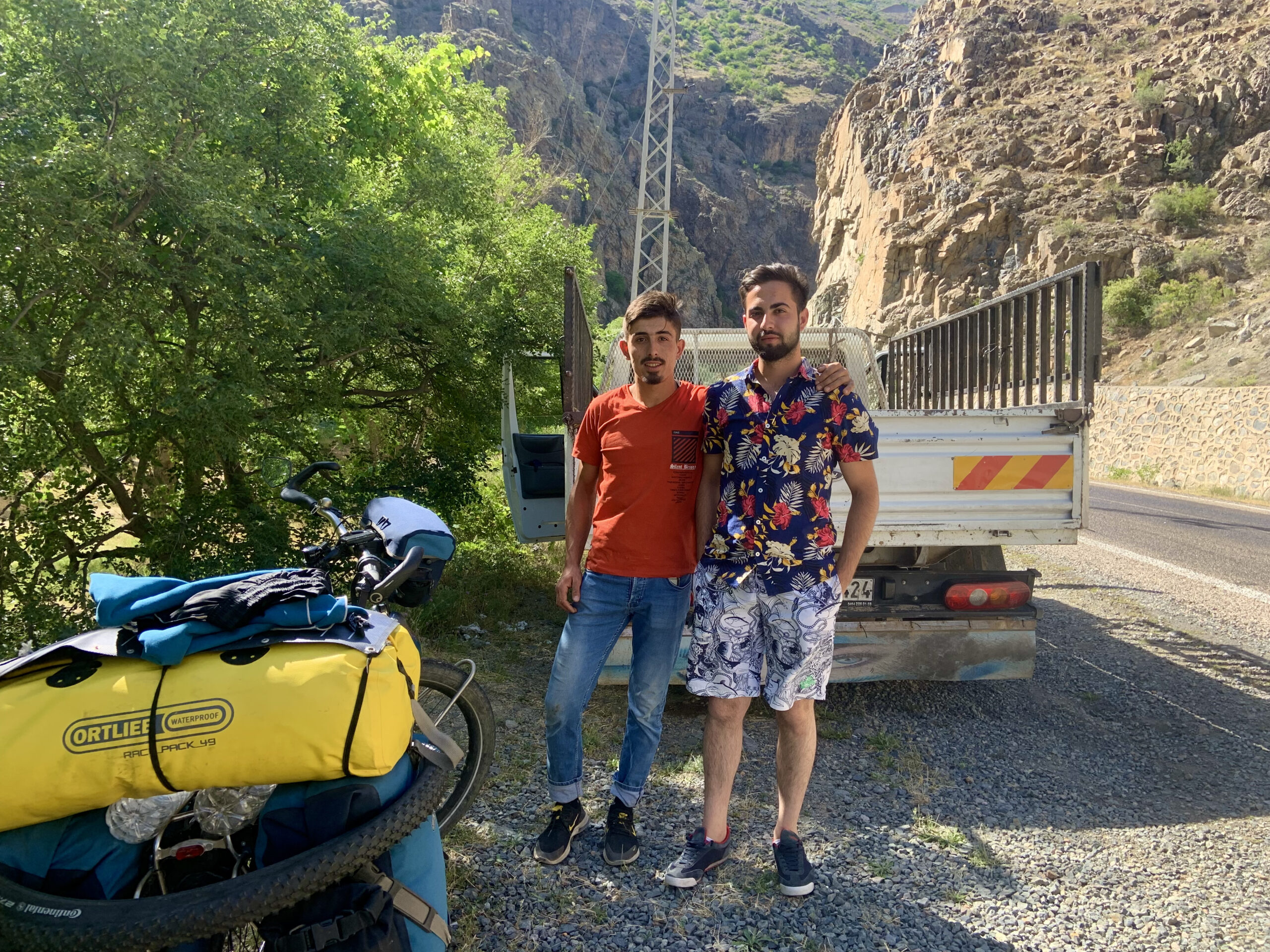
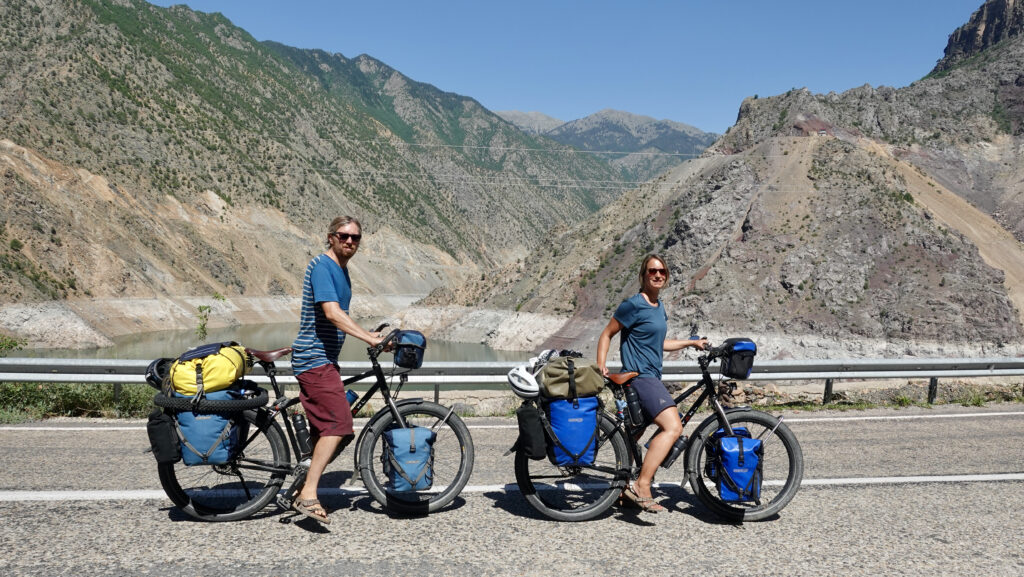
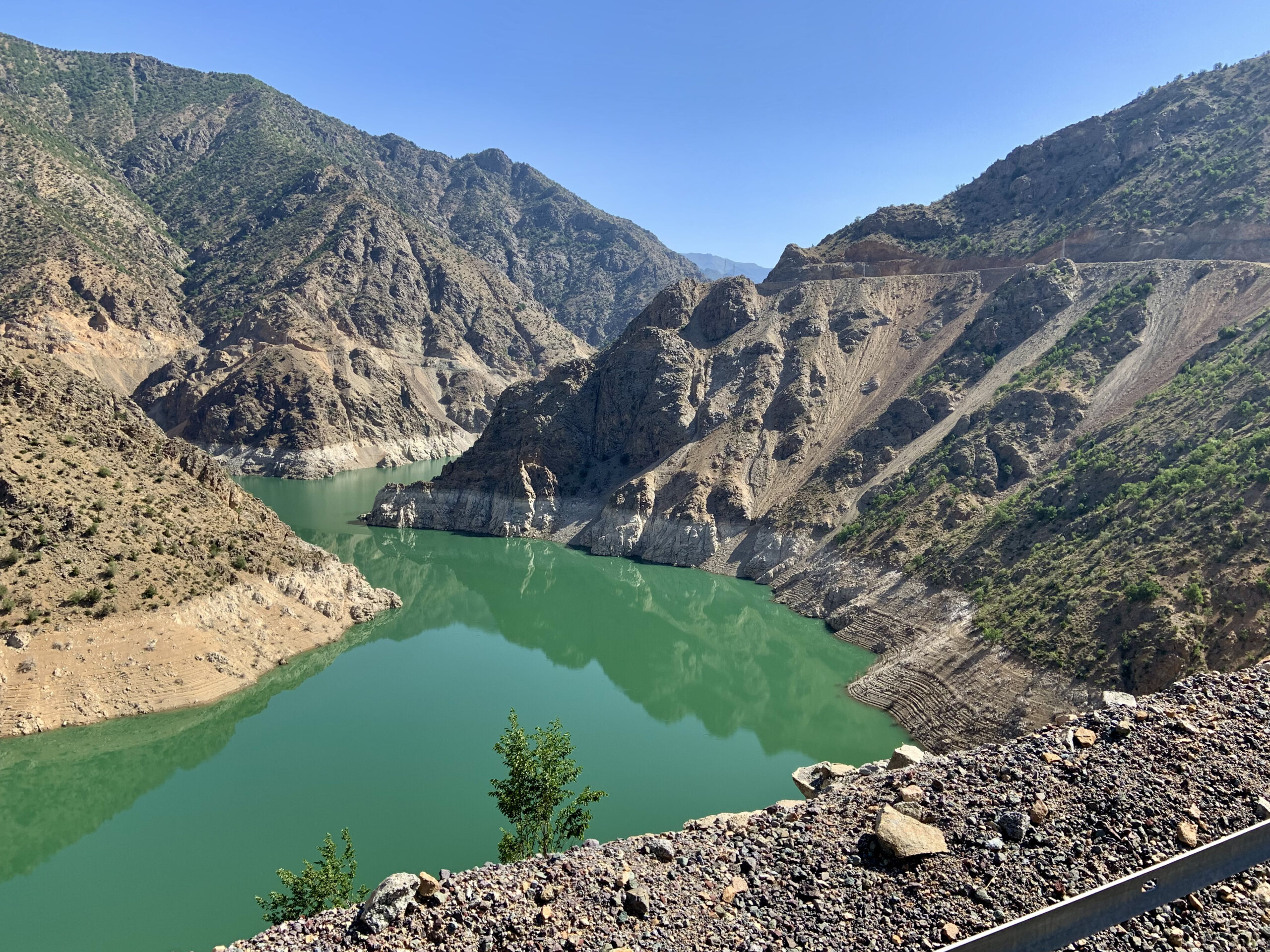
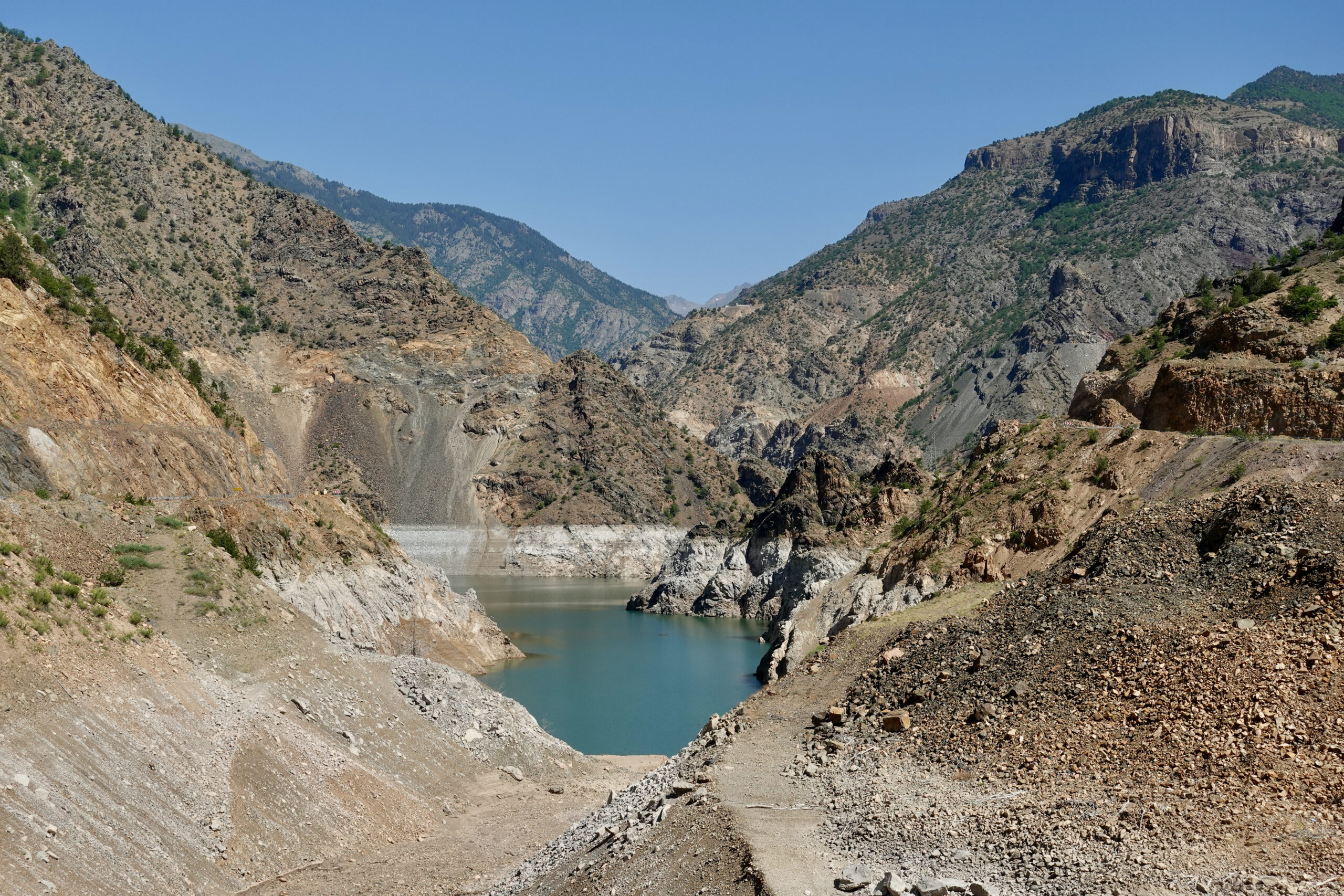
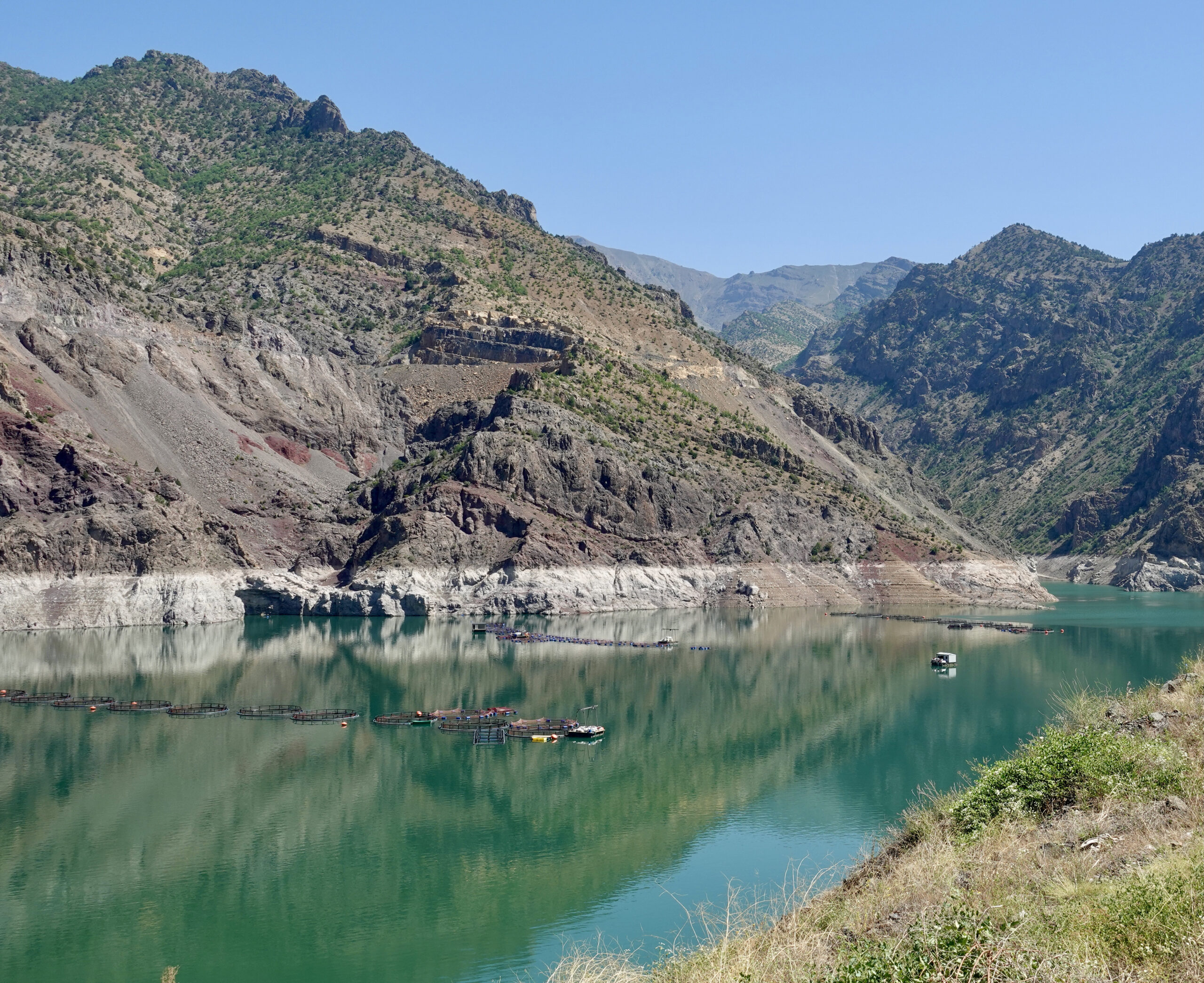
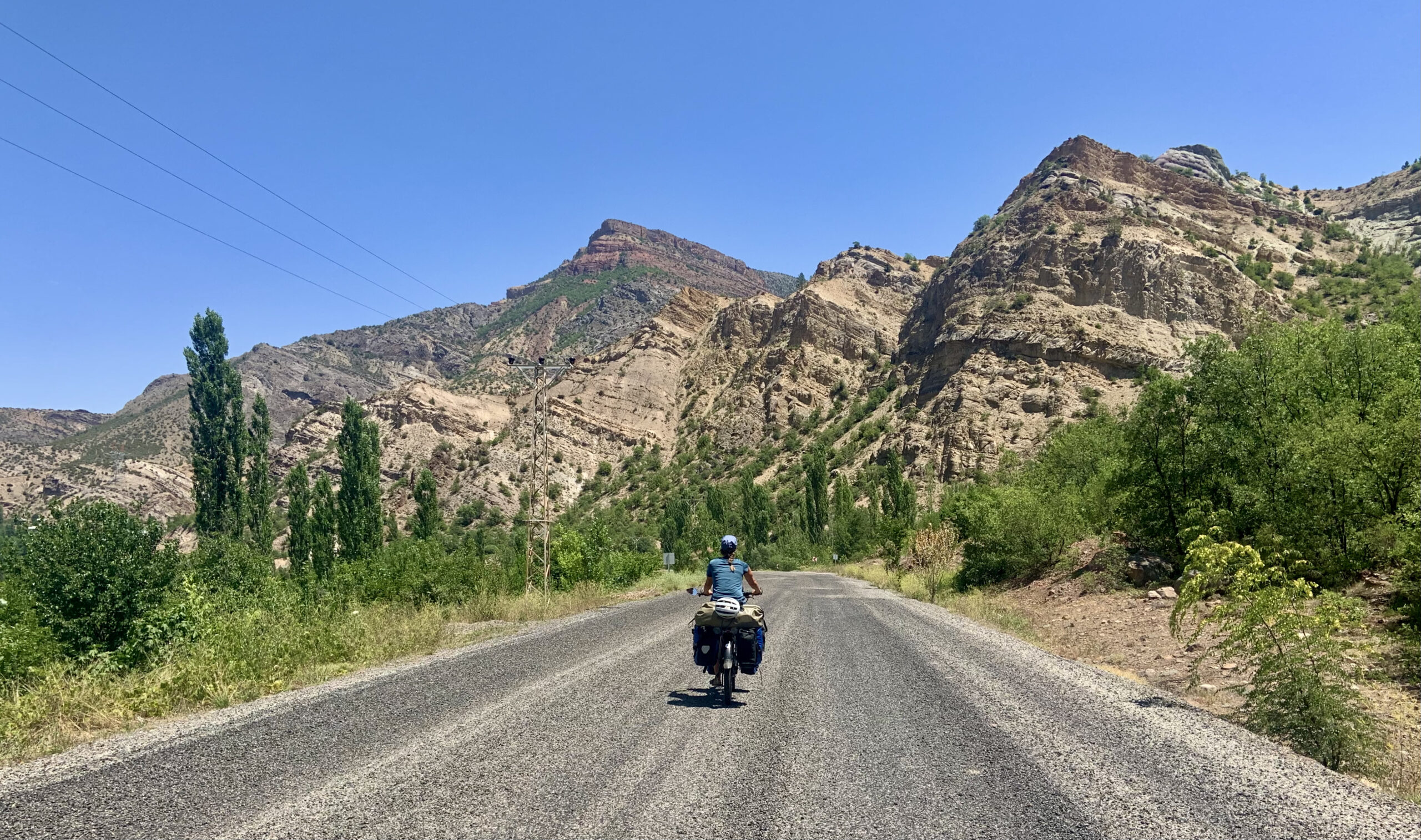
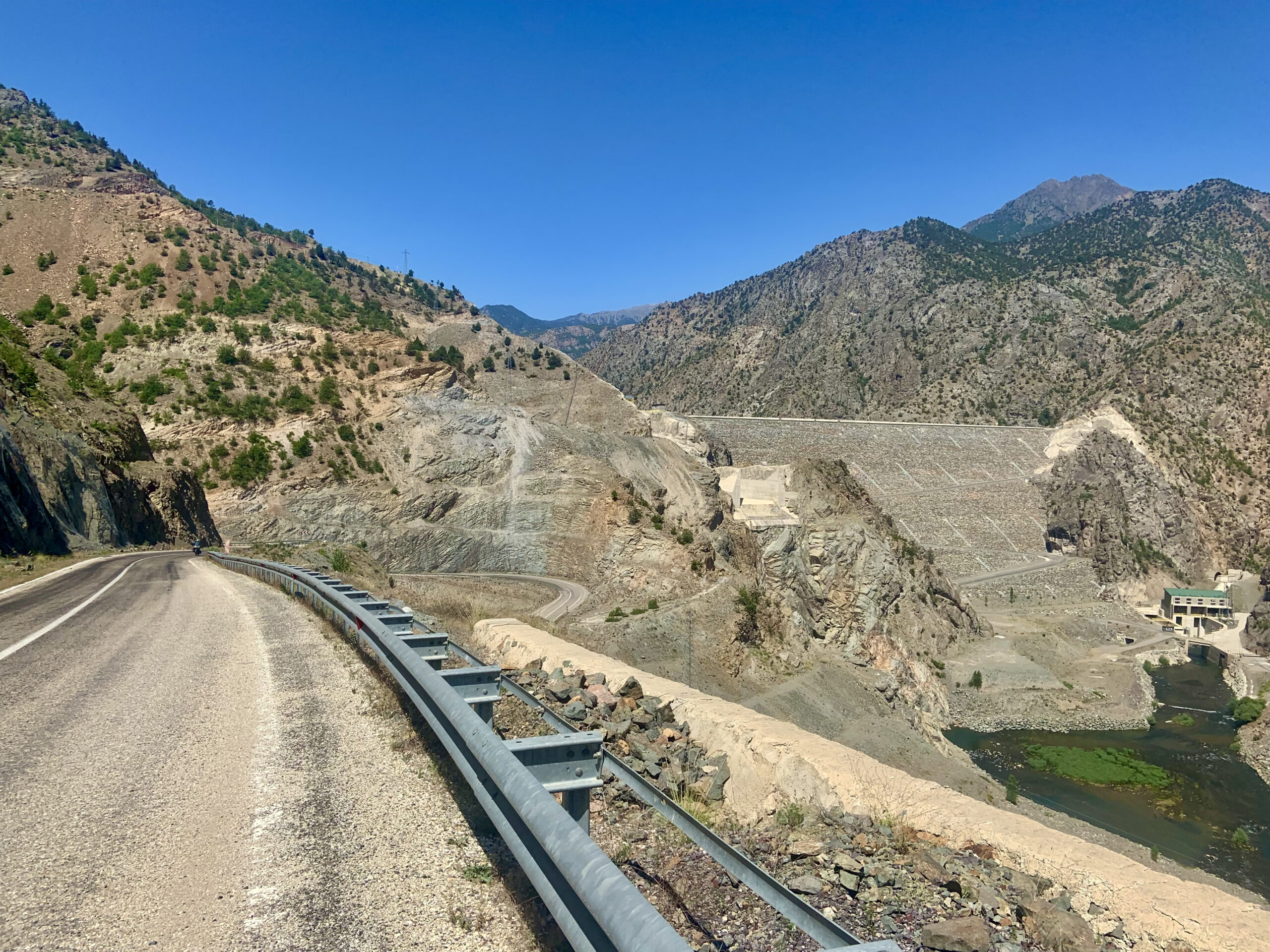
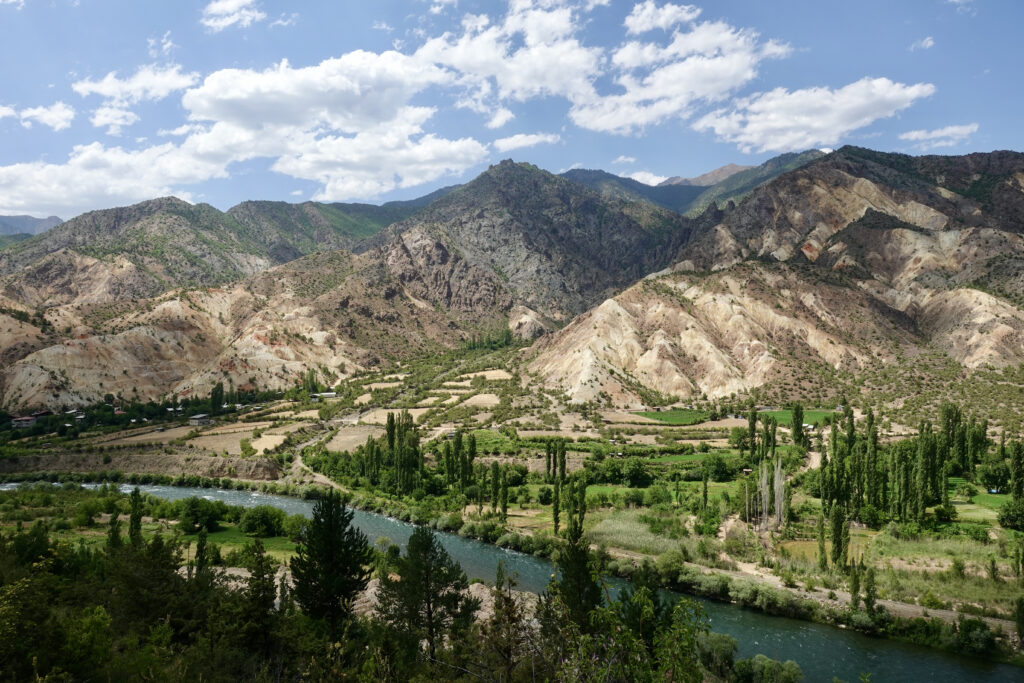
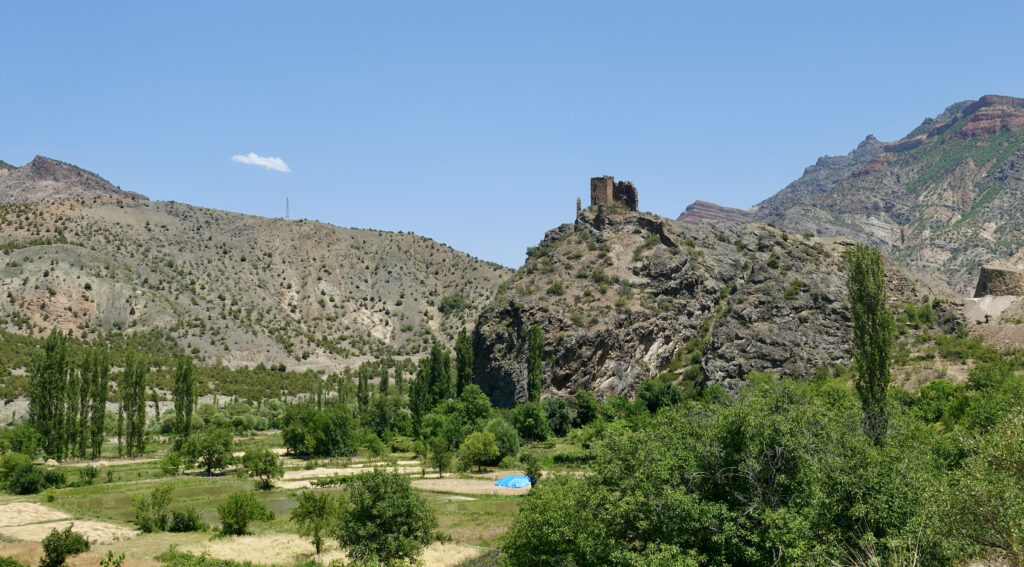
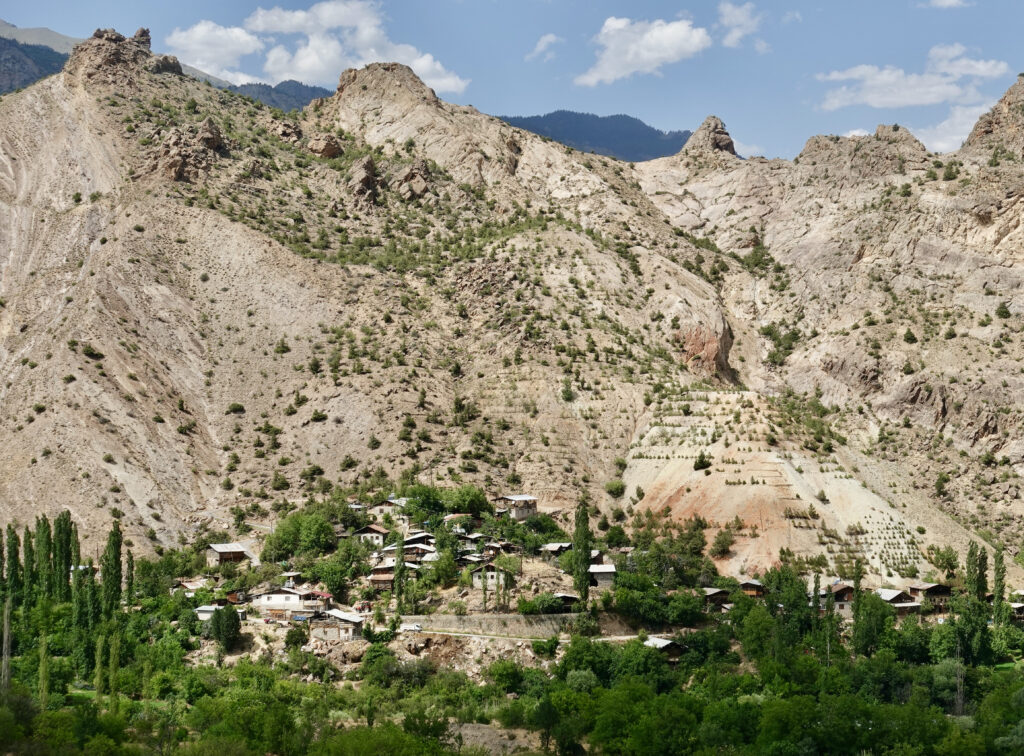
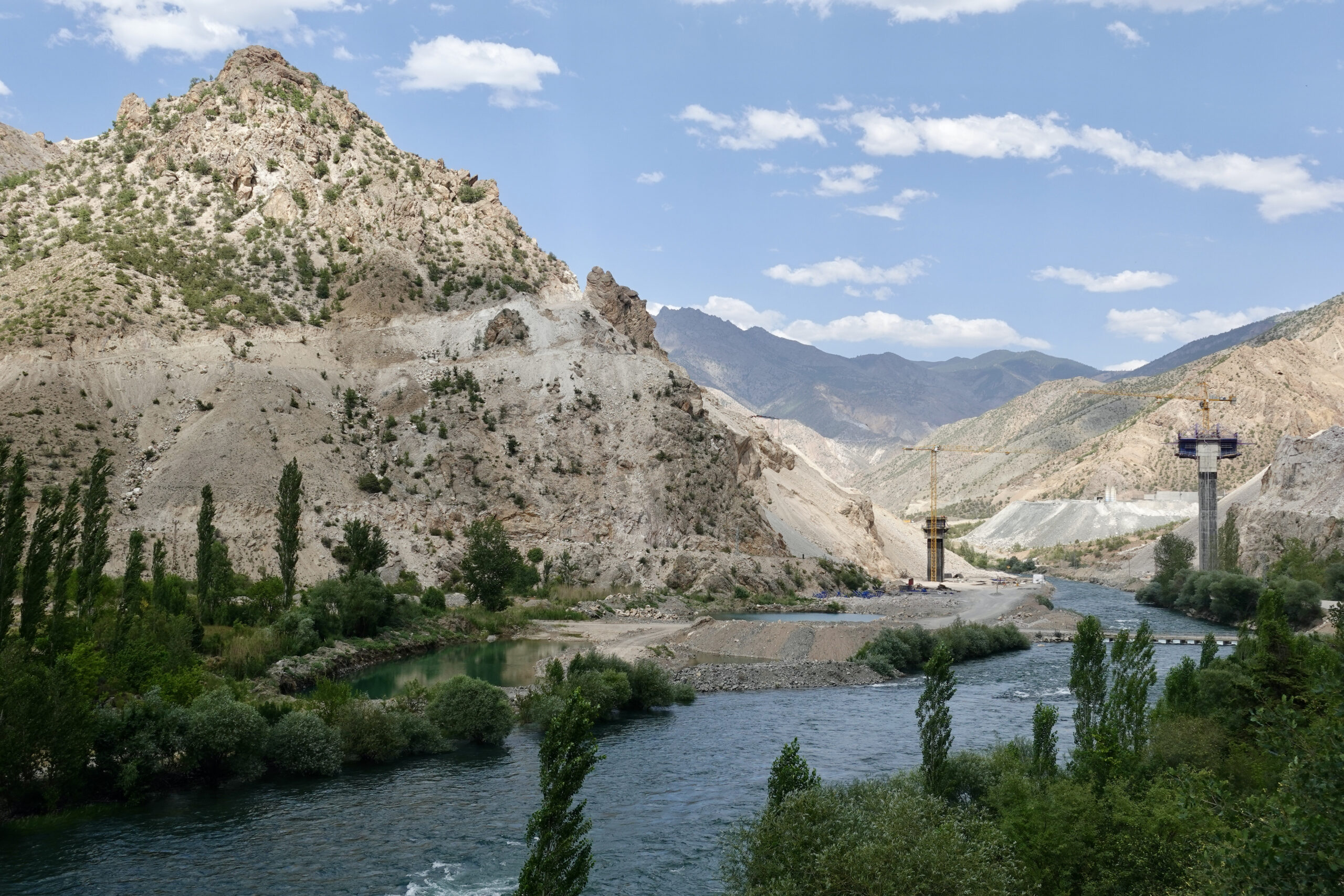
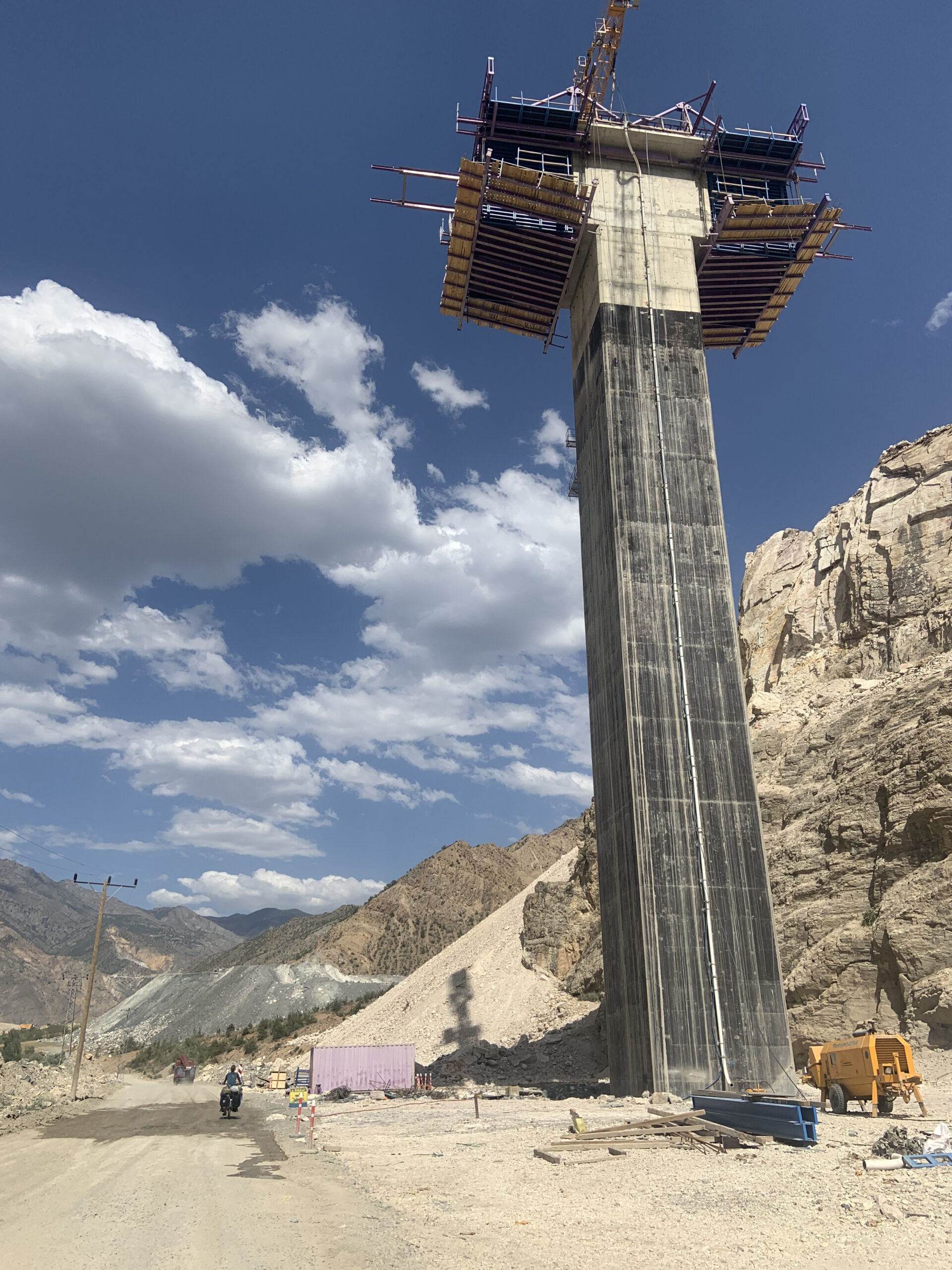
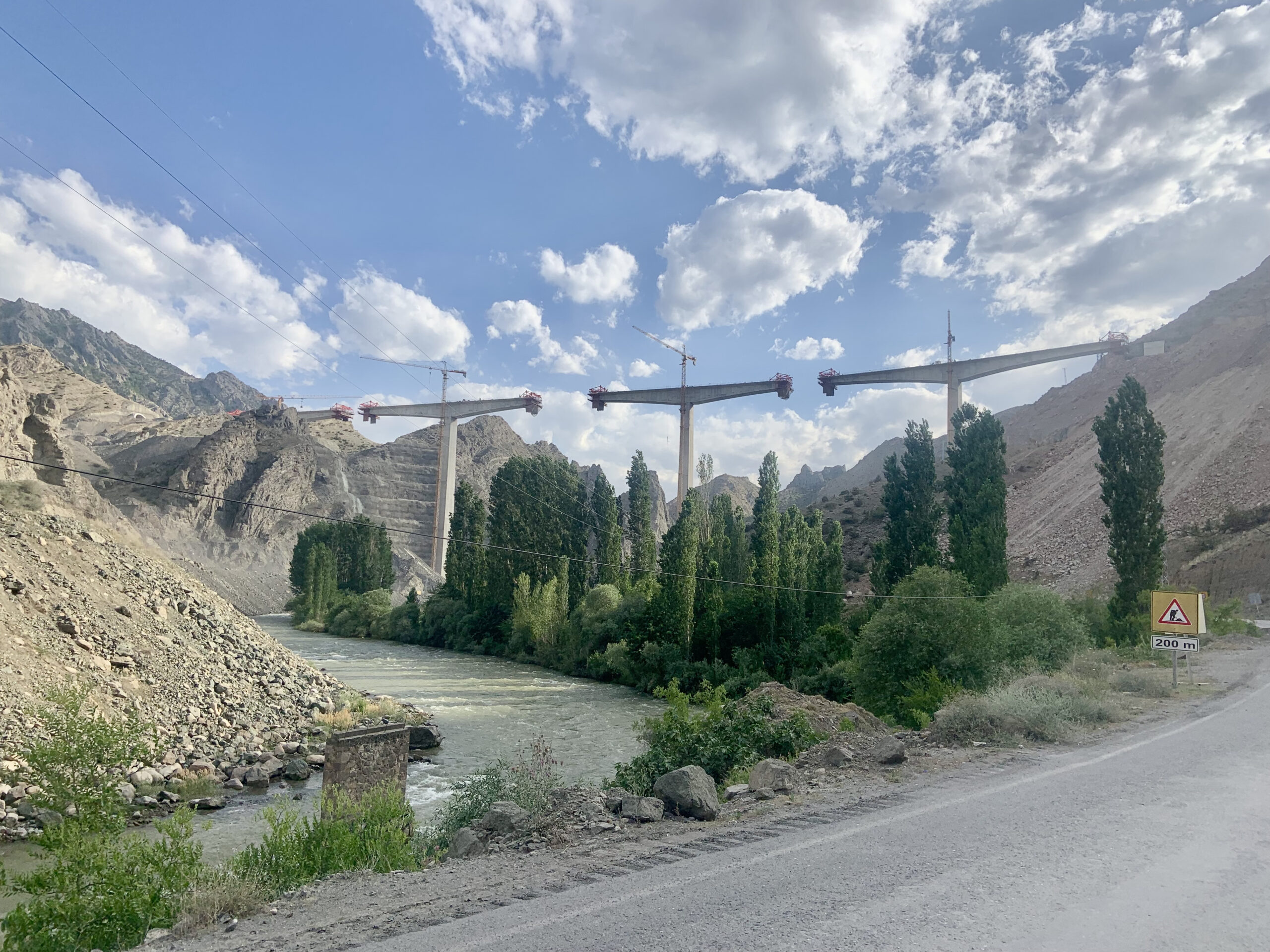
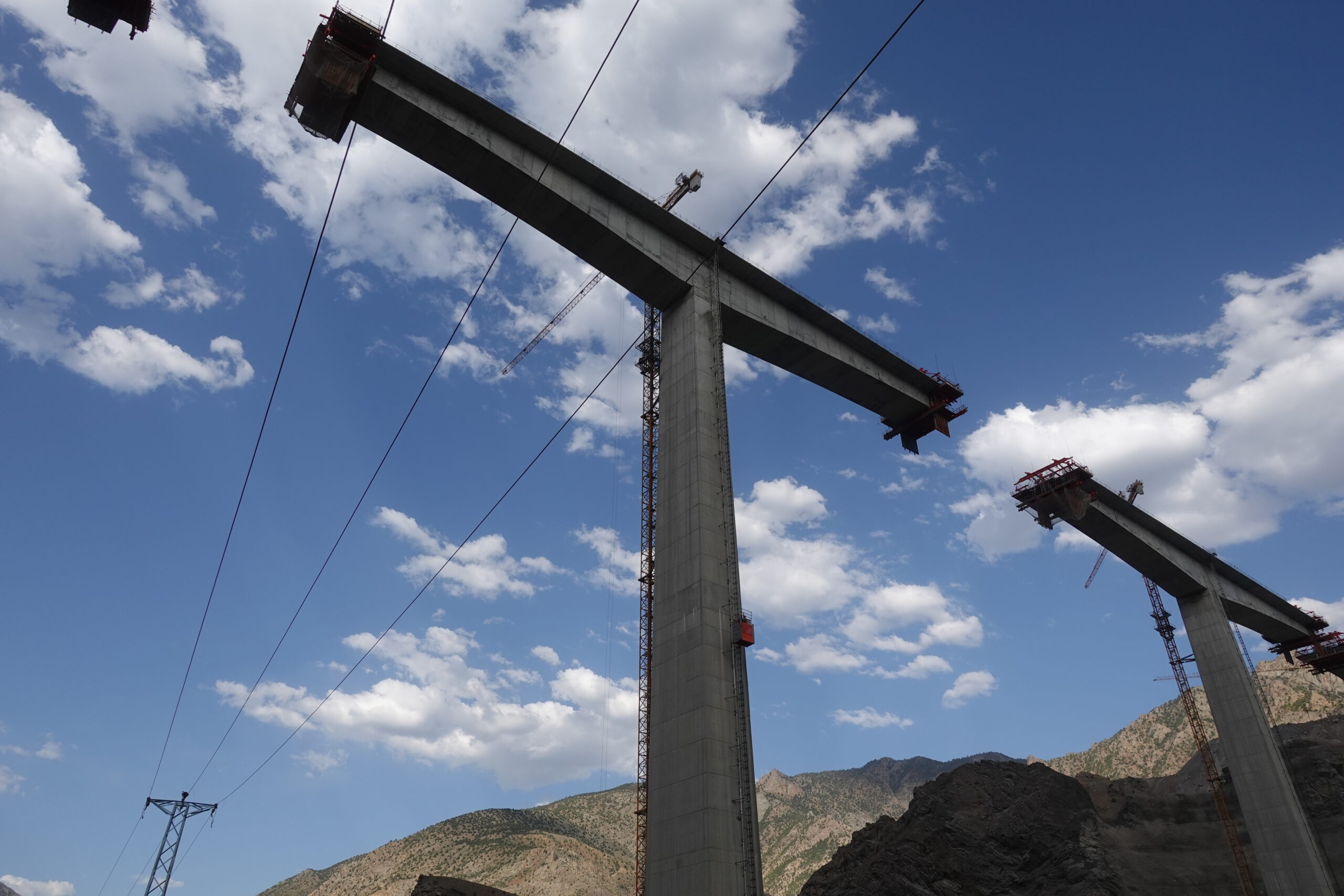
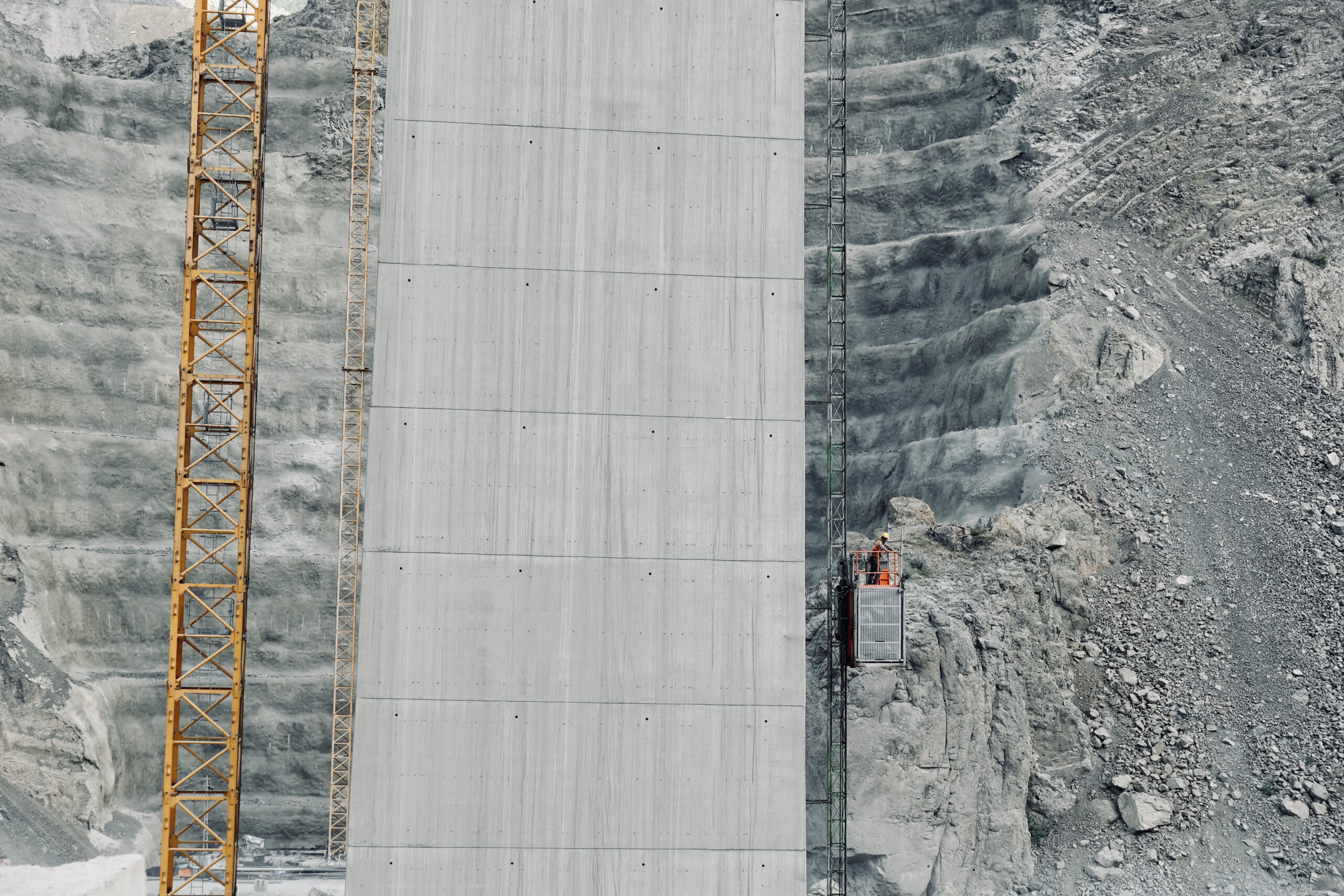
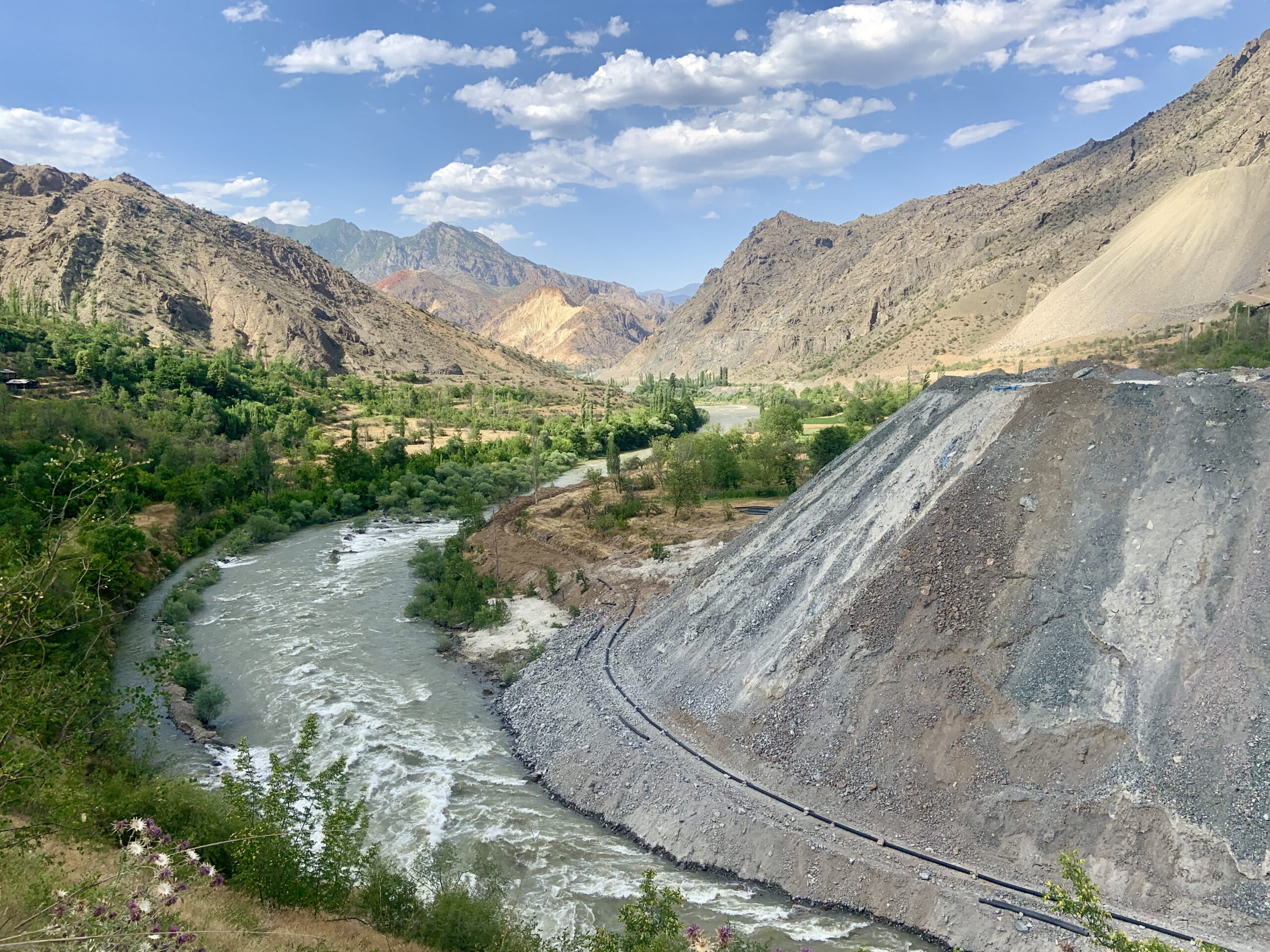
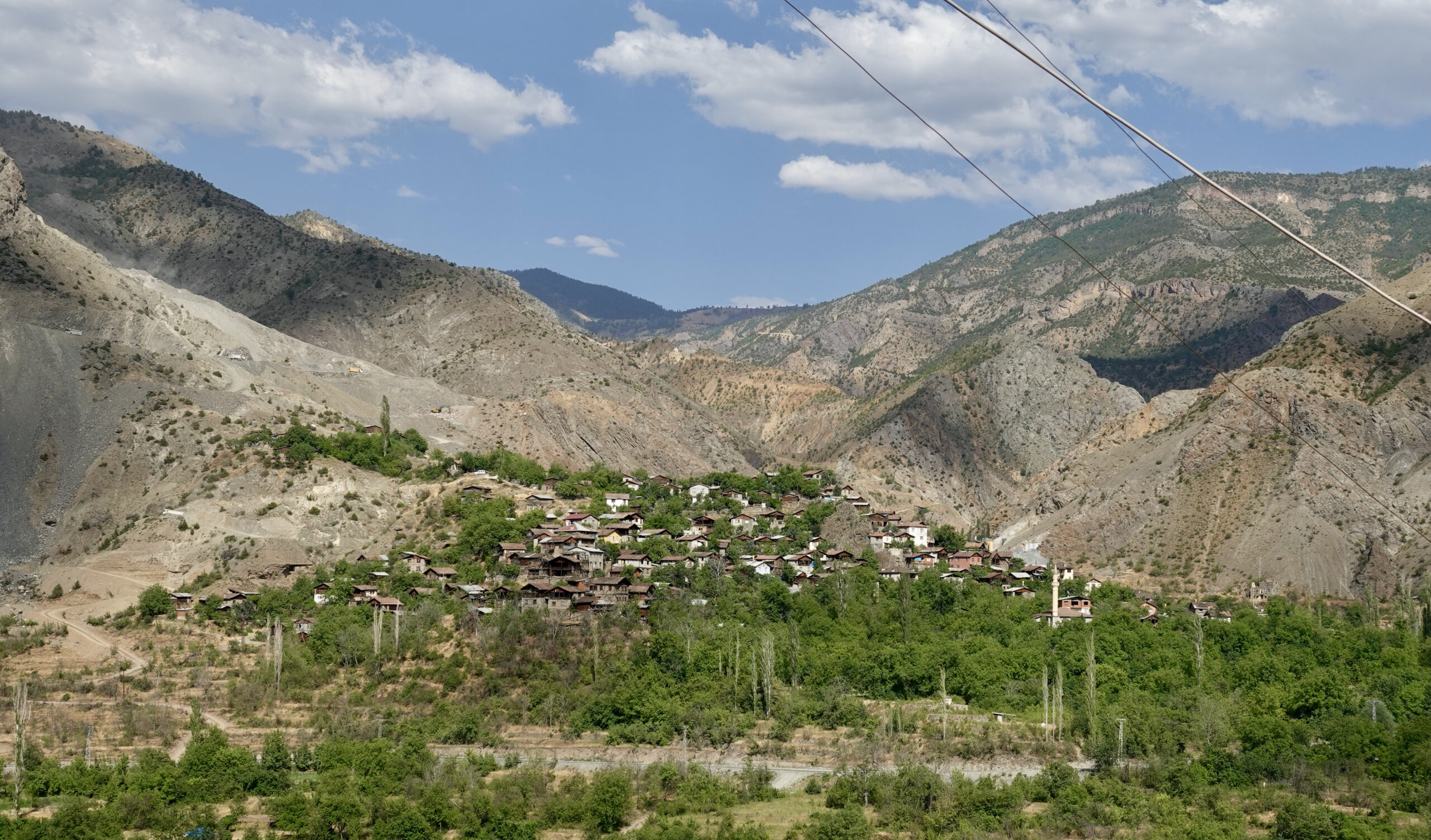
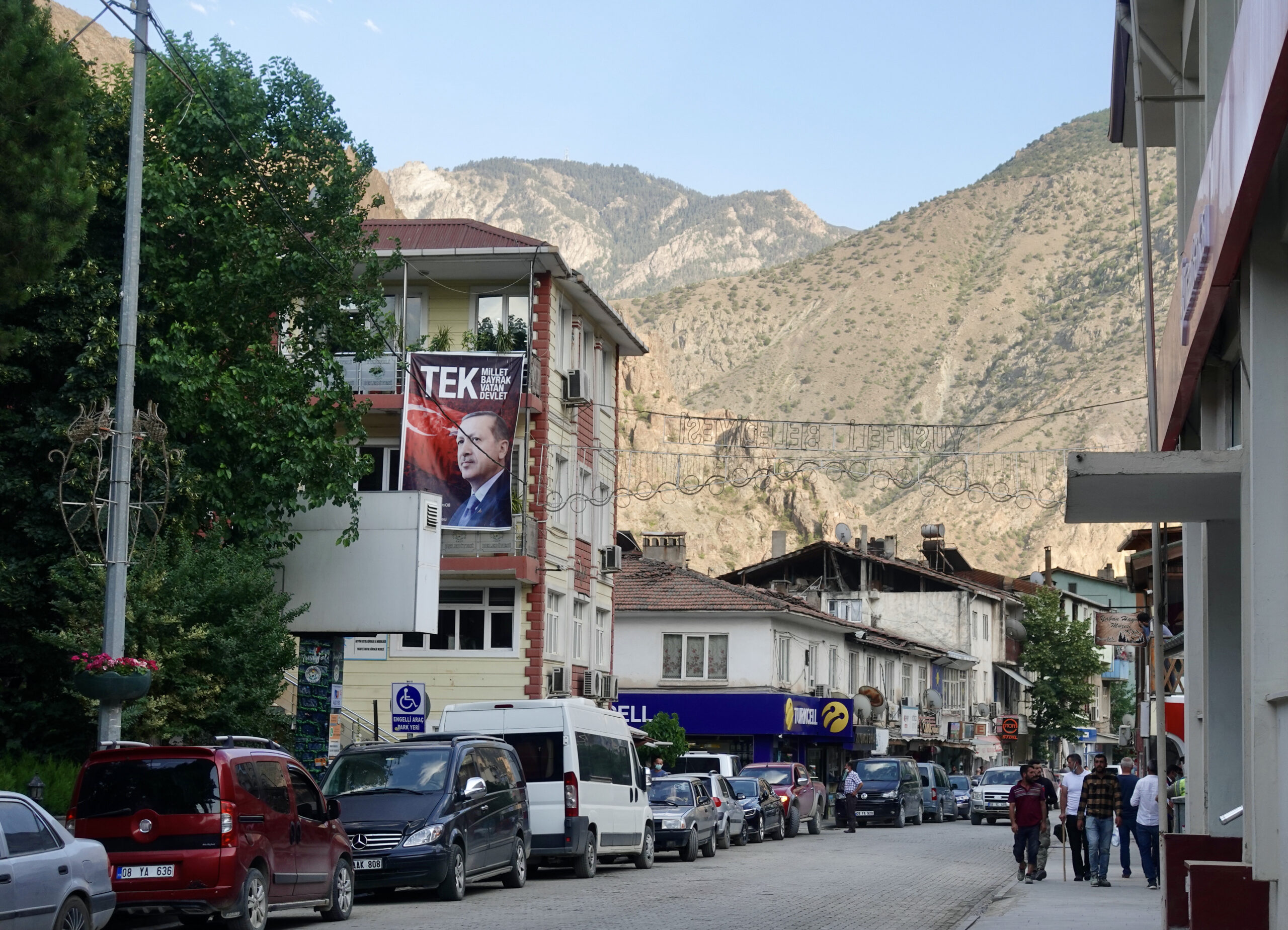
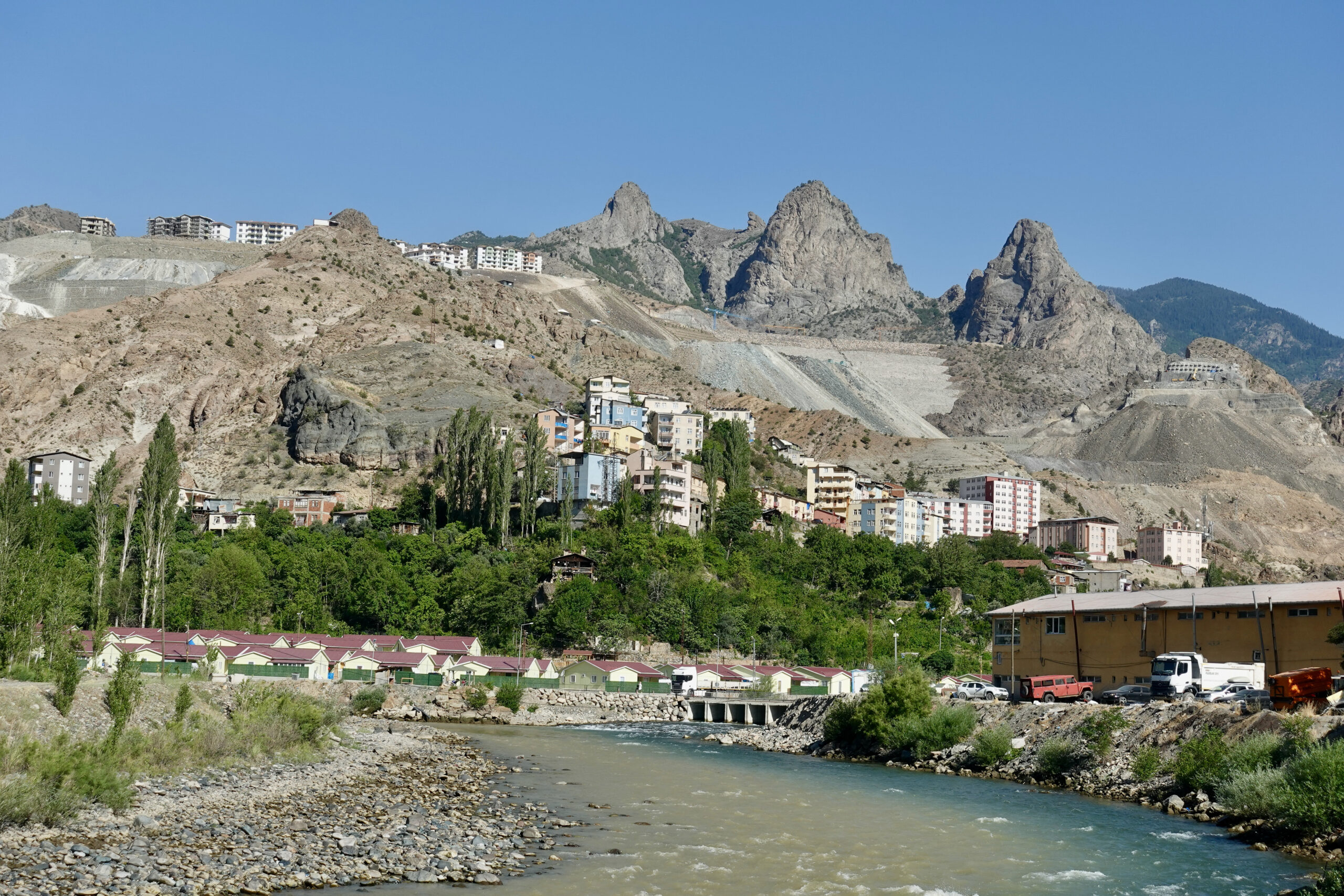
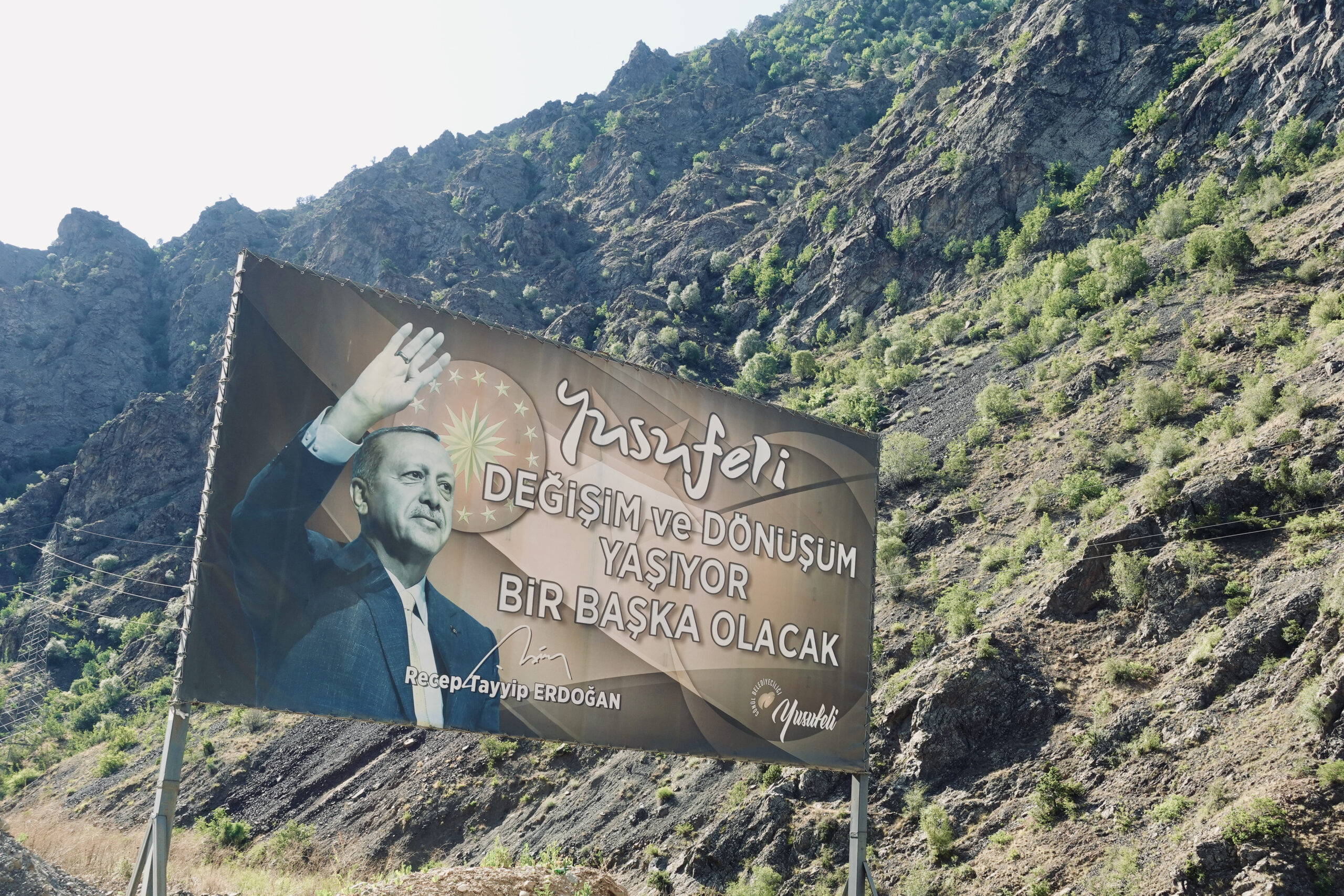
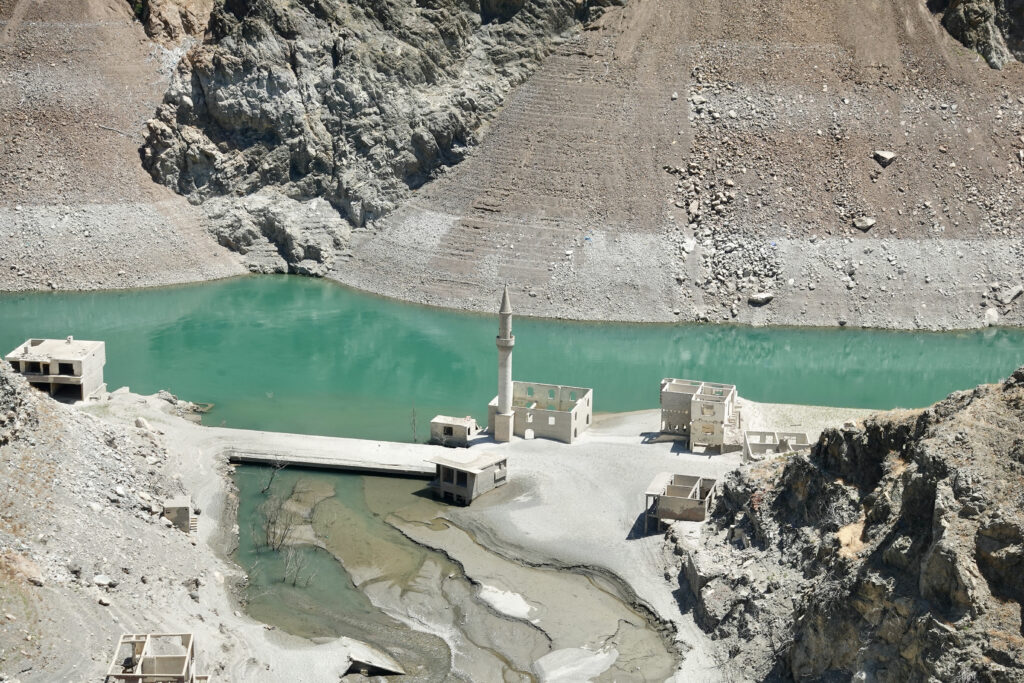
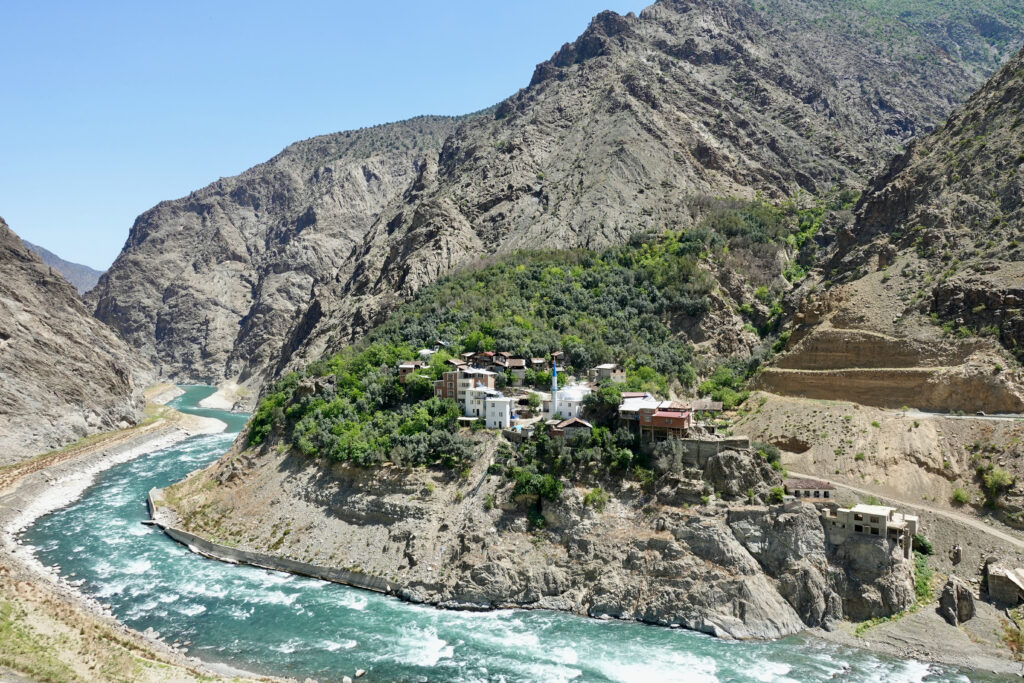
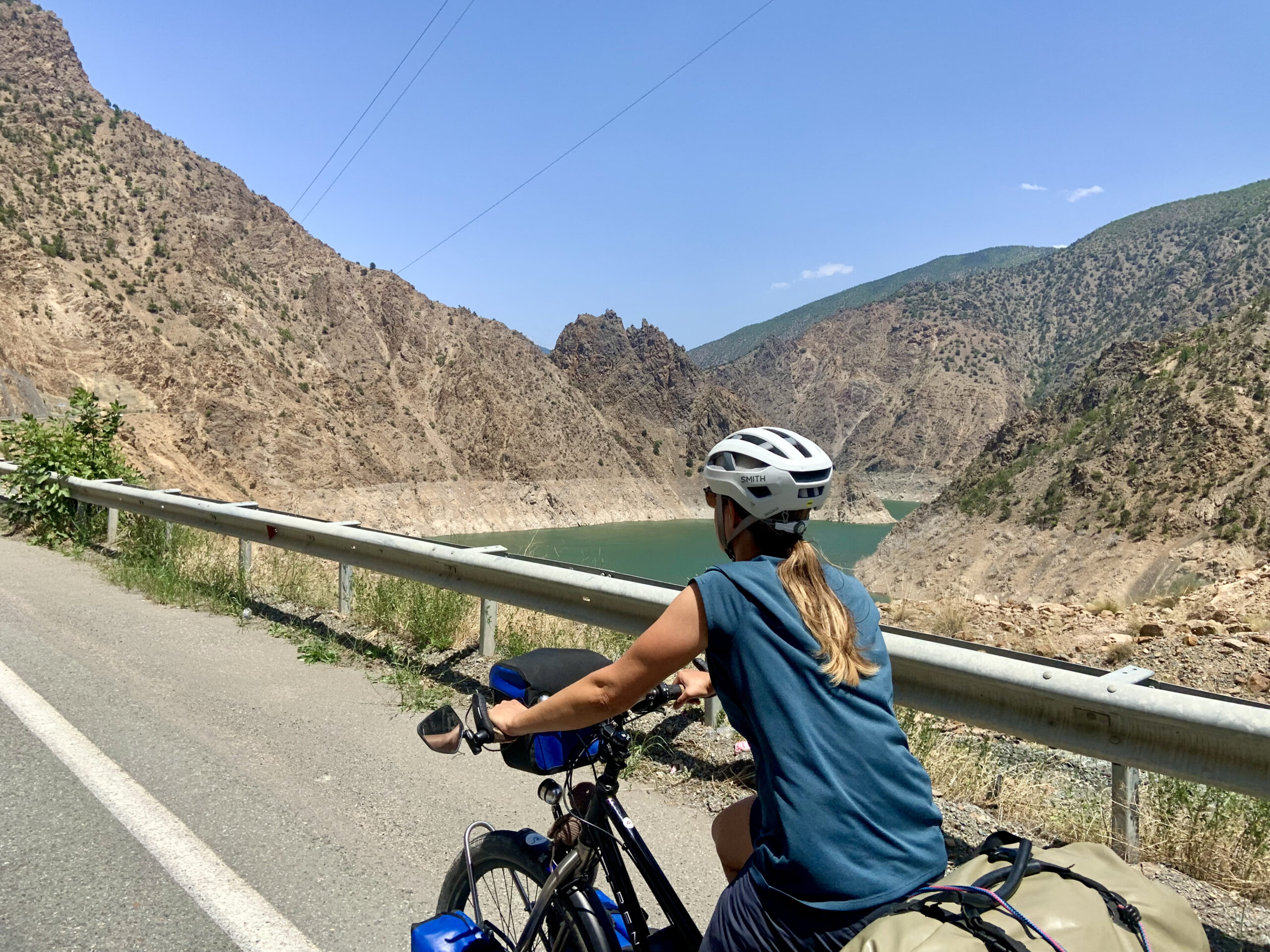
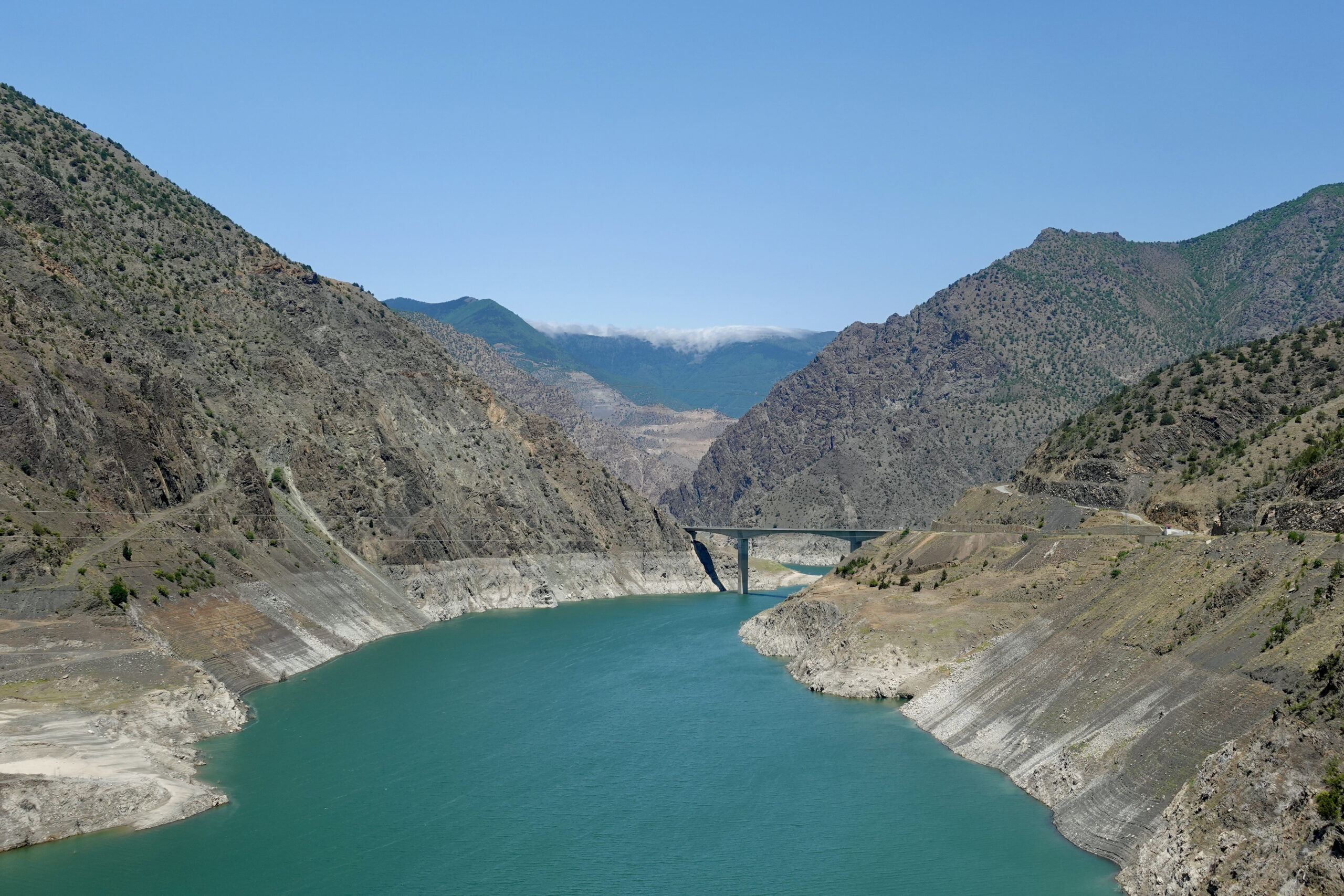
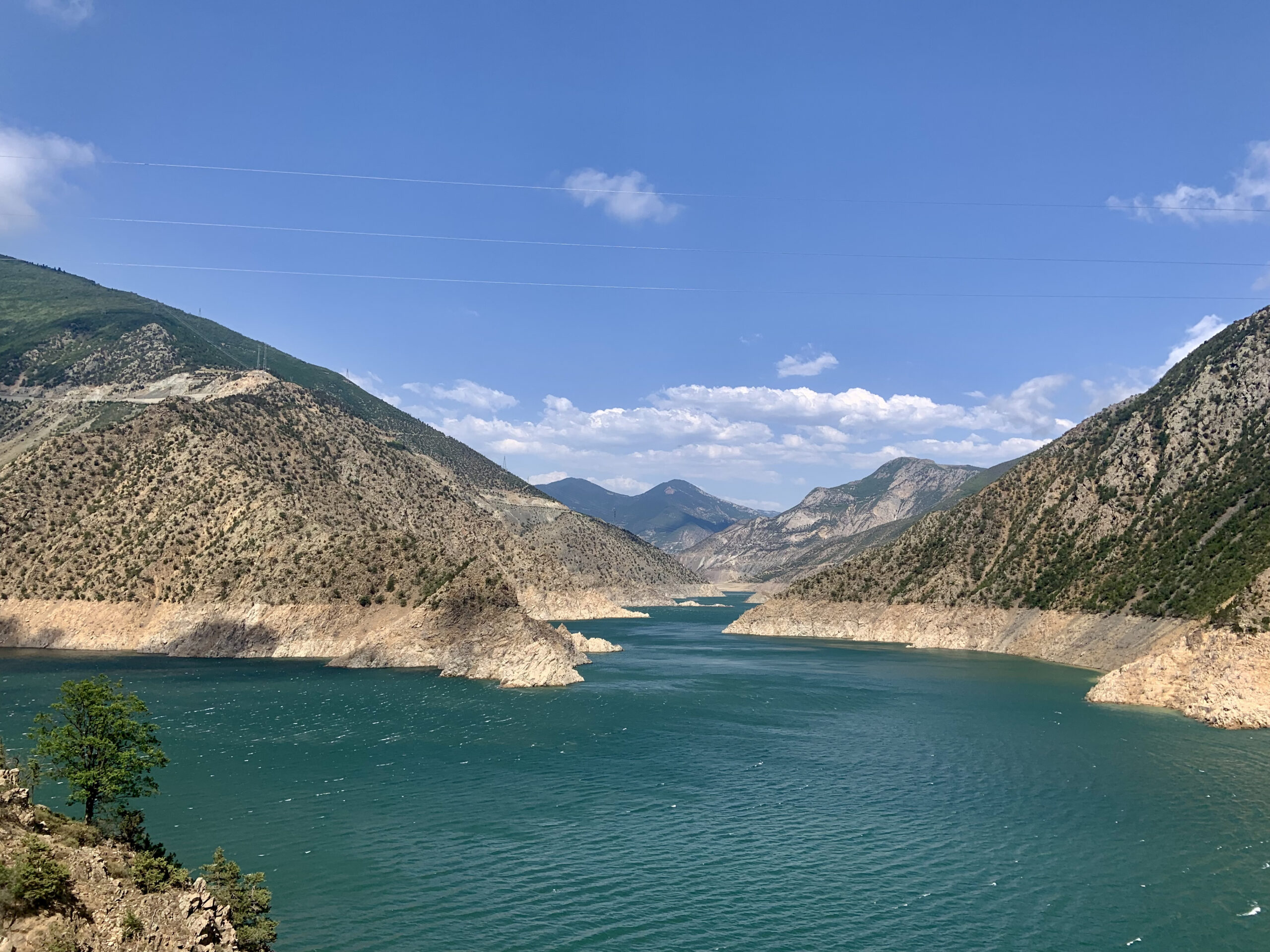
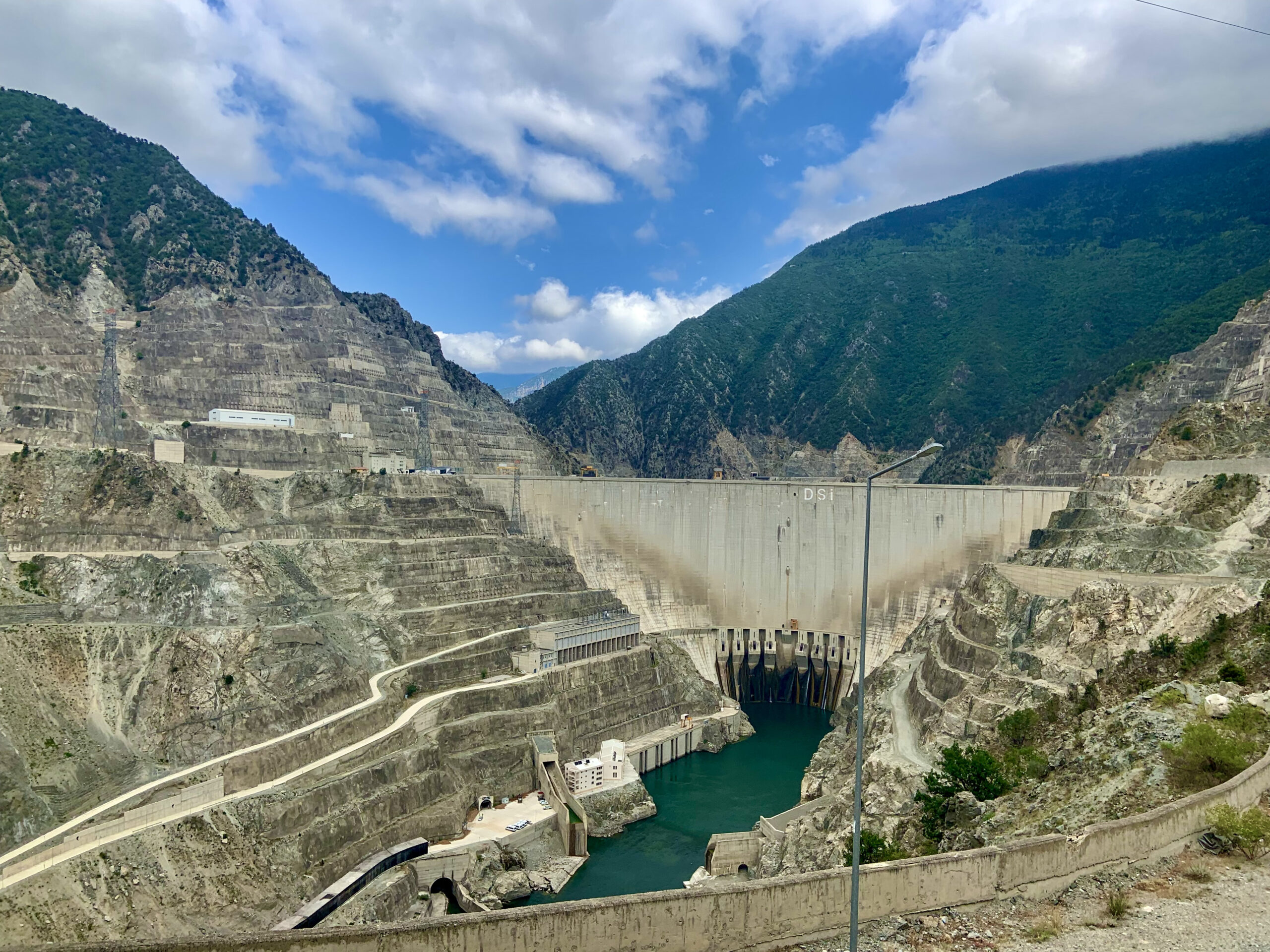
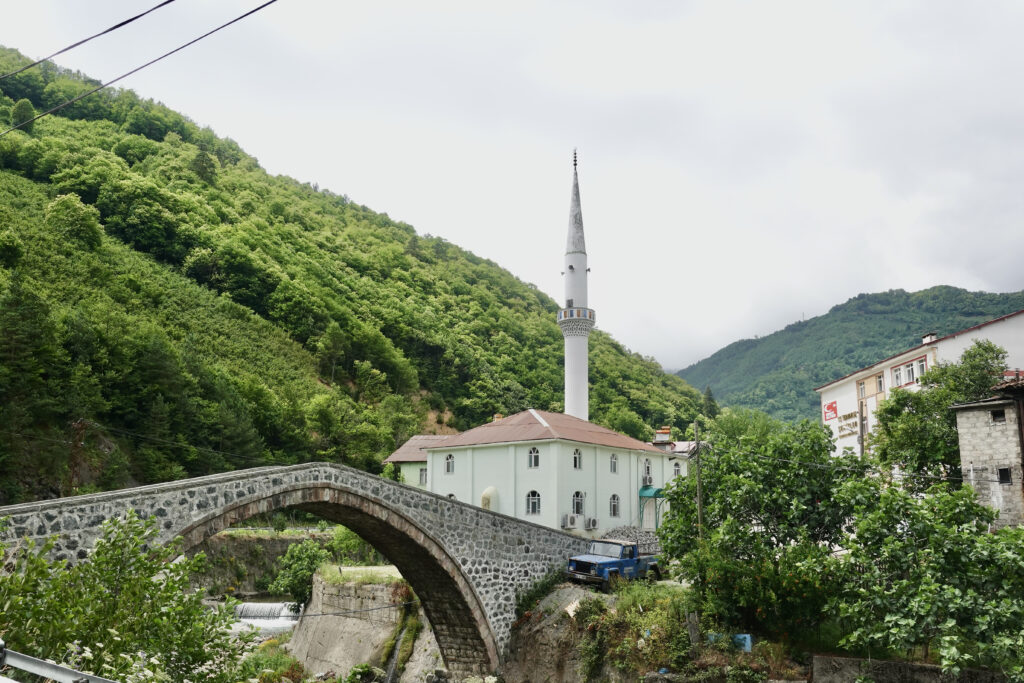
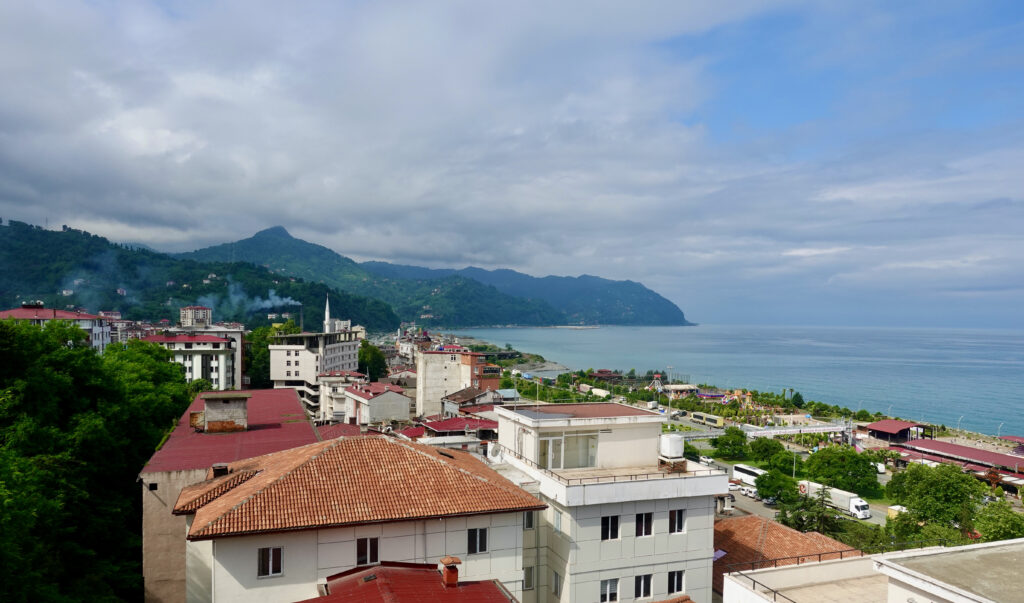
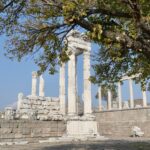
Leave a Reply